Fiat->ke30 has unveiled its latest refresh for the 500,->ke1708 giving the diminutive hatch->ke304 a tweaked exterior style, a much improved interior appointment, and an updated drivetrain, all with that characteristic 500 flair. For the 2016 model year, the 500 isn’t a dramatic departure over the outgoing model, but it does well to keep the iconic model feeling new.
Keeping the 500 from going stale is critical for Fiat, as the automaker has been inconsistent when it comes to moving units as of late. After all, the 500 is one of the brand’s most visible products, with a history of offering the masses style, self-expression and mobility, all without breaking the bank.
Originally offered on July 4th, 1957, the “new” Fiat 500 was reintroduced in 2007, and now, eight years later, Fiat hopes to continue to capitalize on its heritage with a modern take on the old 500 vision. So far, the 500 has done well to capture buyer’s interest, with 1.5 million vehicles sold worldwide since 2007.
All told, the 2016 model offers a renewed look at an old favorite.
Updated 07/03/2015: Fiat dropped the official details on the revised Fiat 500 with just one day before its world debut.
Click past the jump to read more about the 2016 Fiat 500.
fiat-500
- Make: Array
- Model: fiat-500
2016 Fiat 500
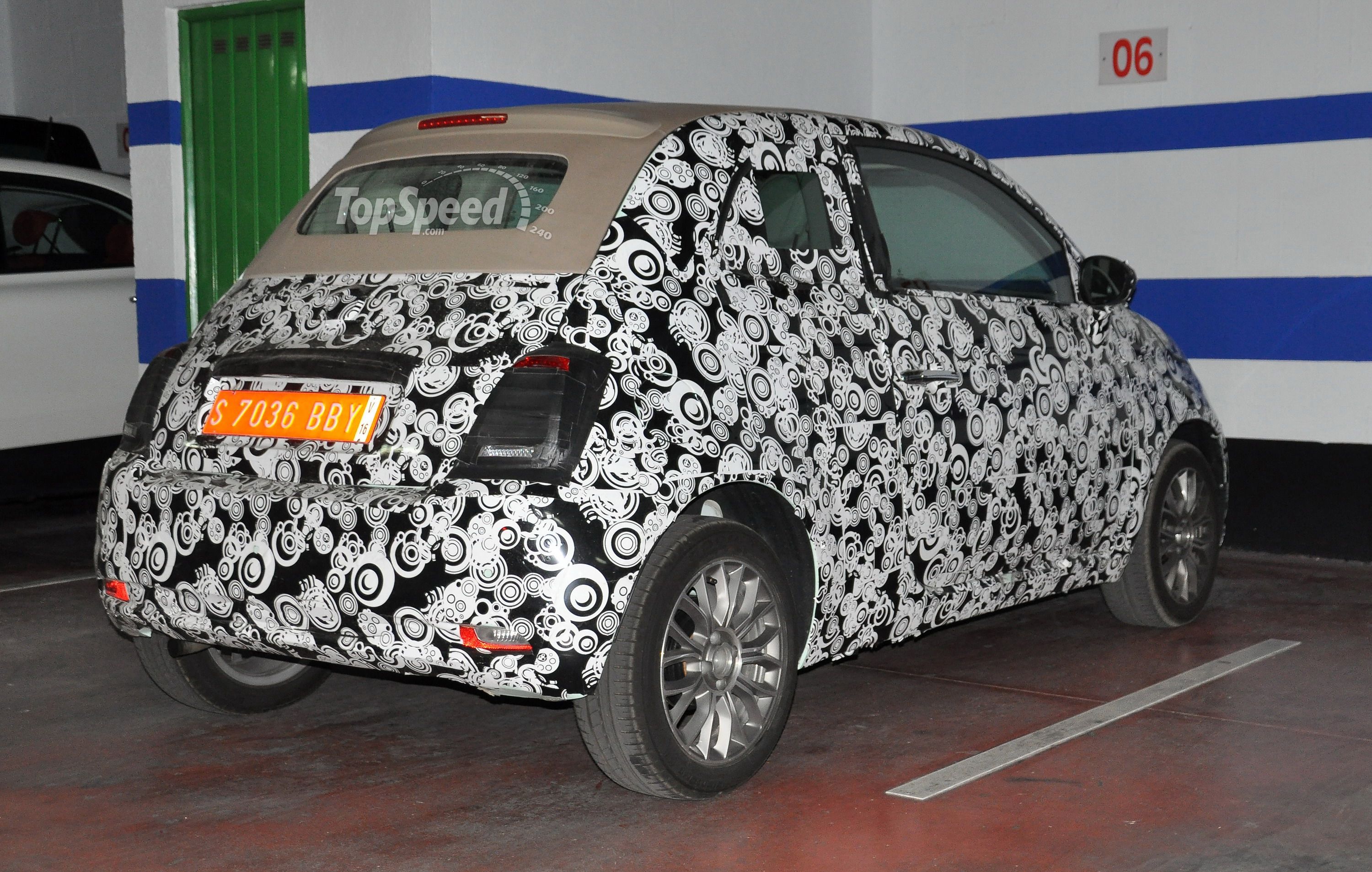

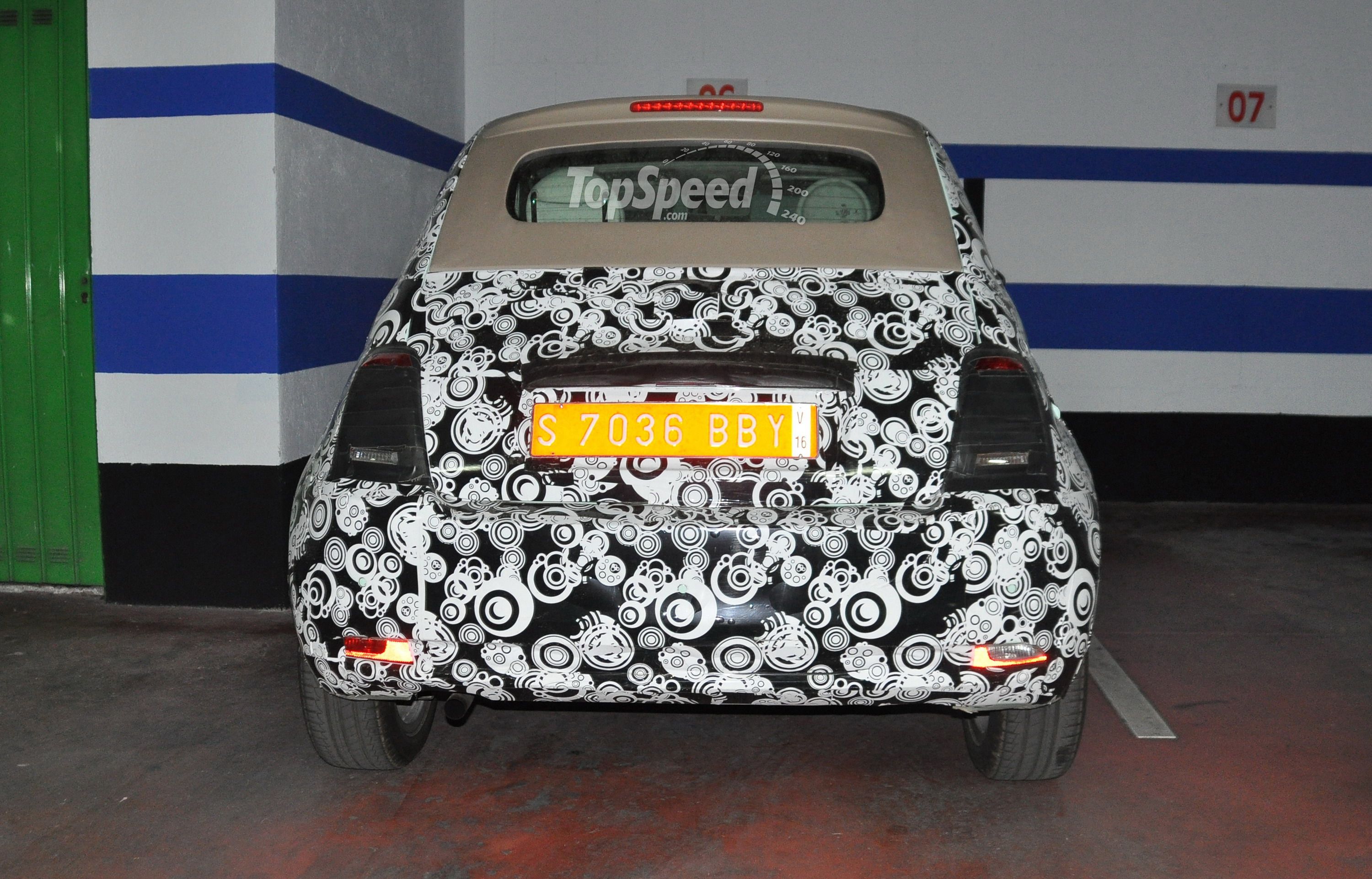
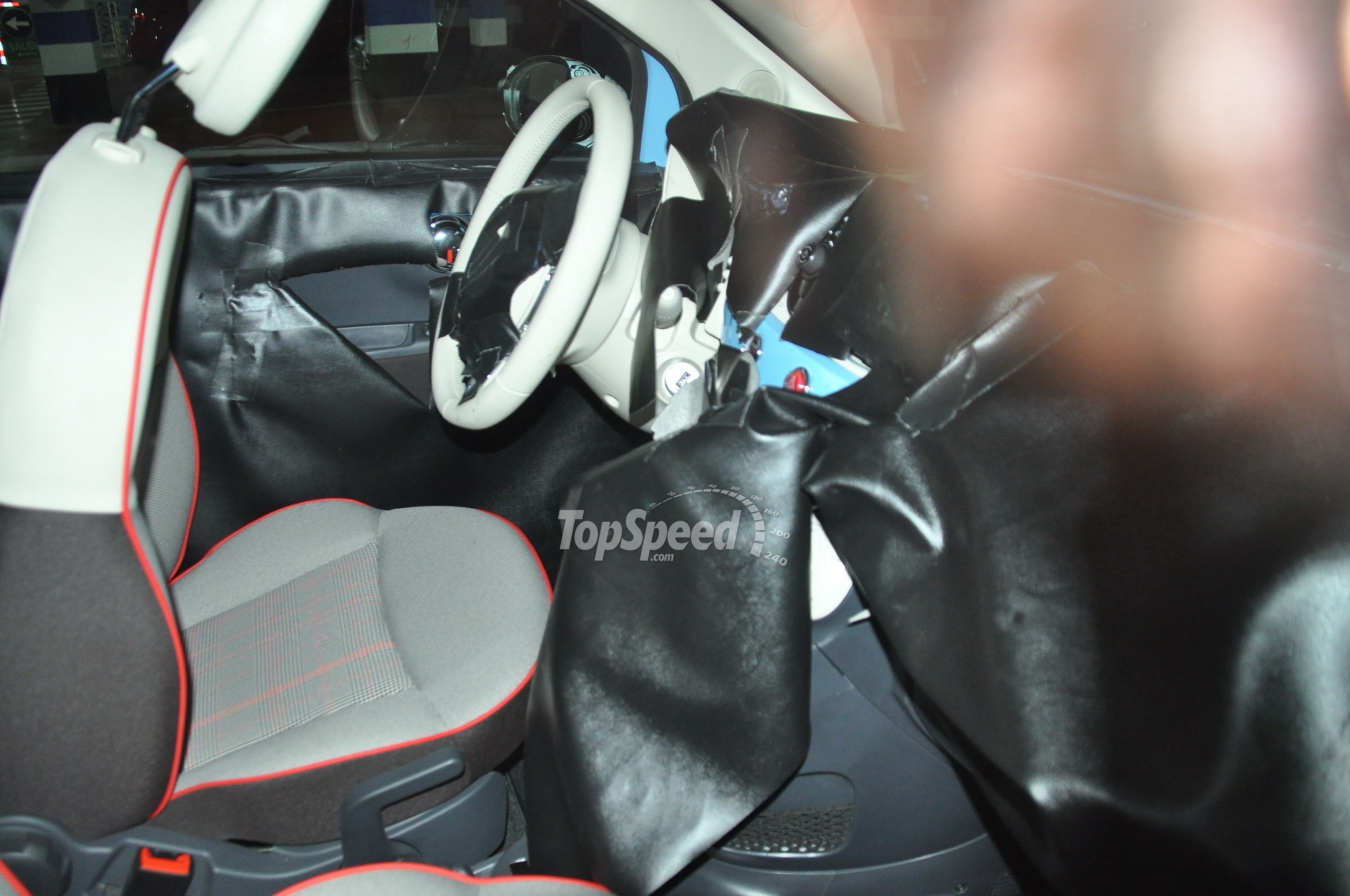
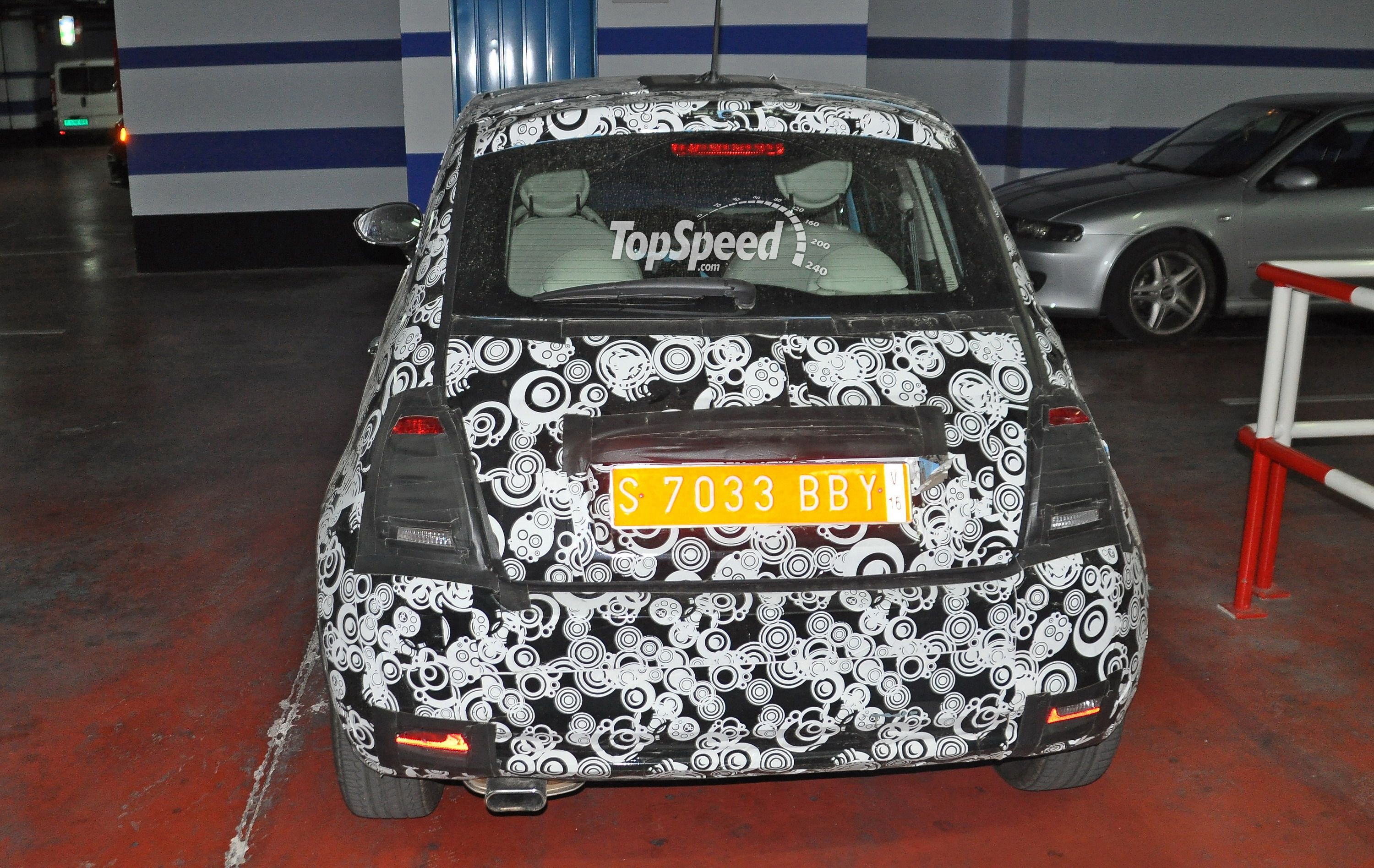
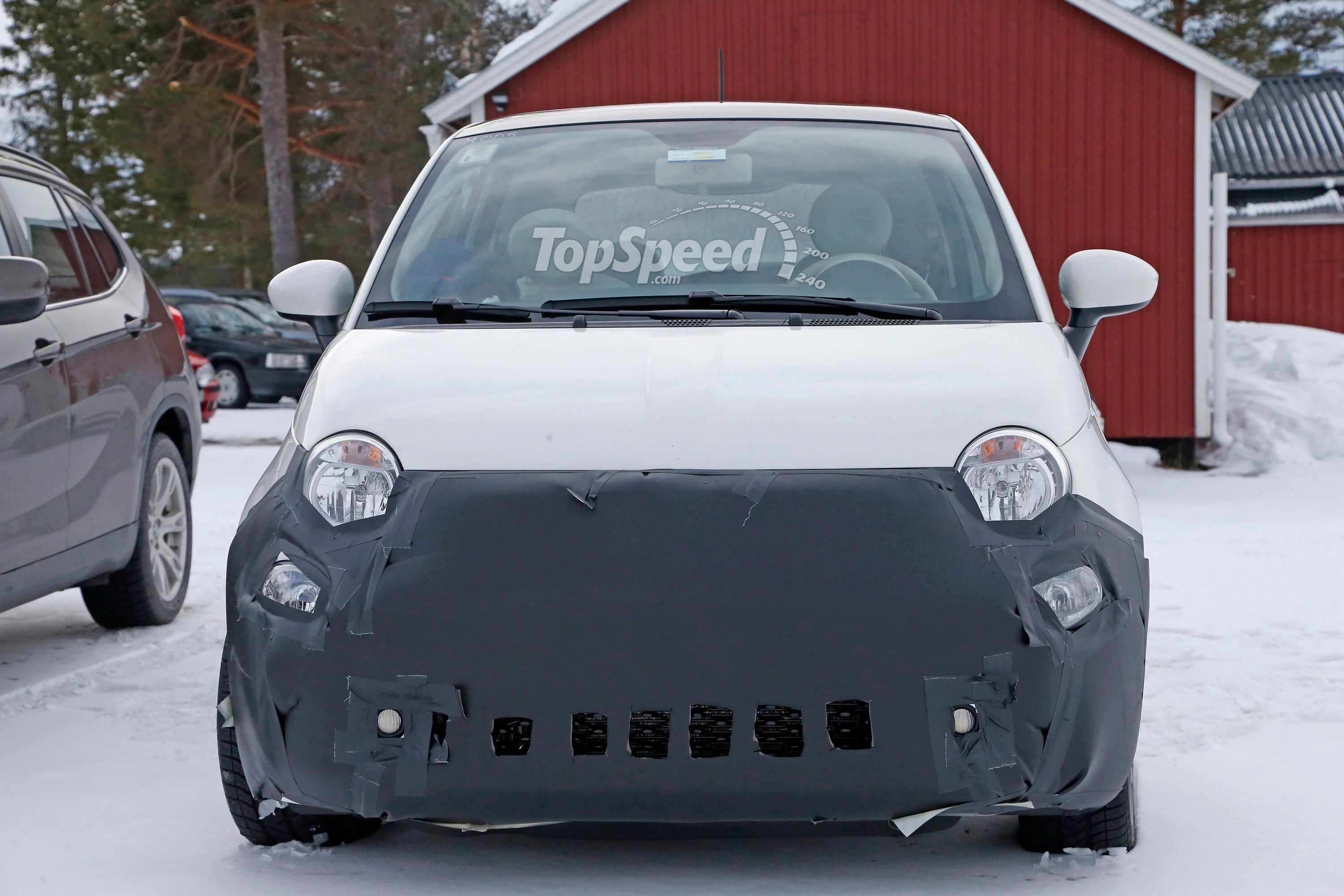
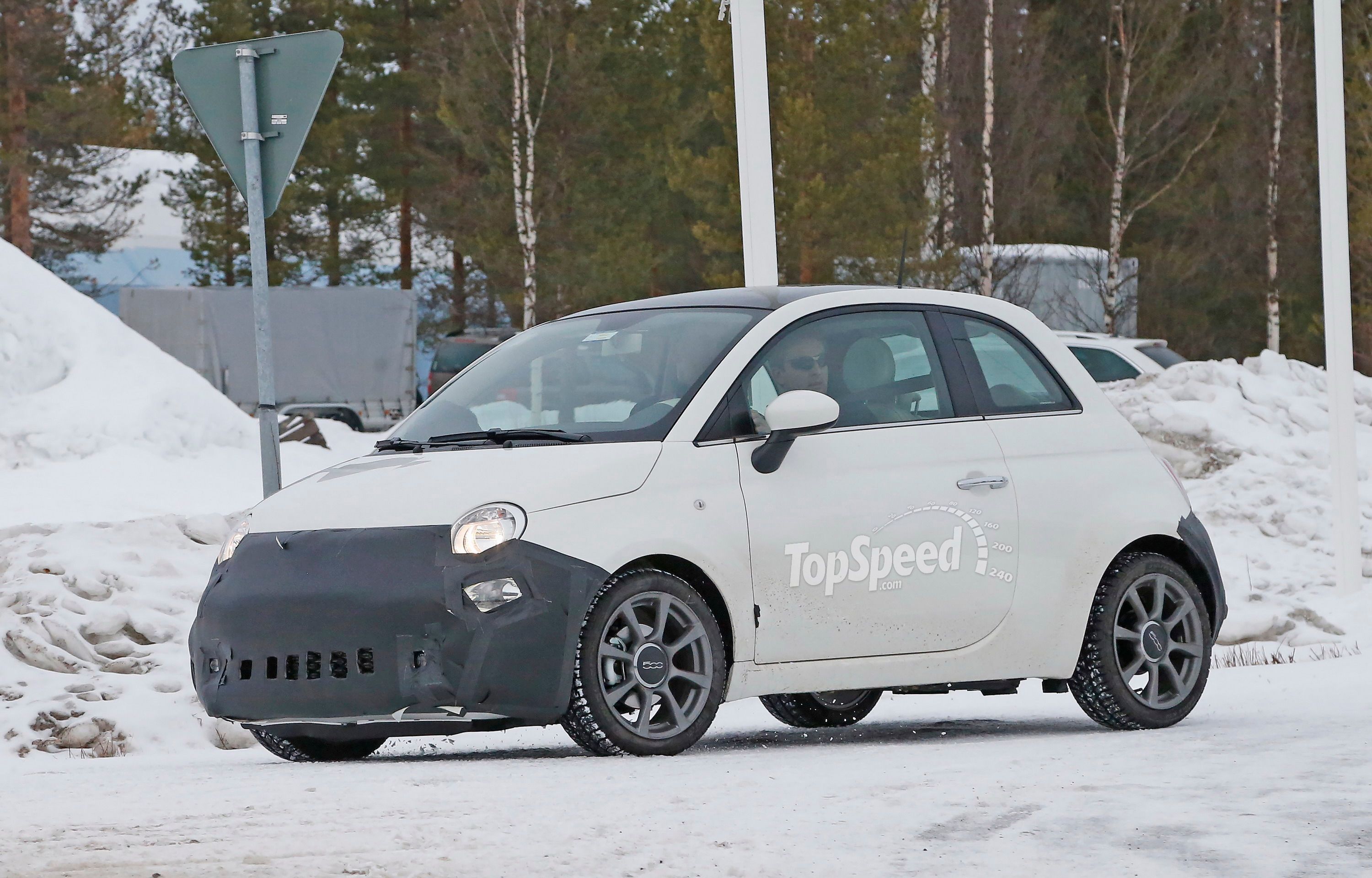
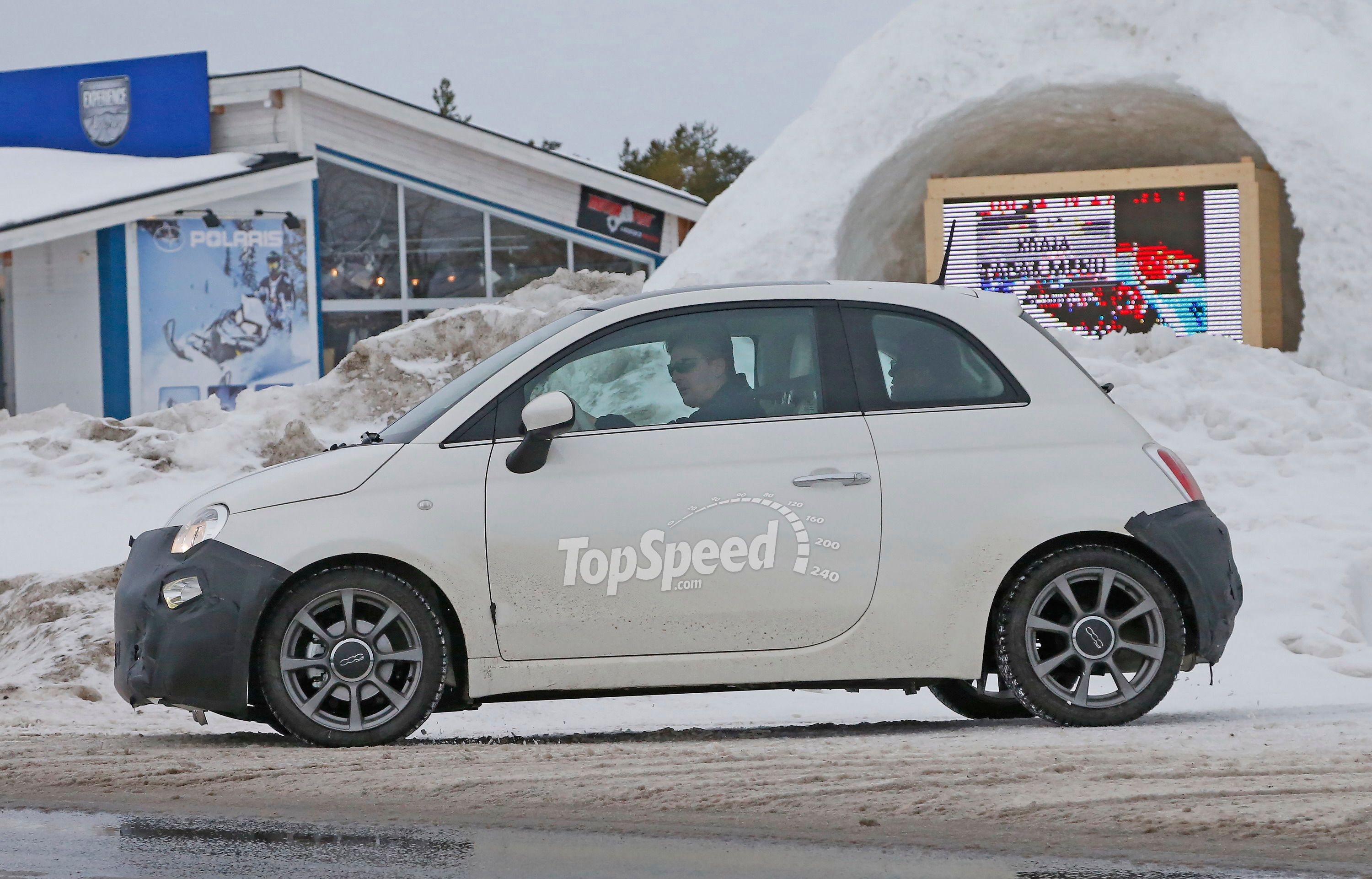
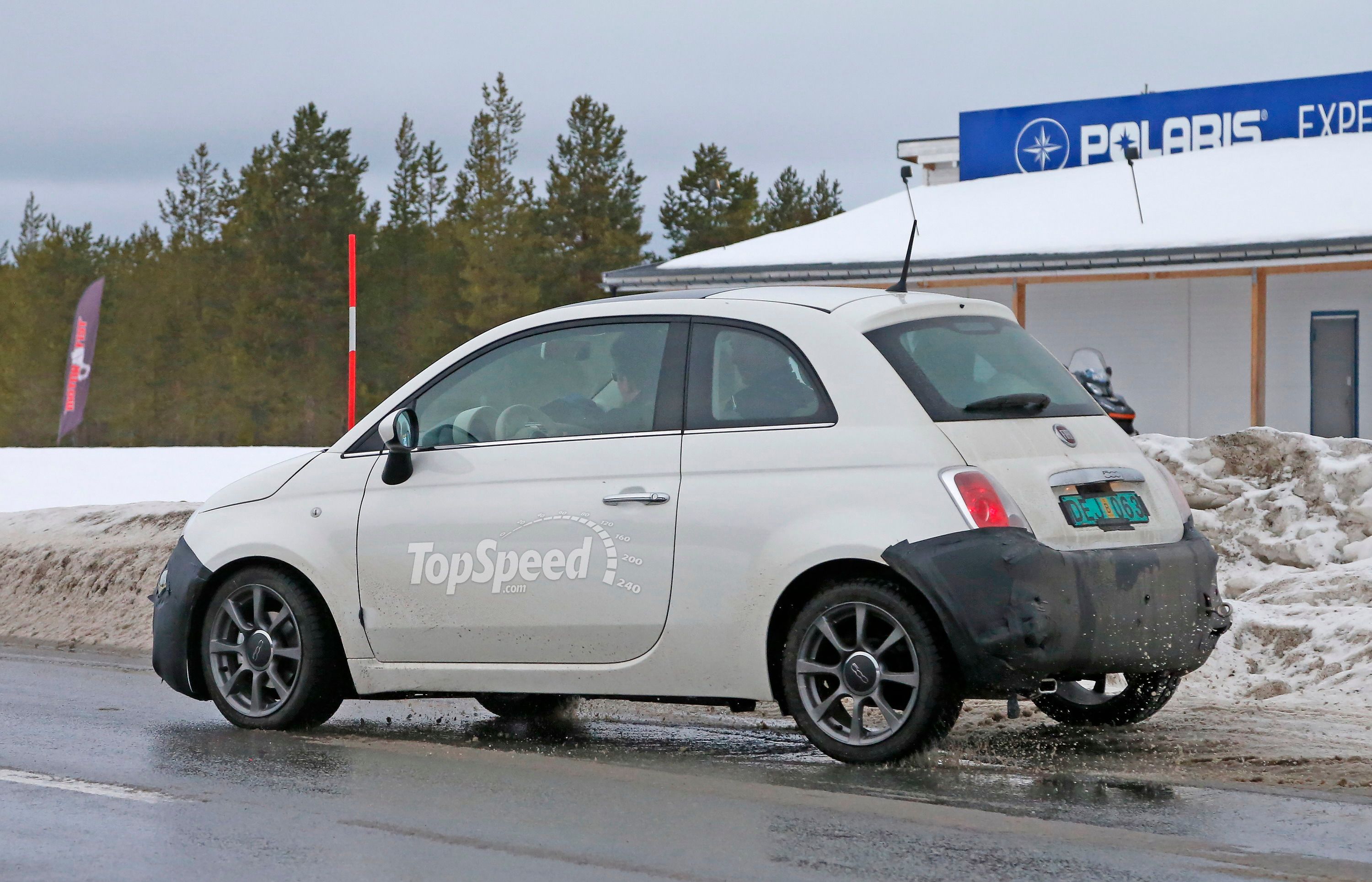
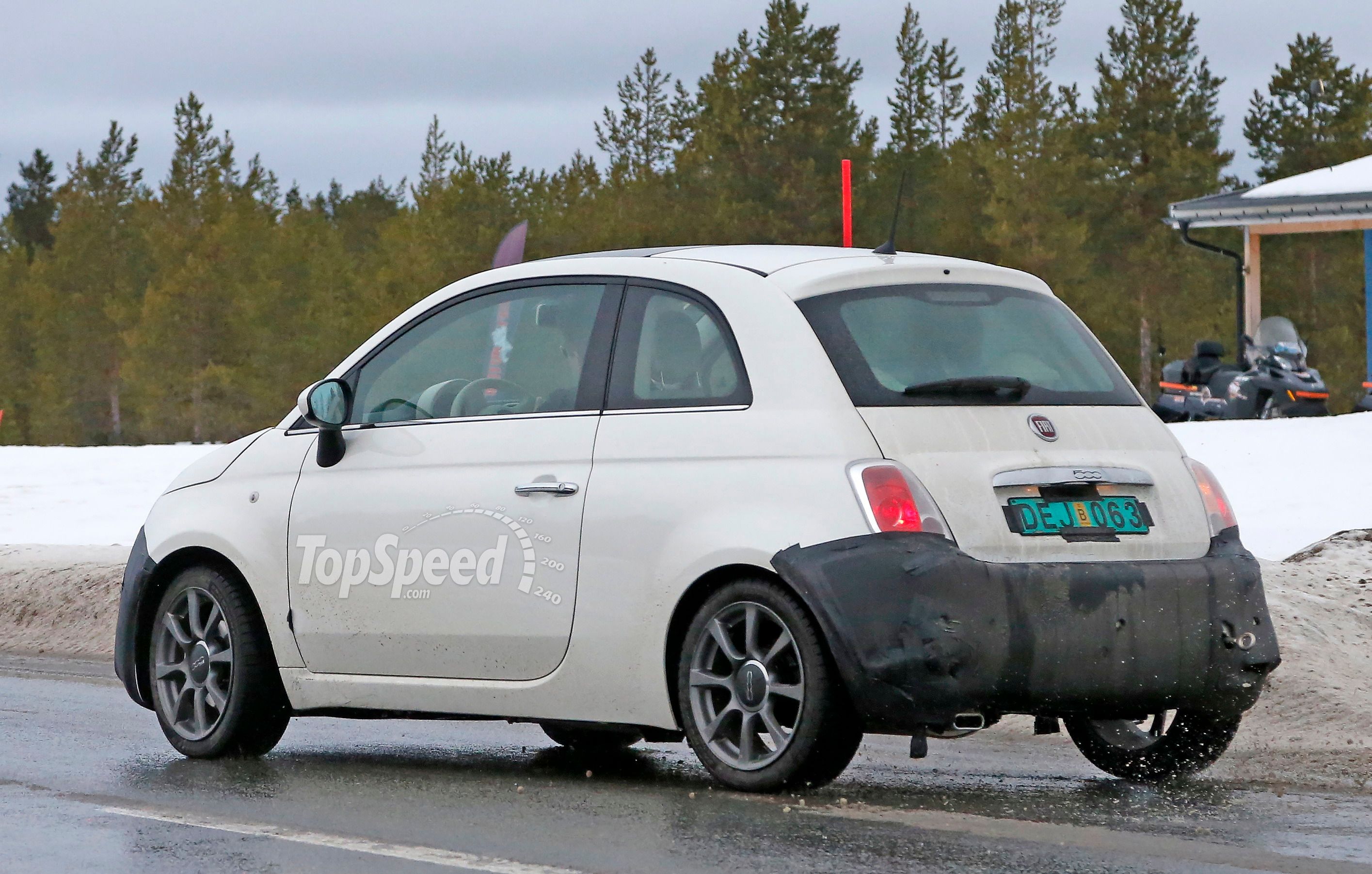
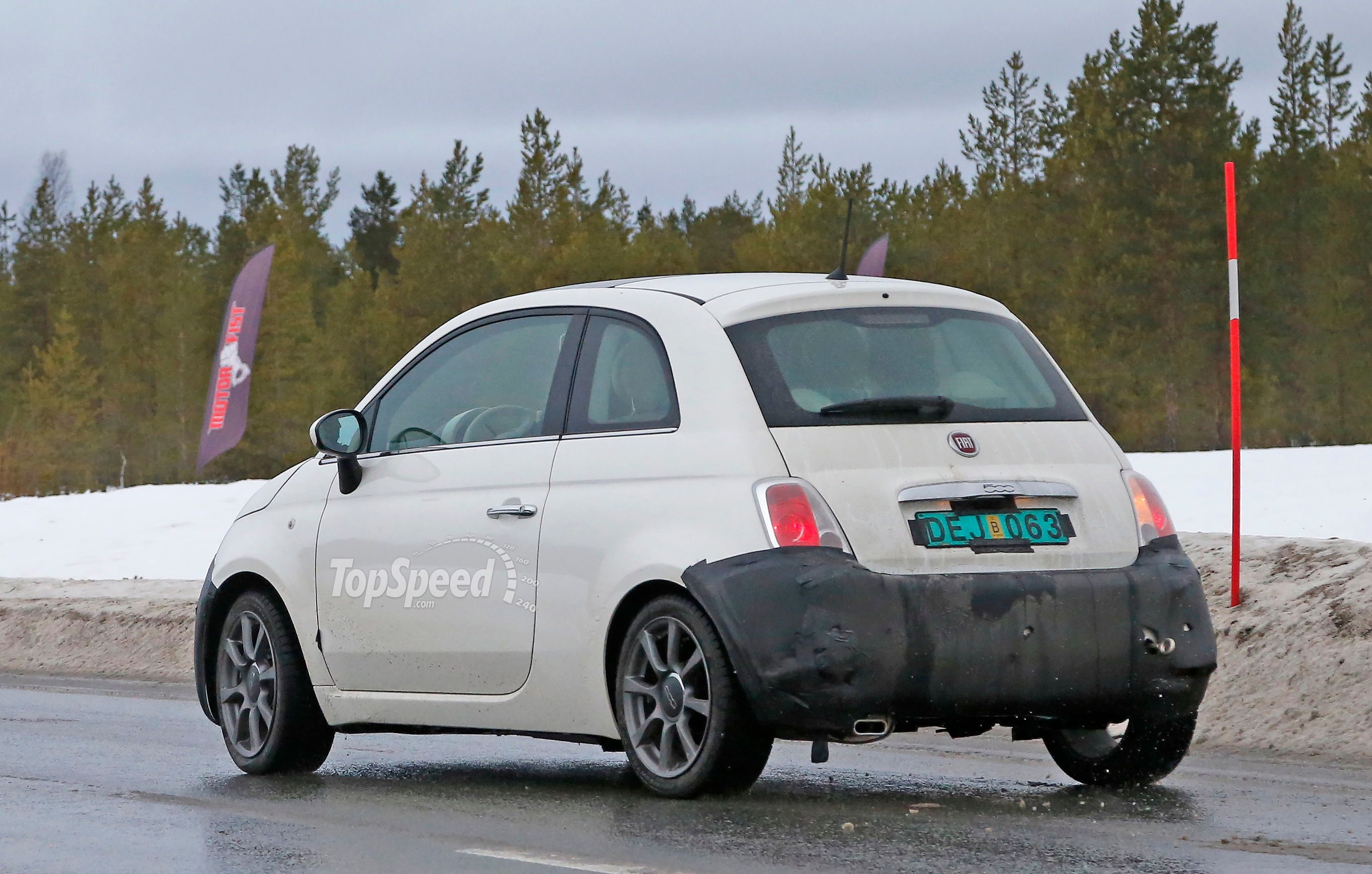
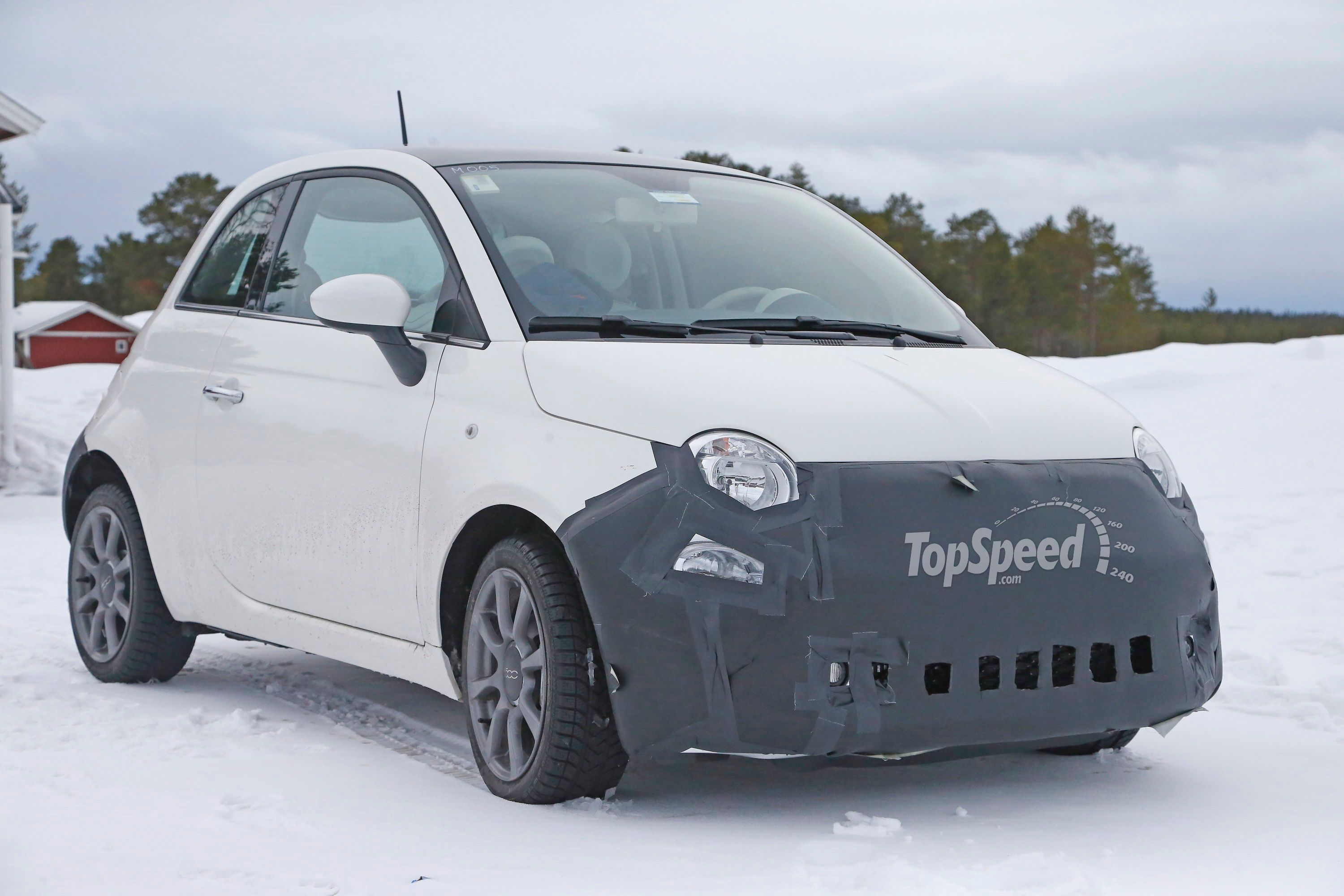
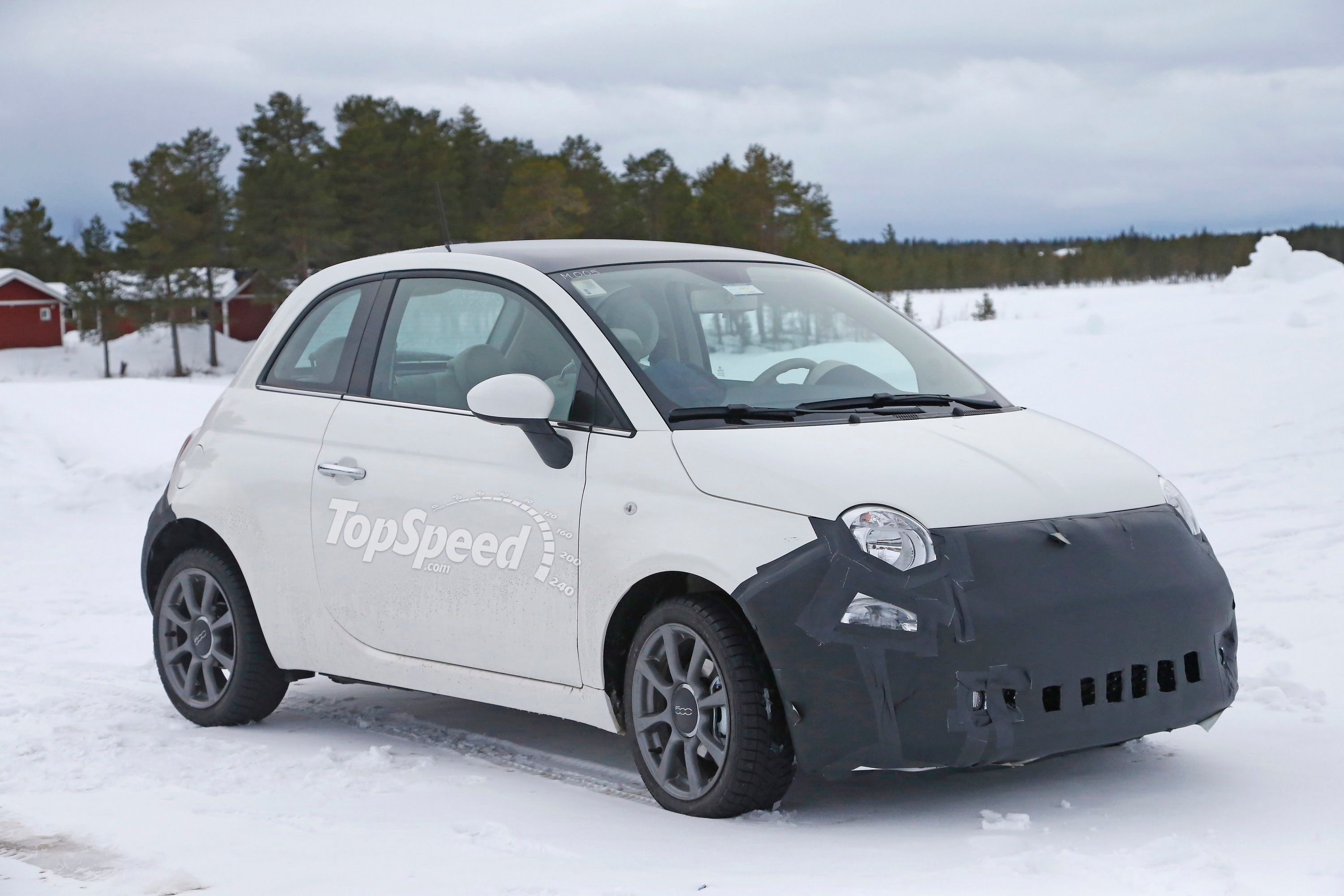
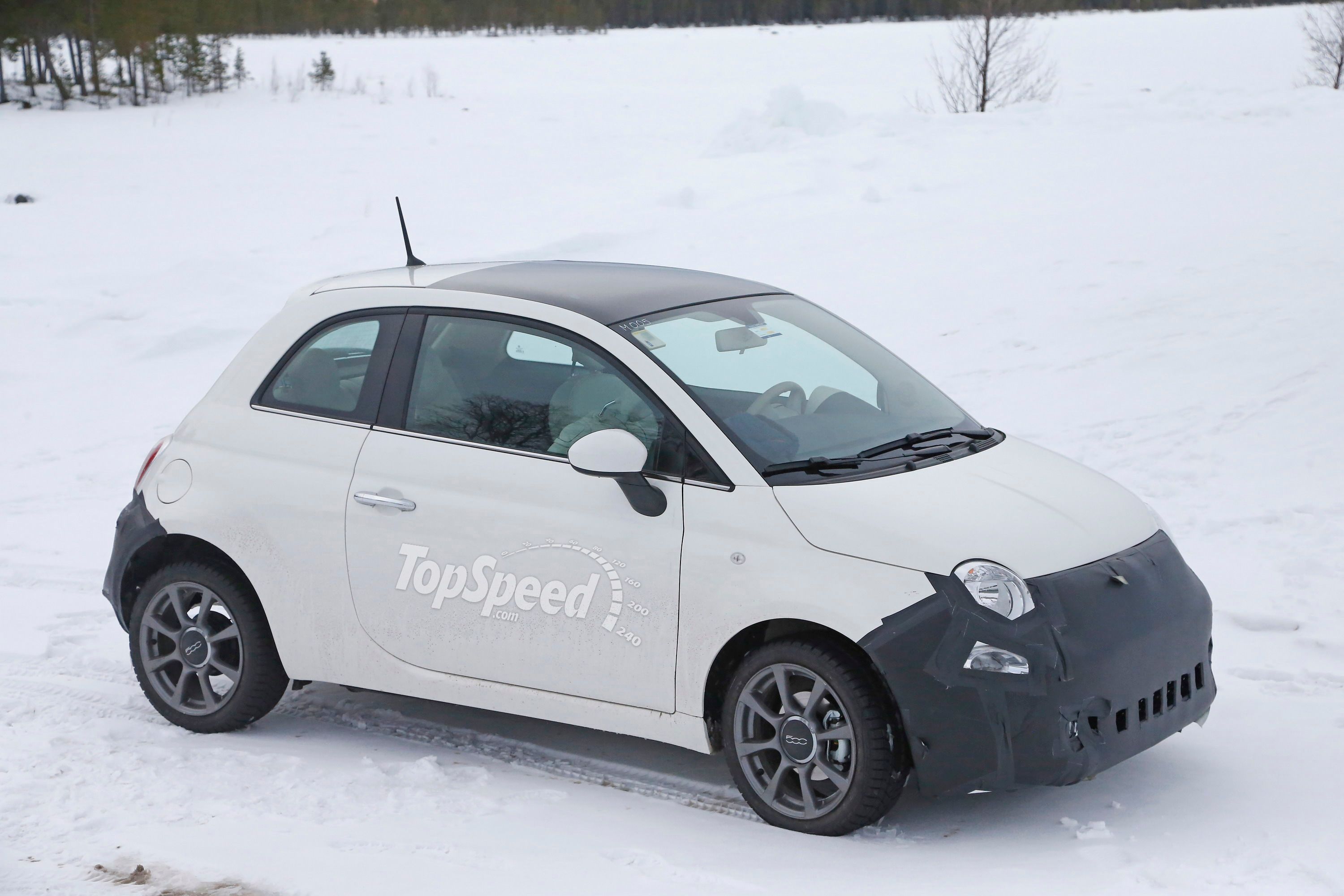
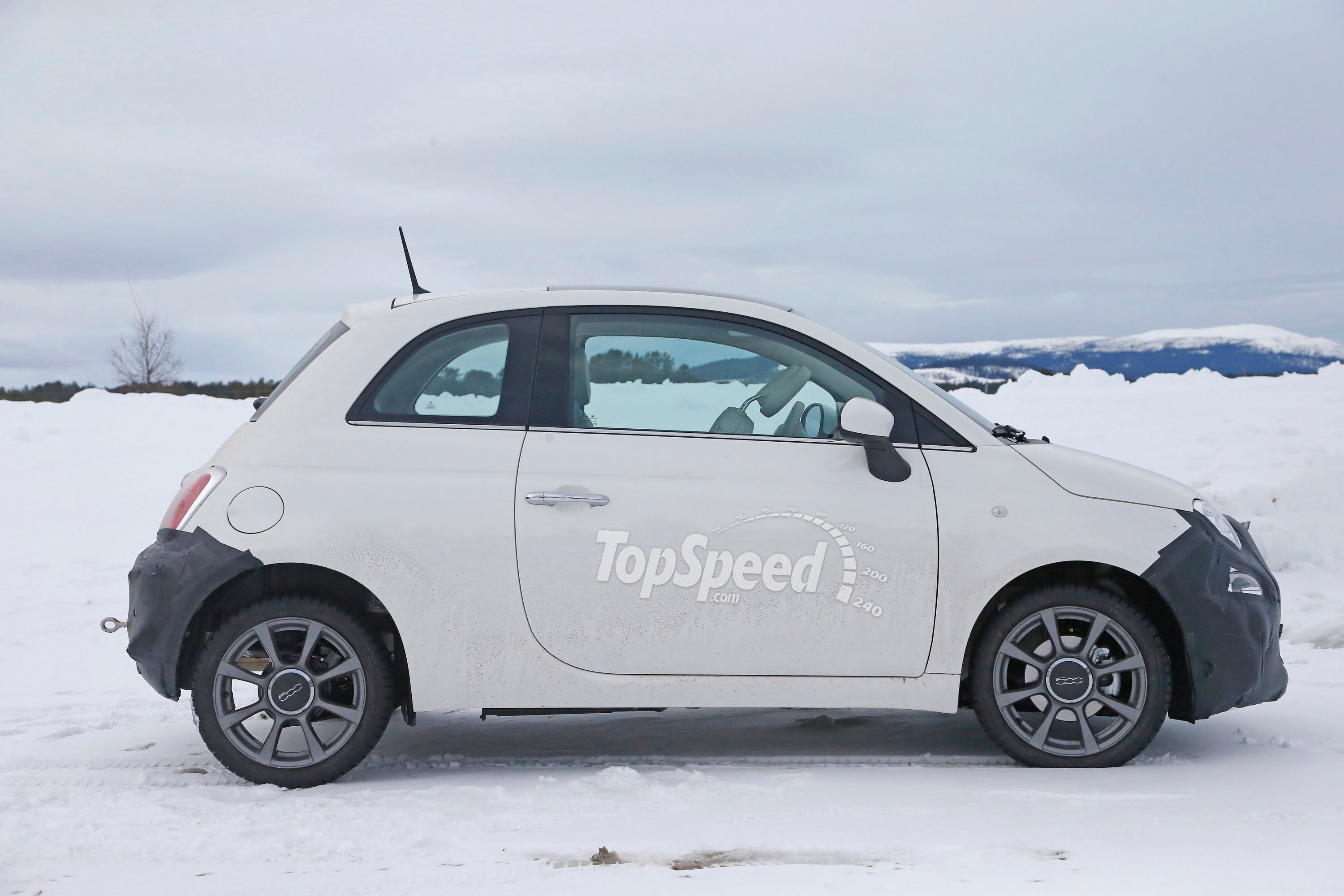
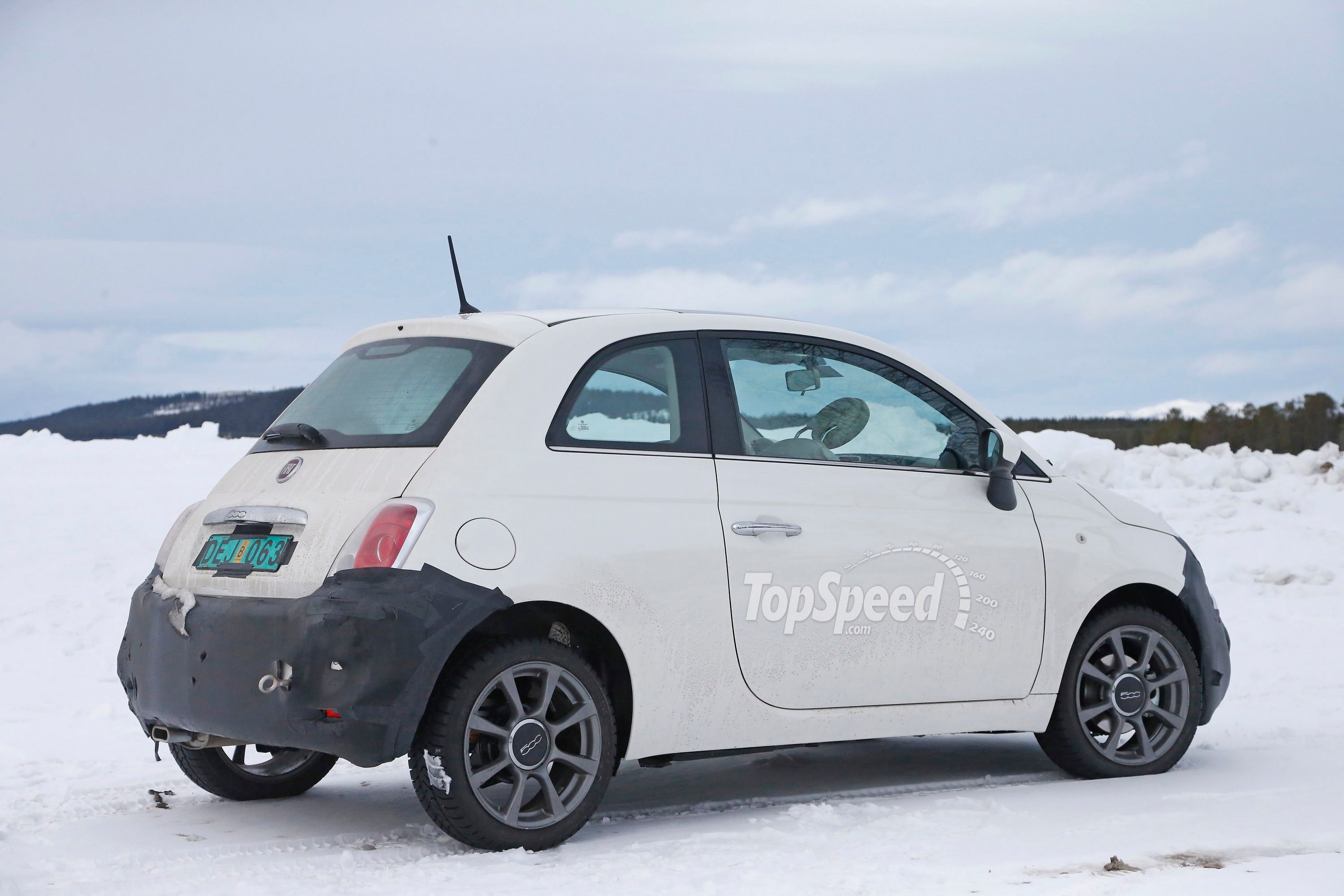
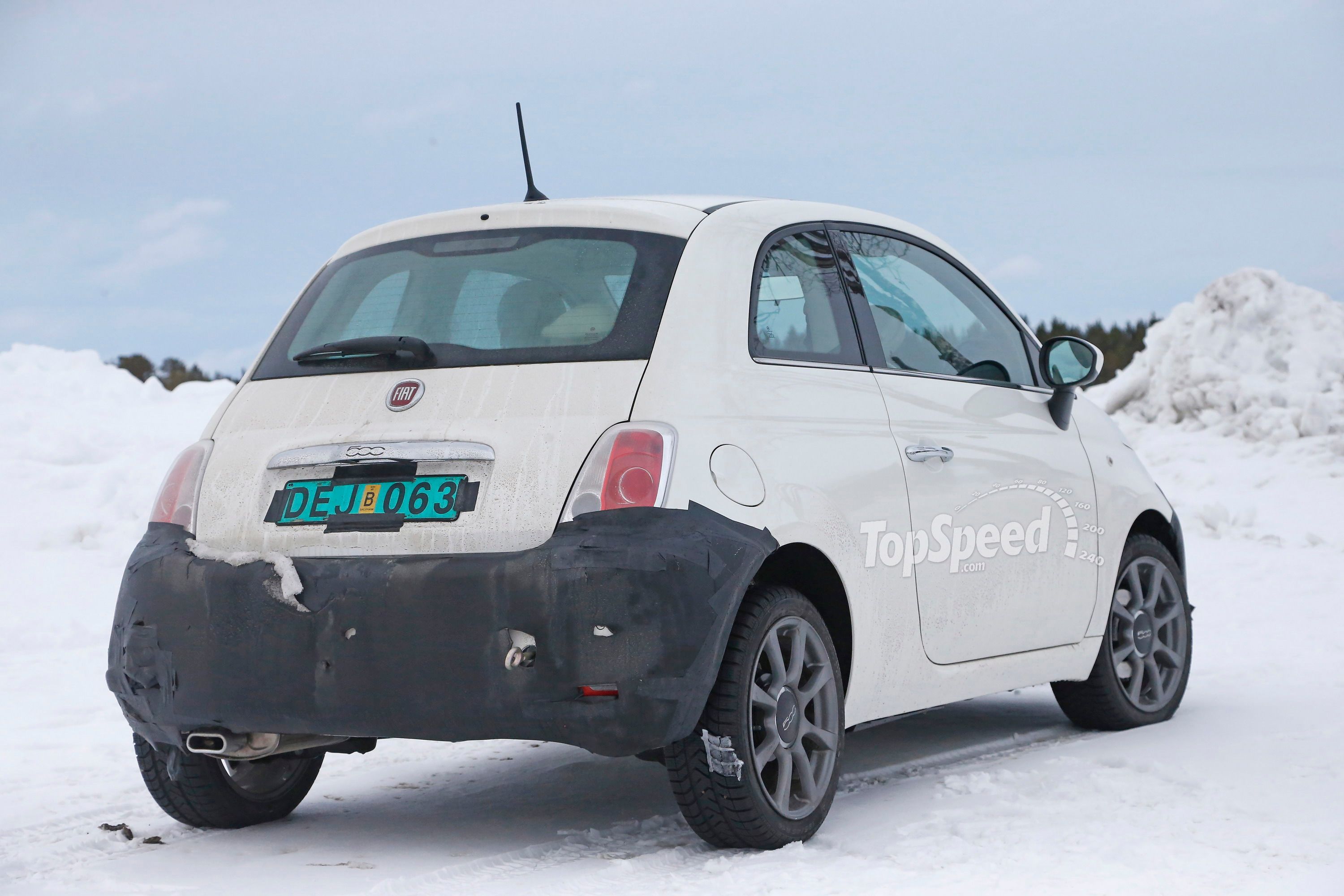
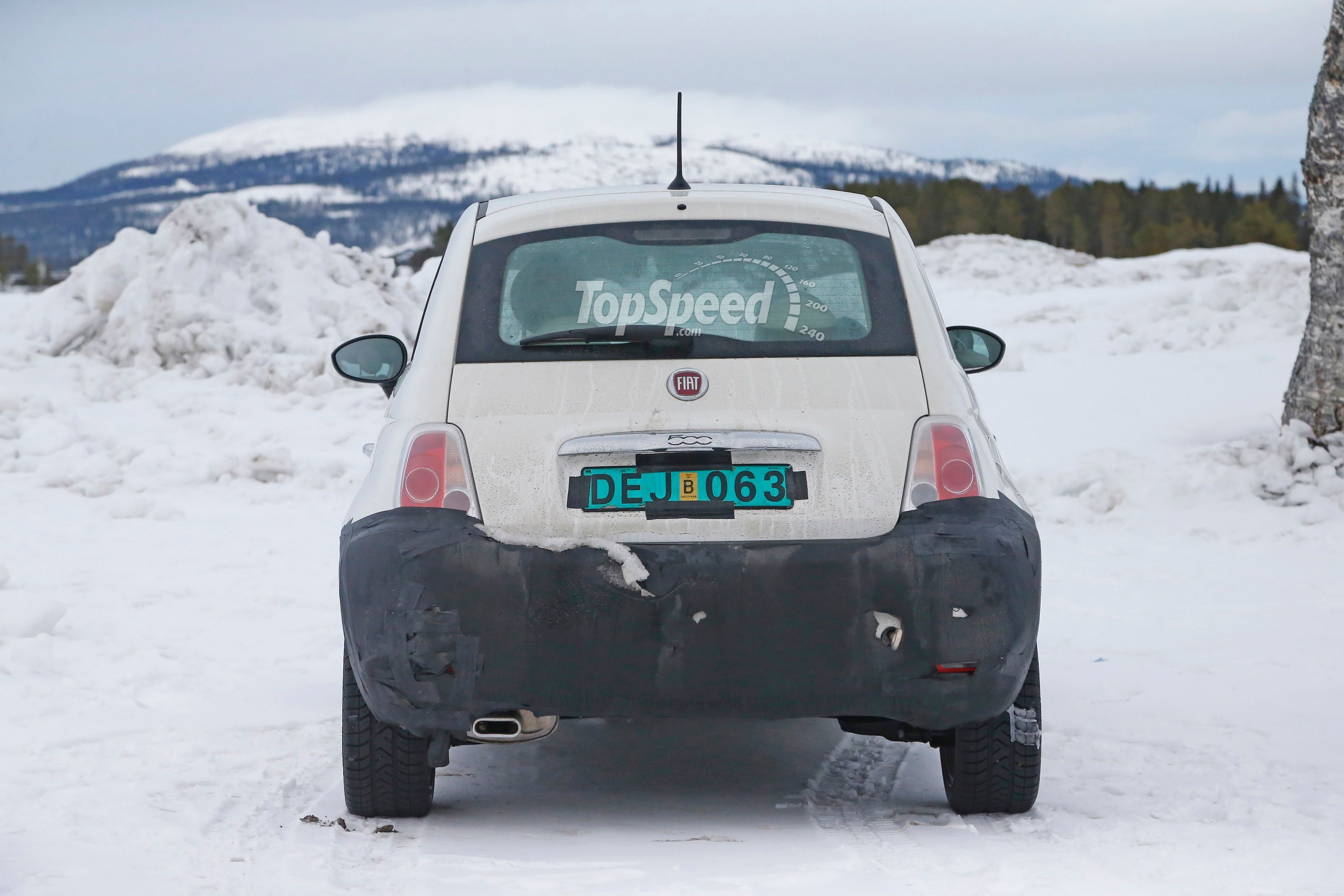
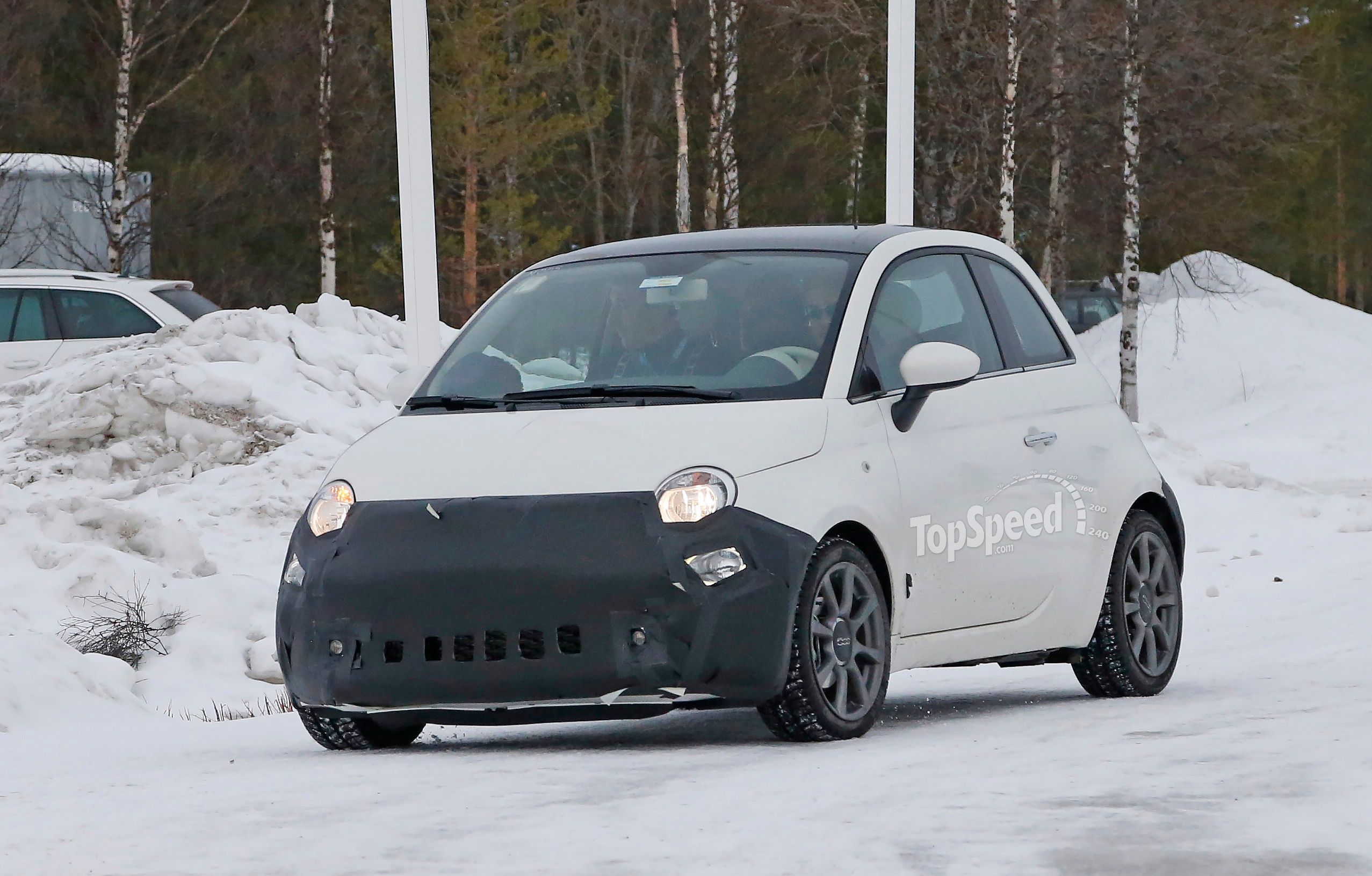
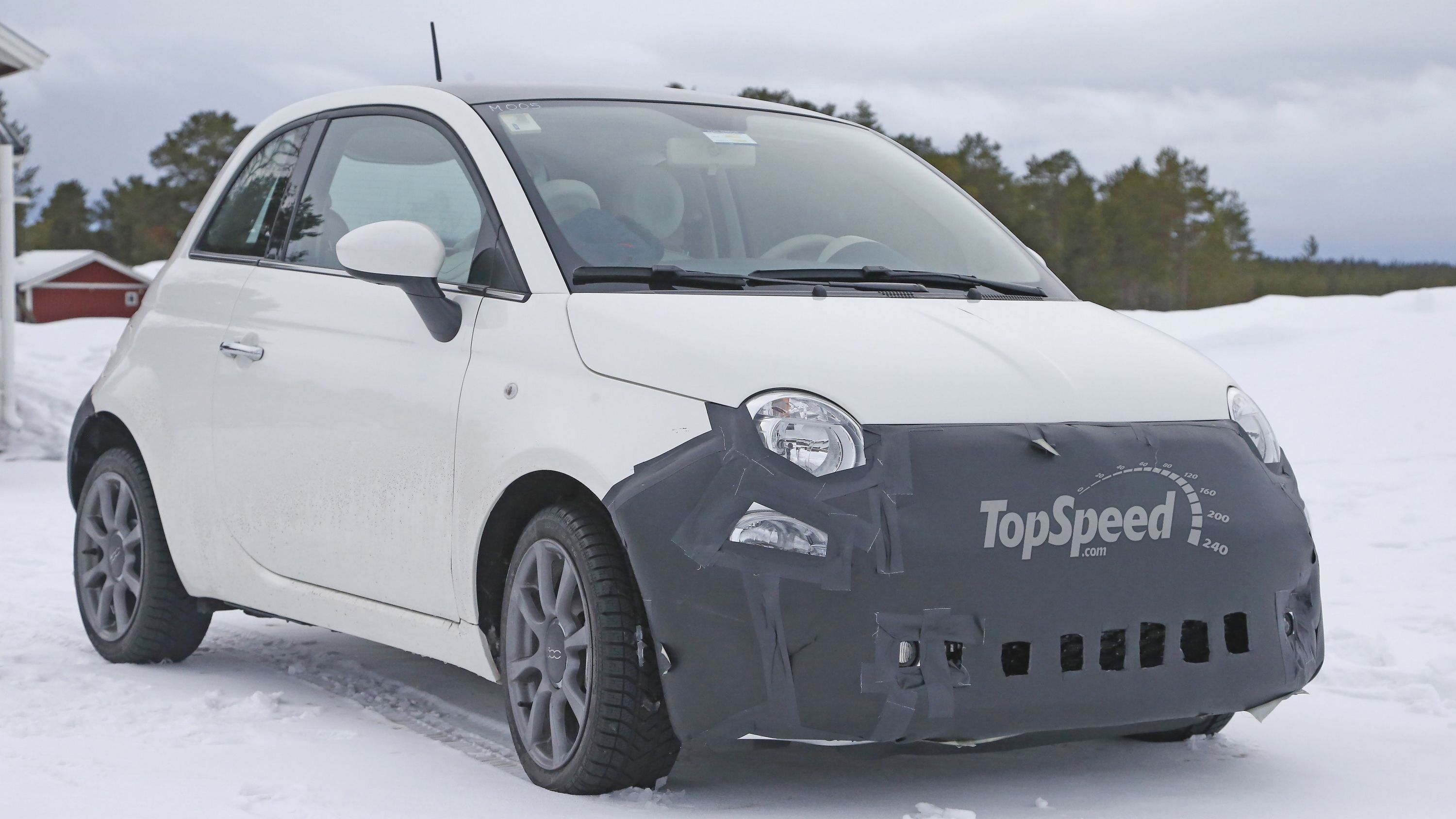
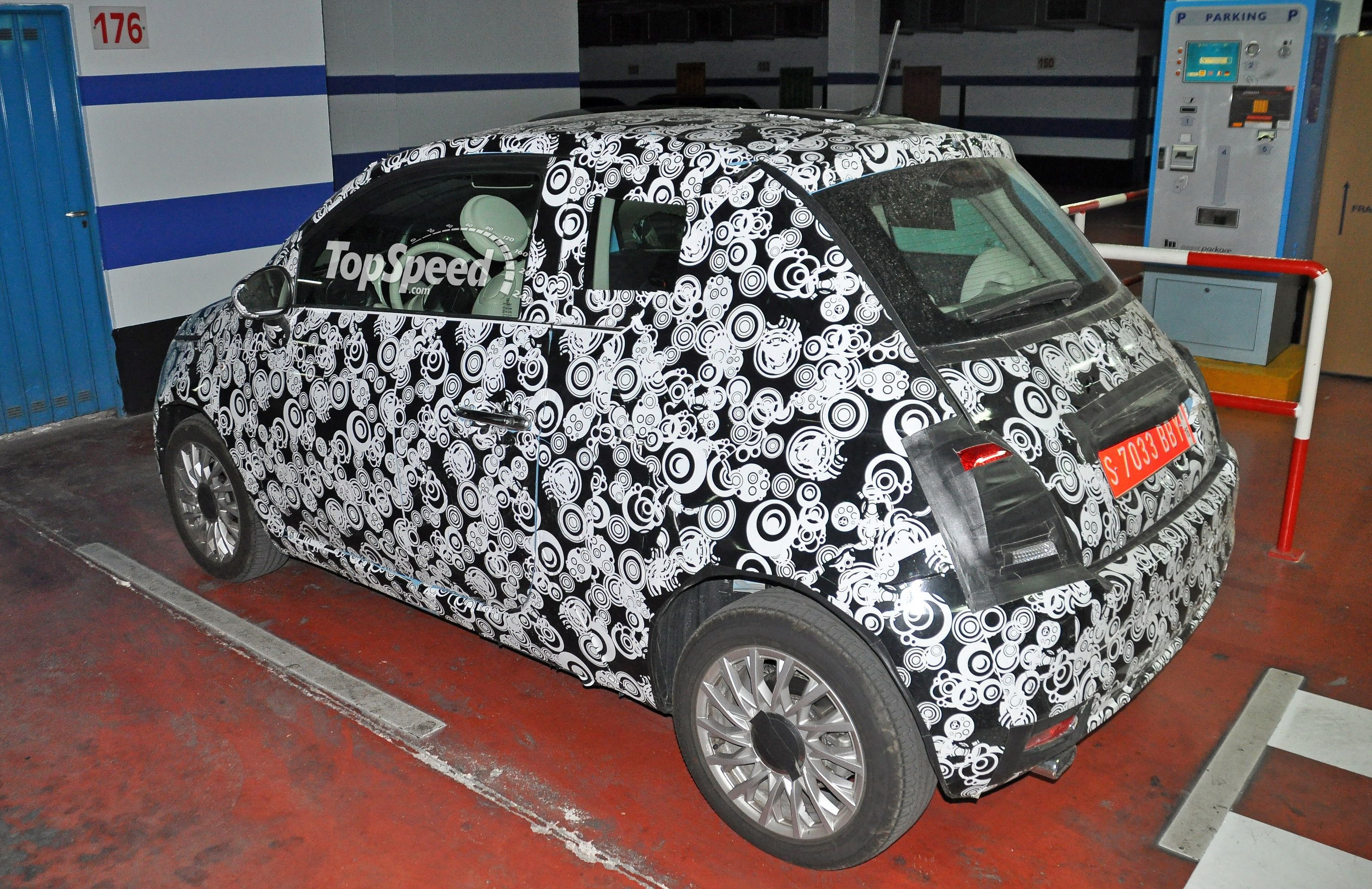
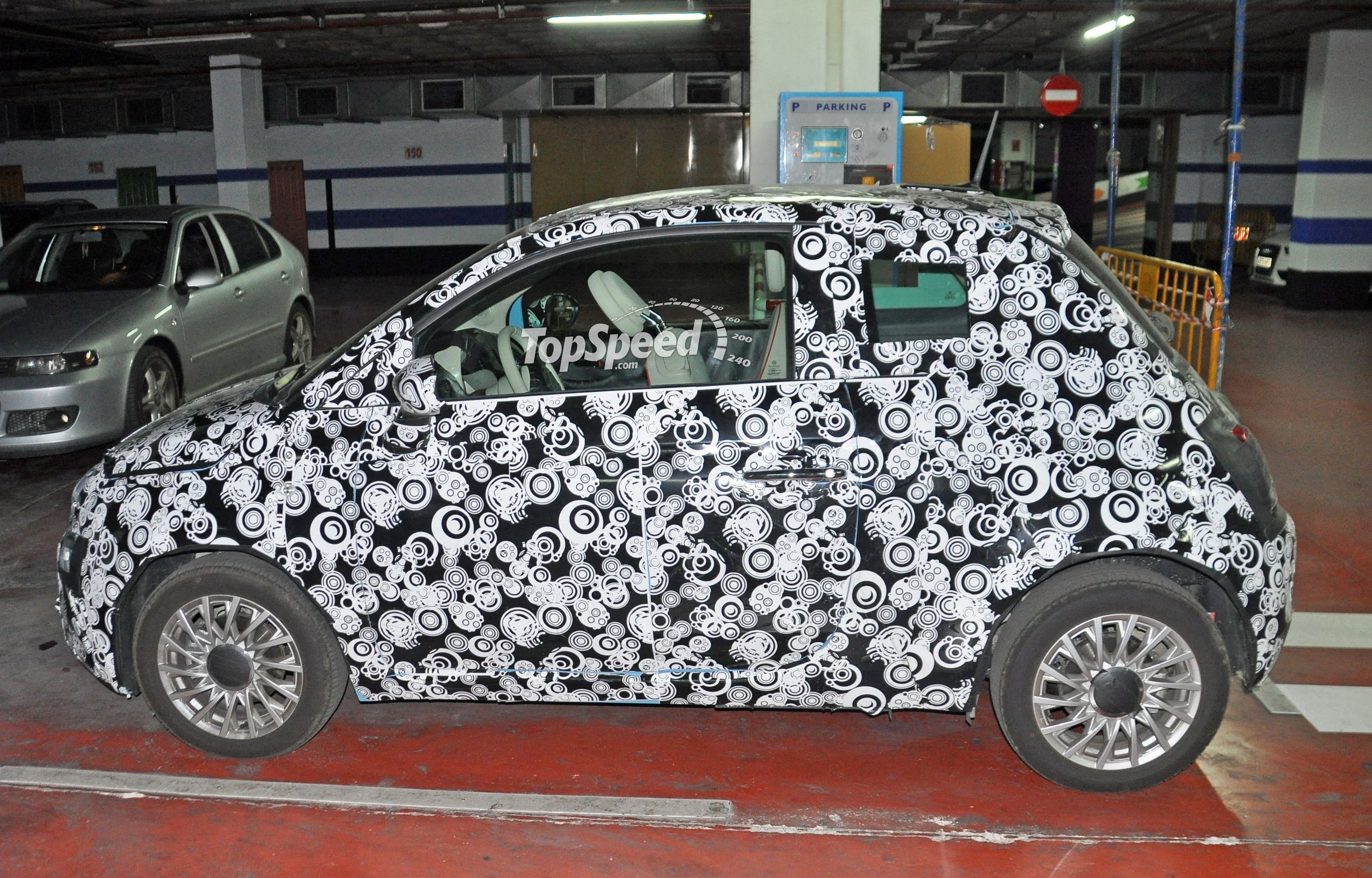
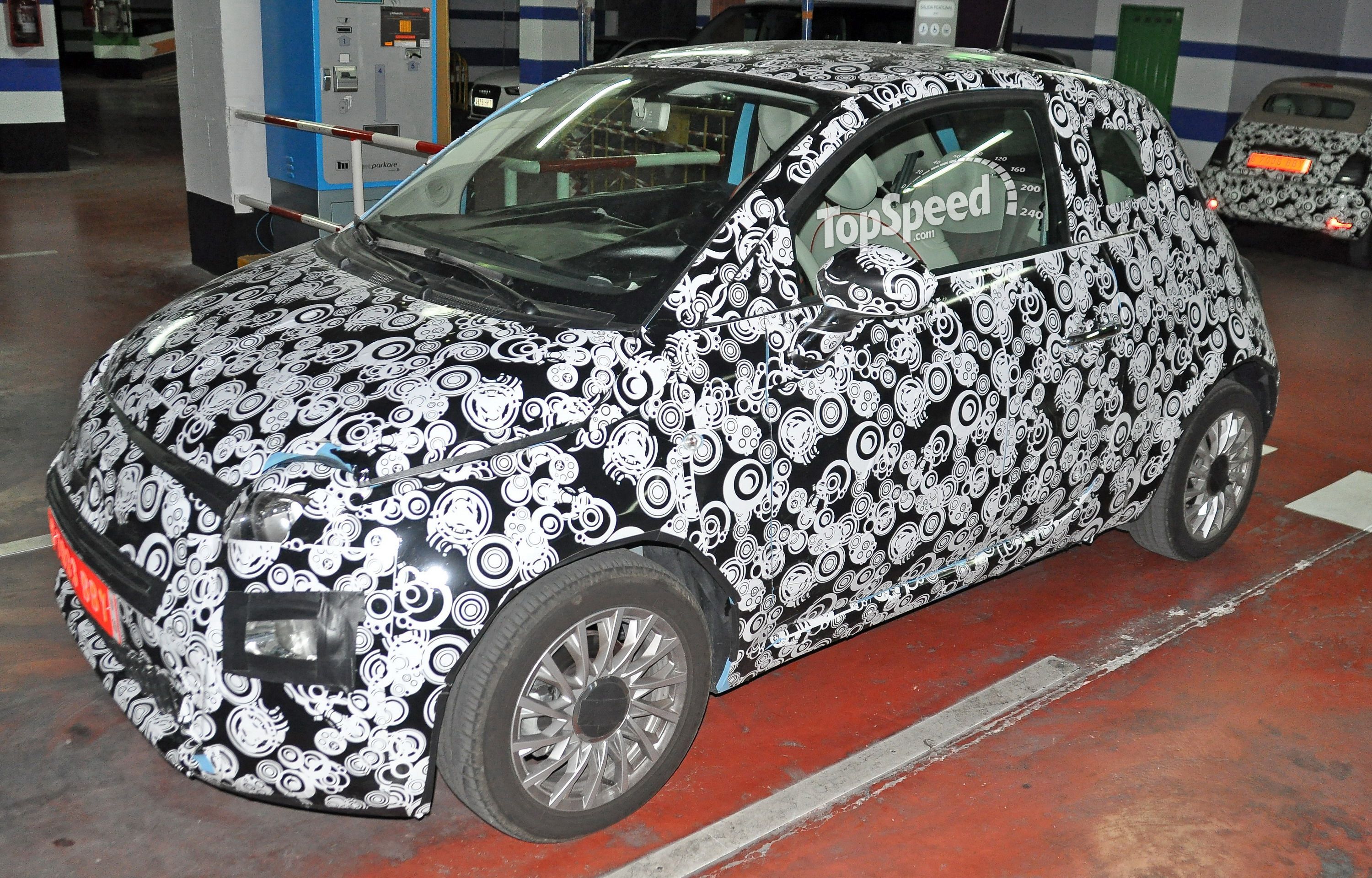
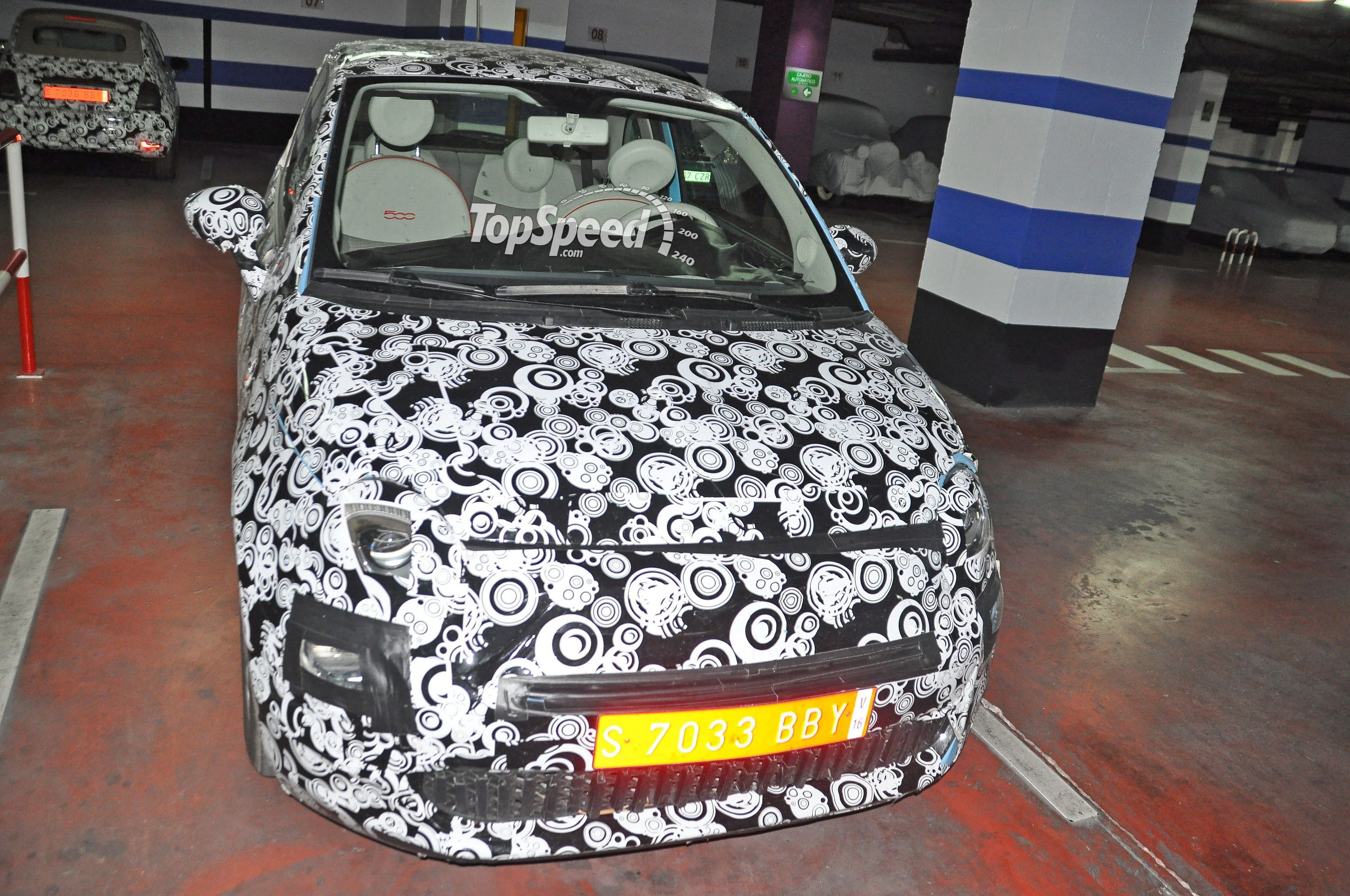
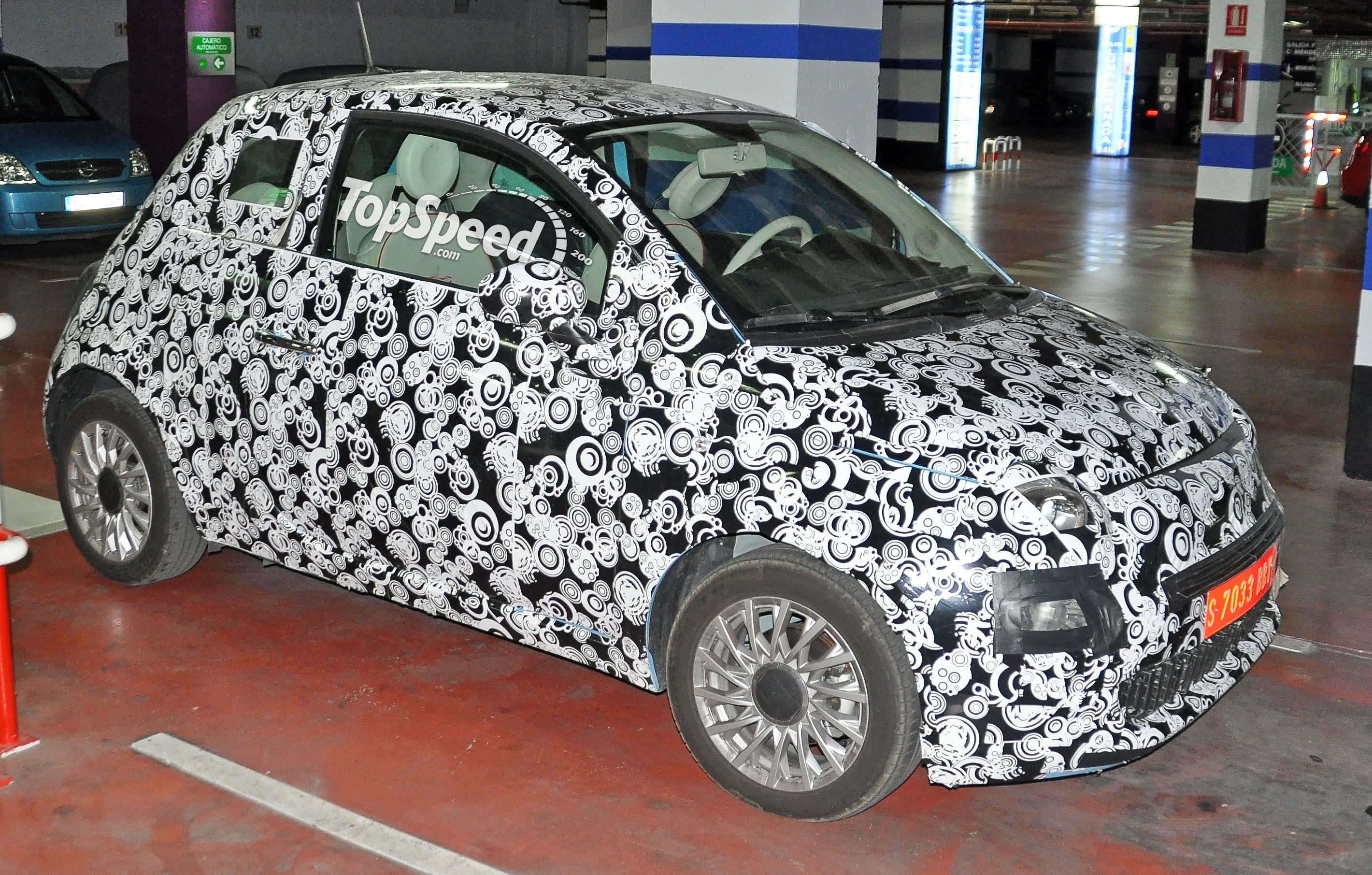
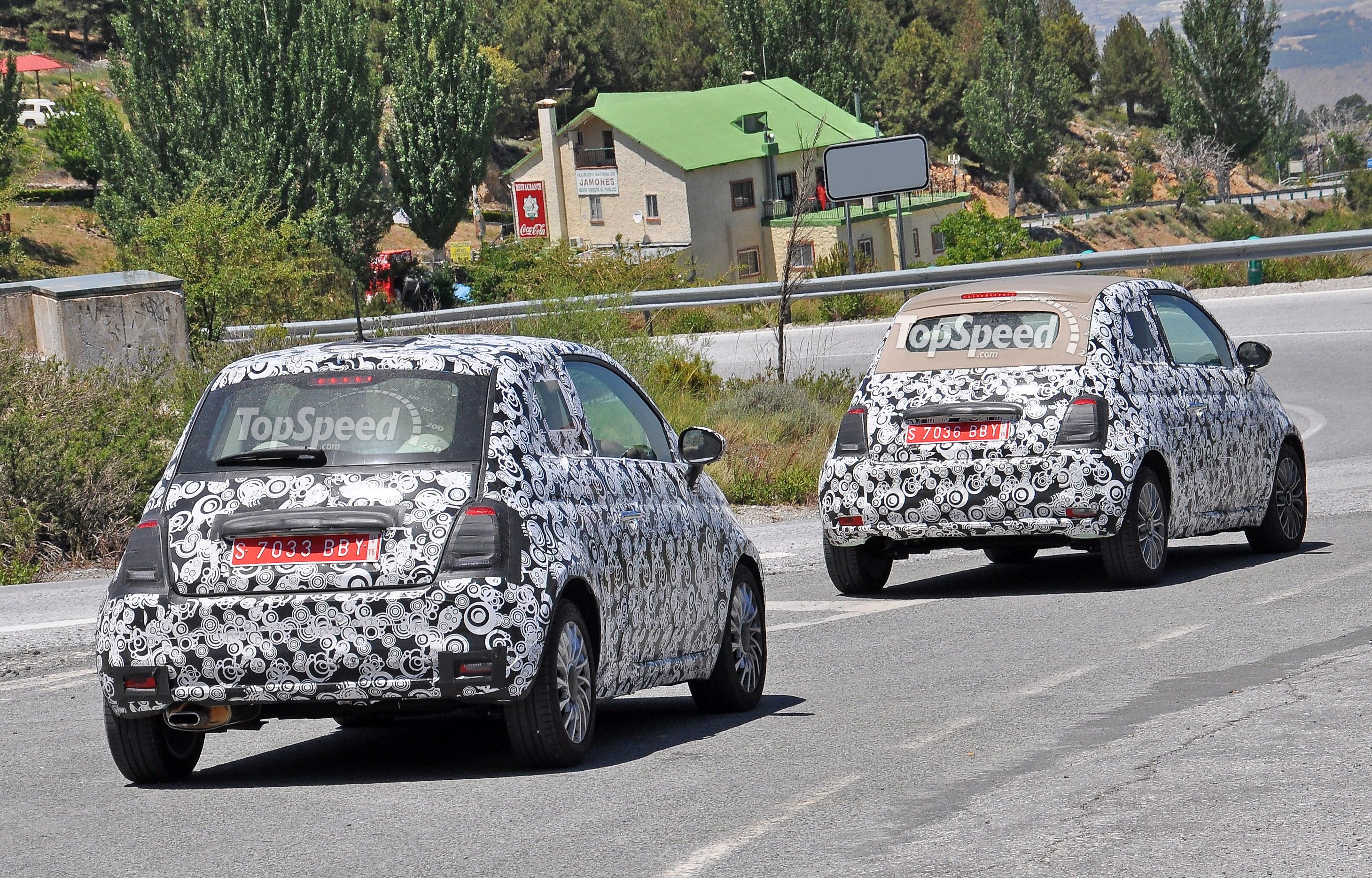
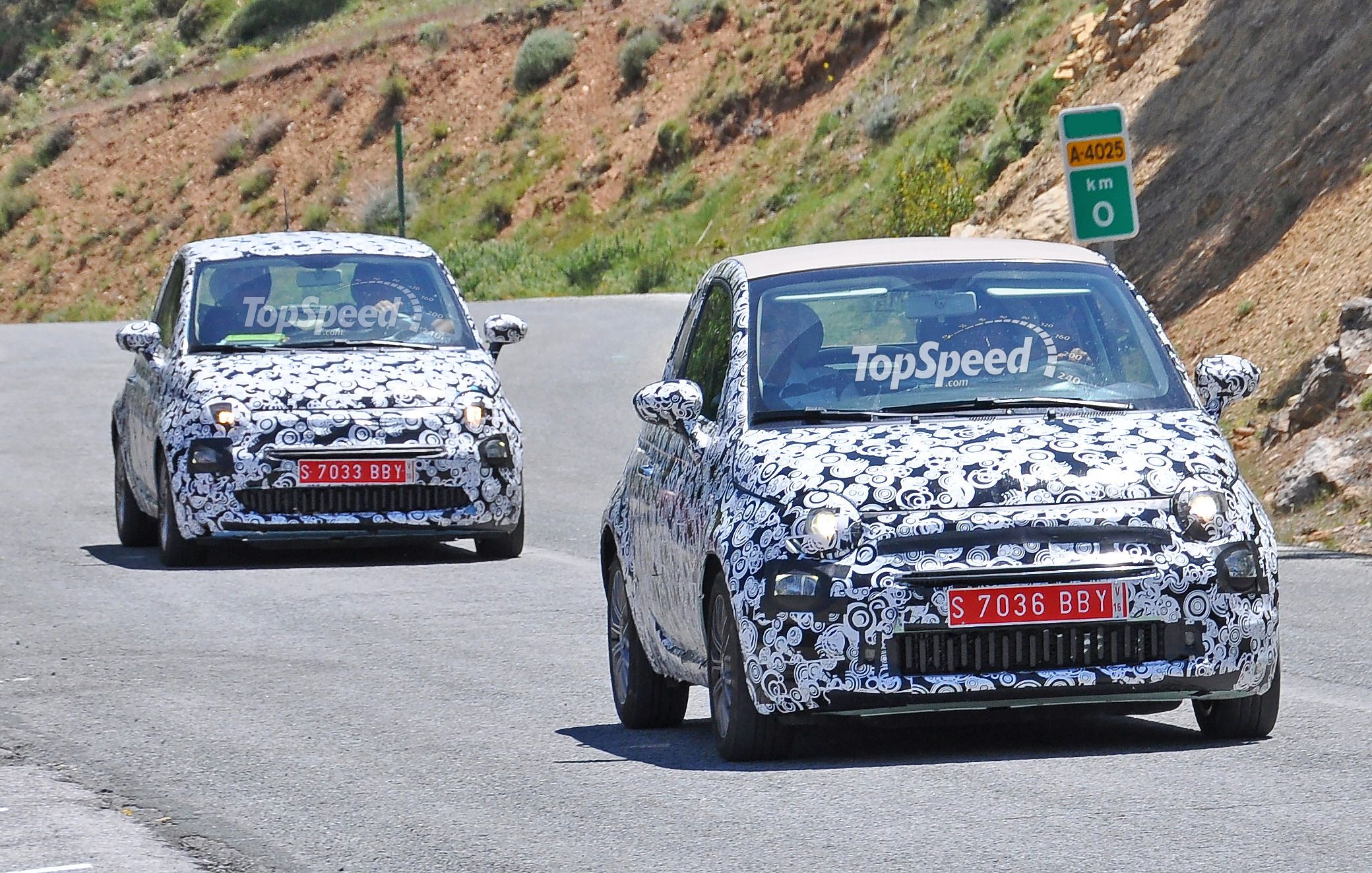
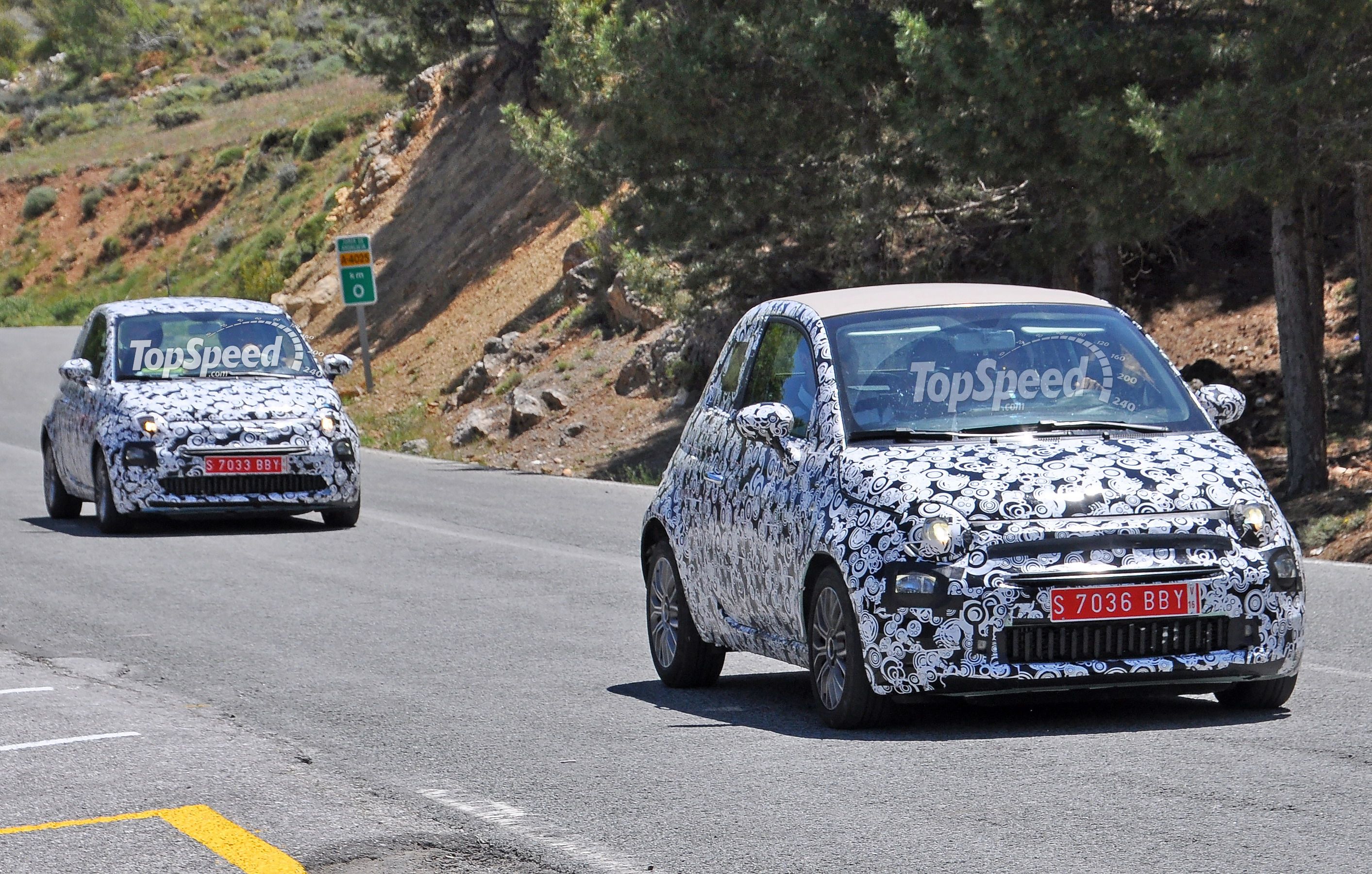
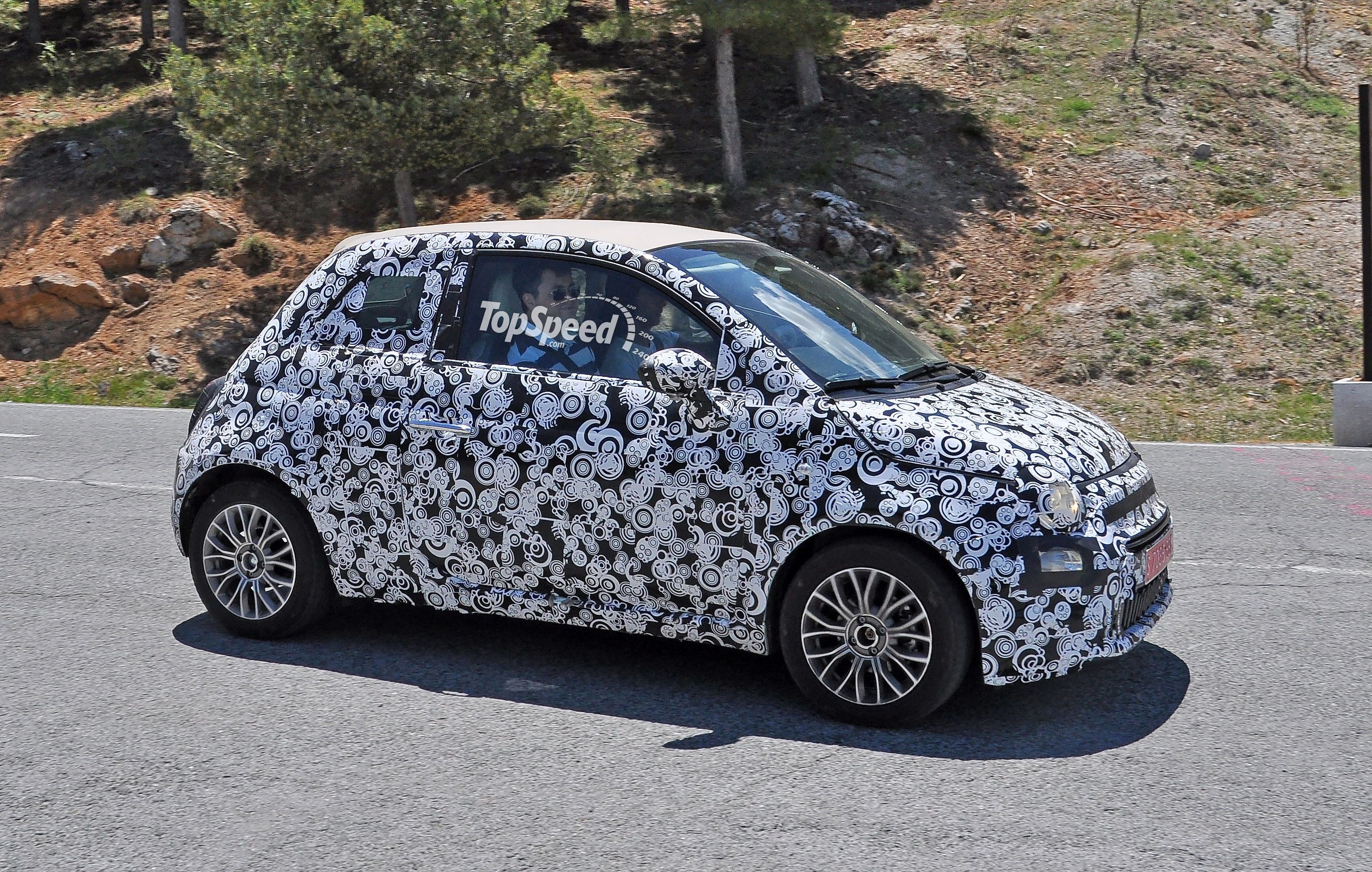
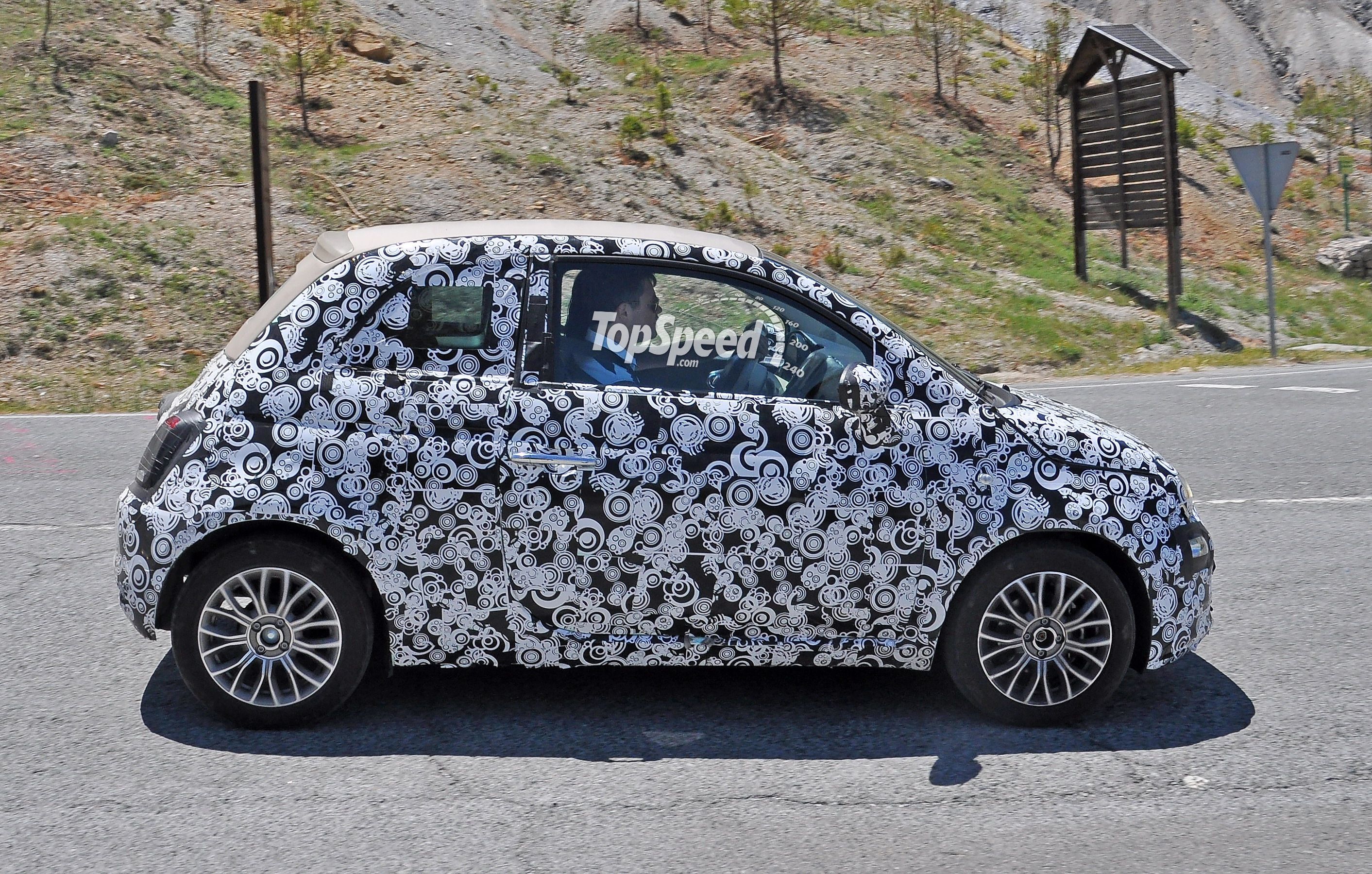
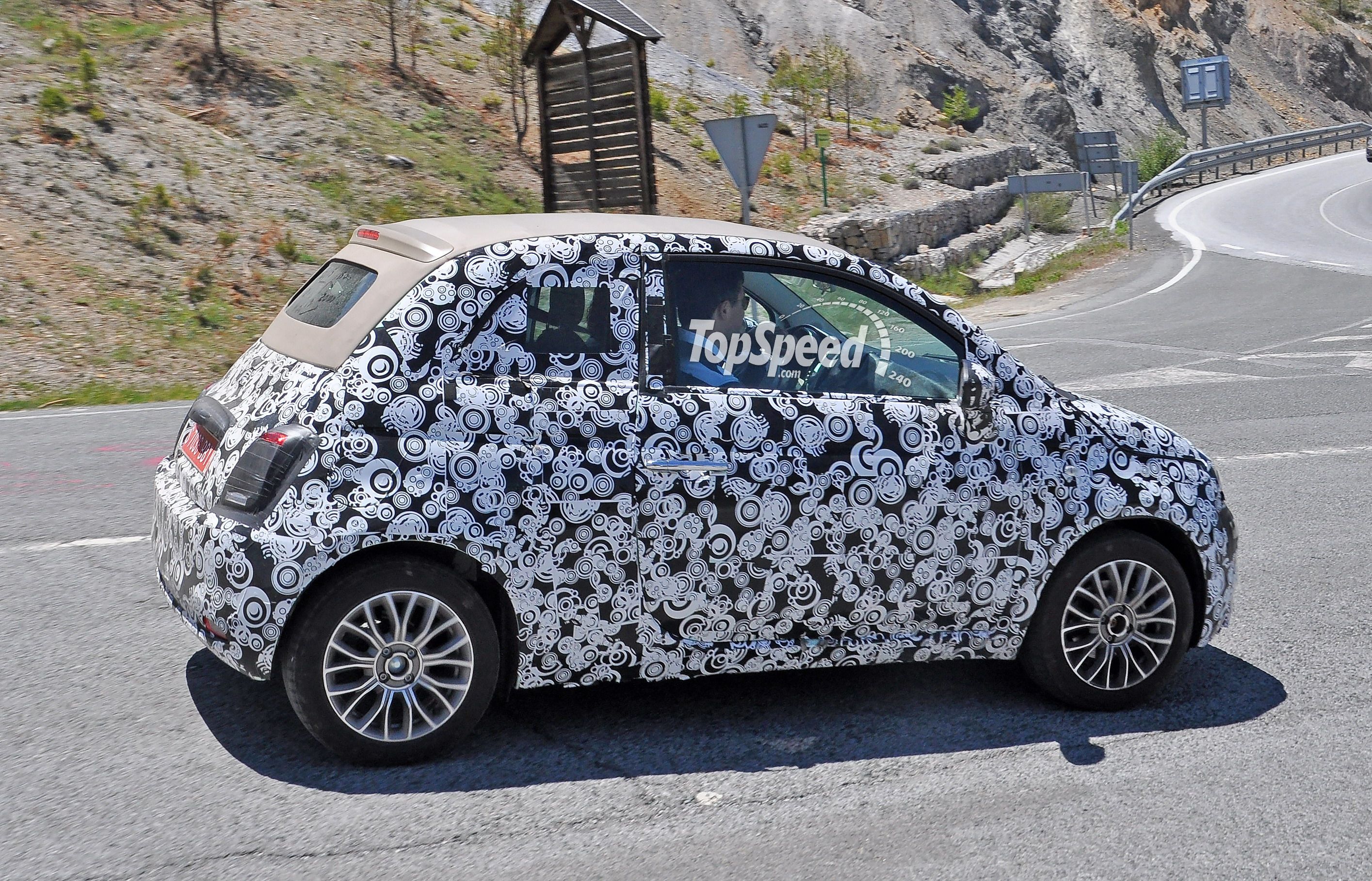
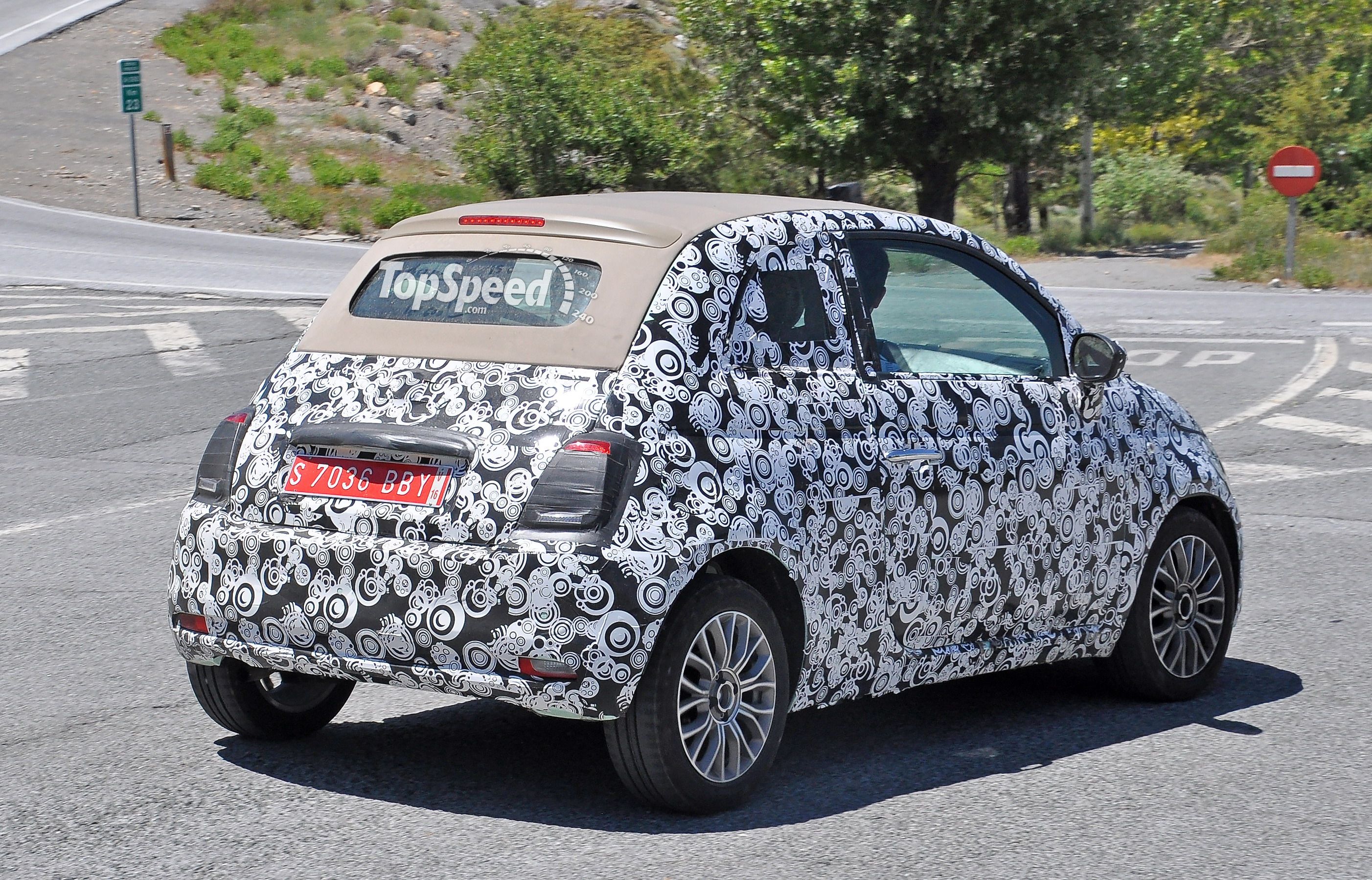
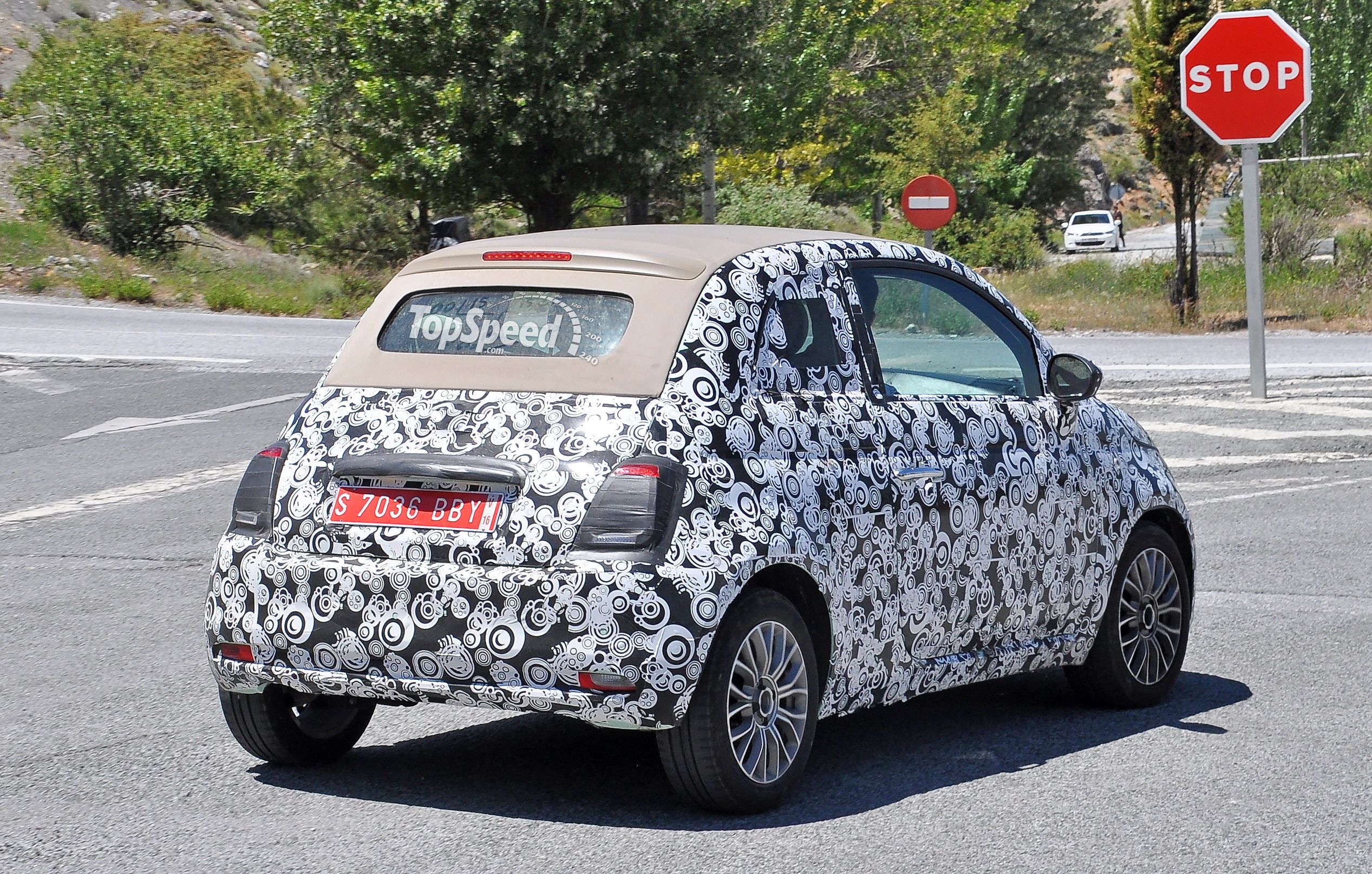
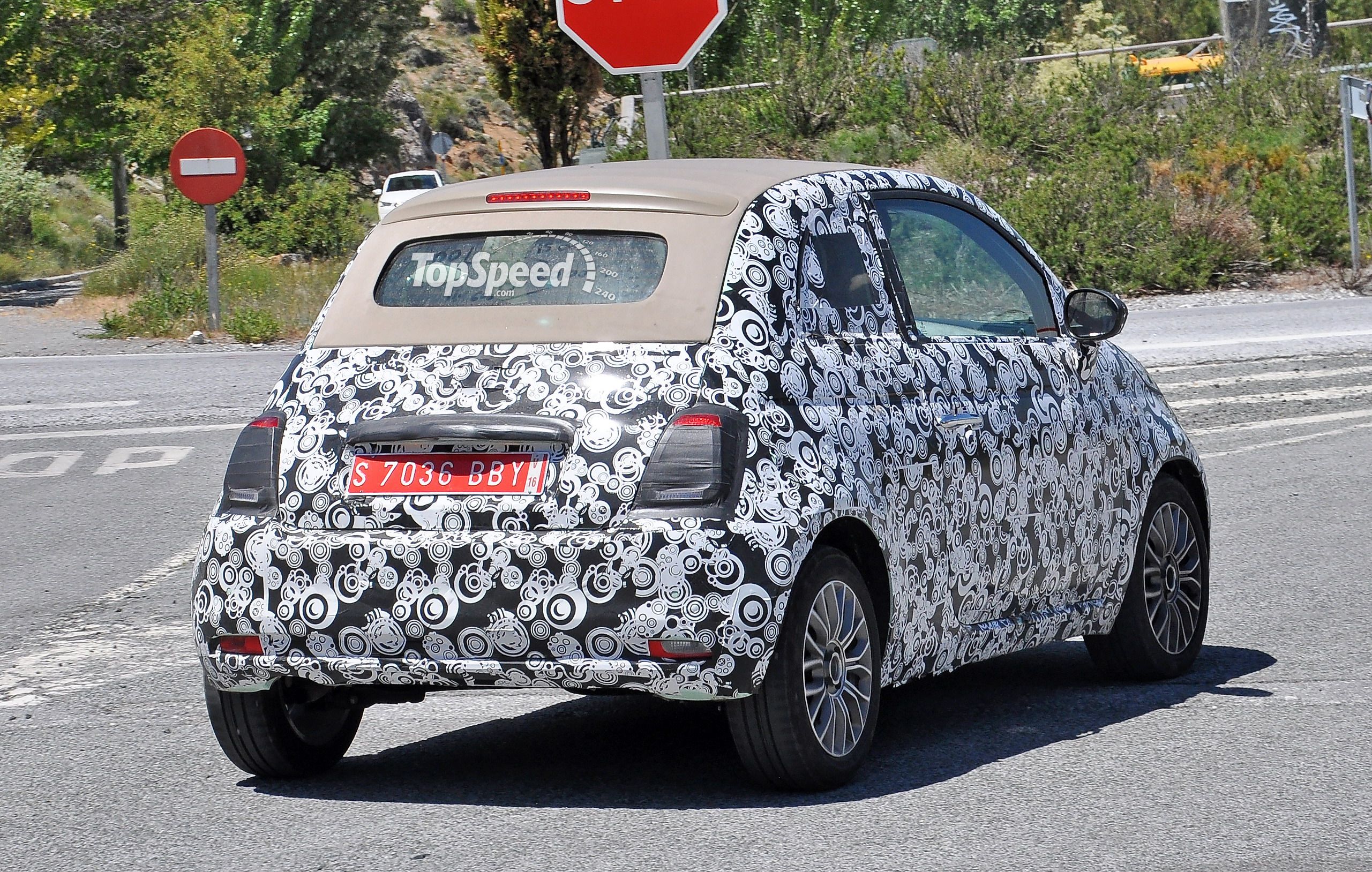
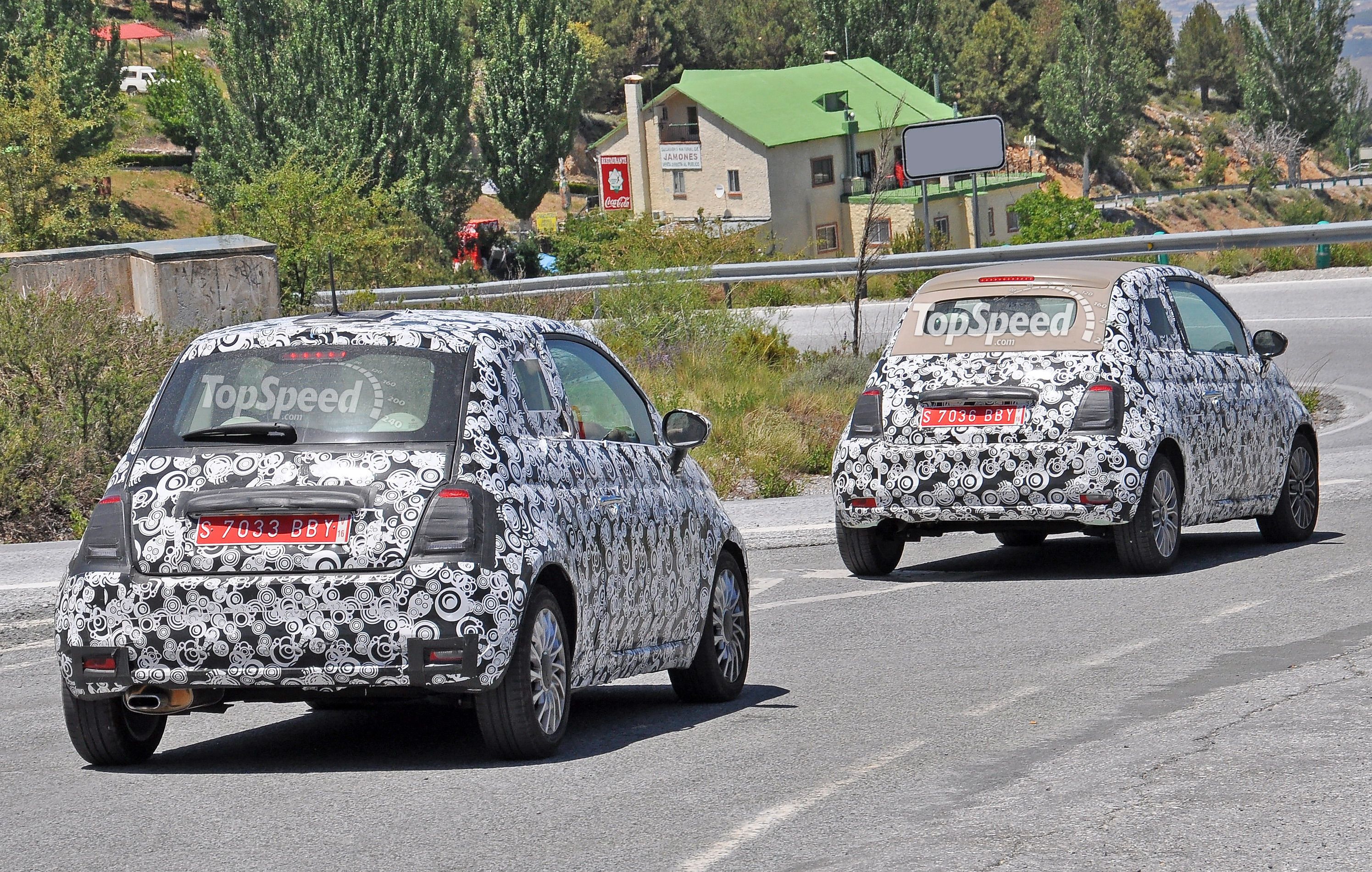



















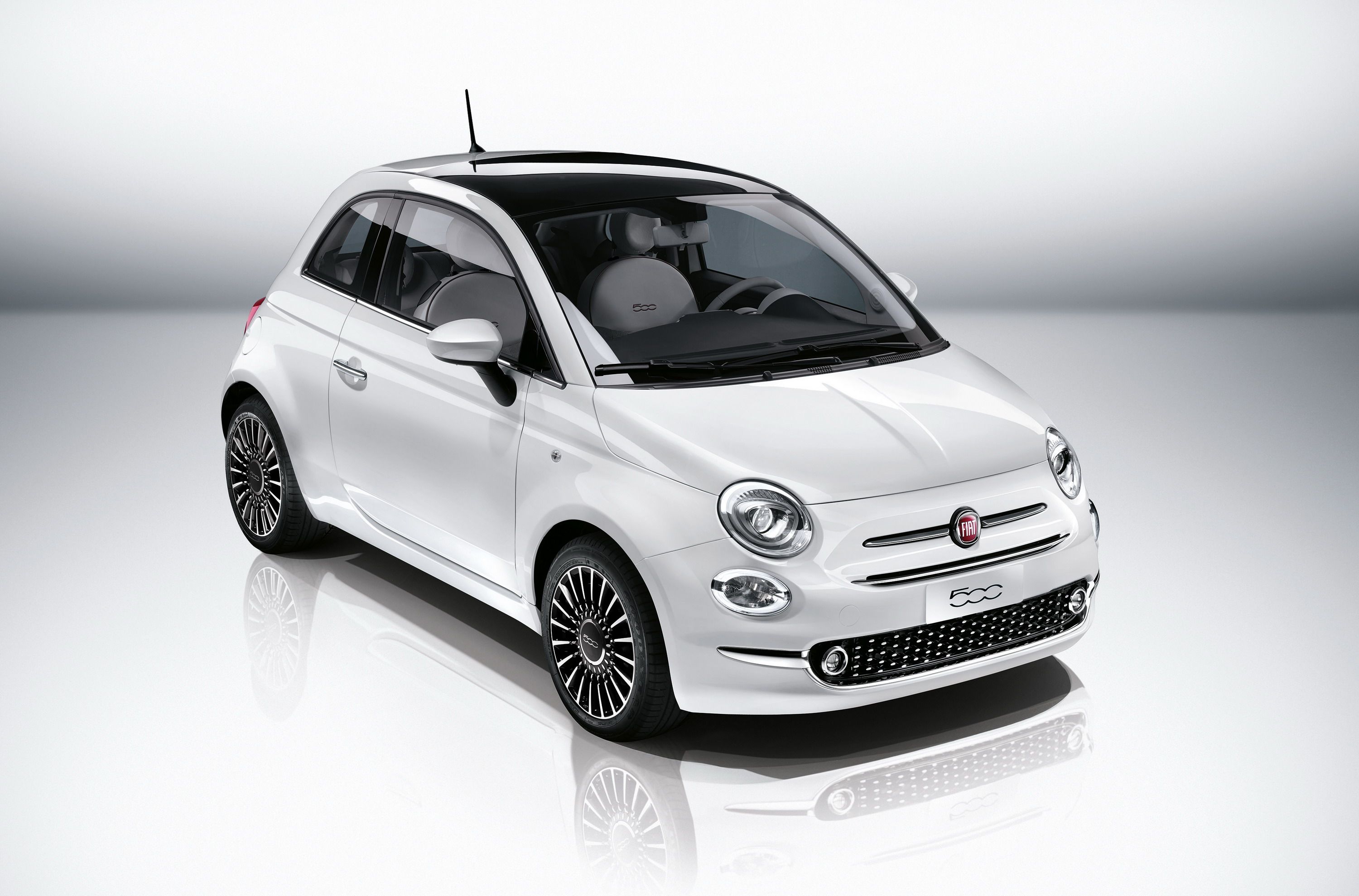
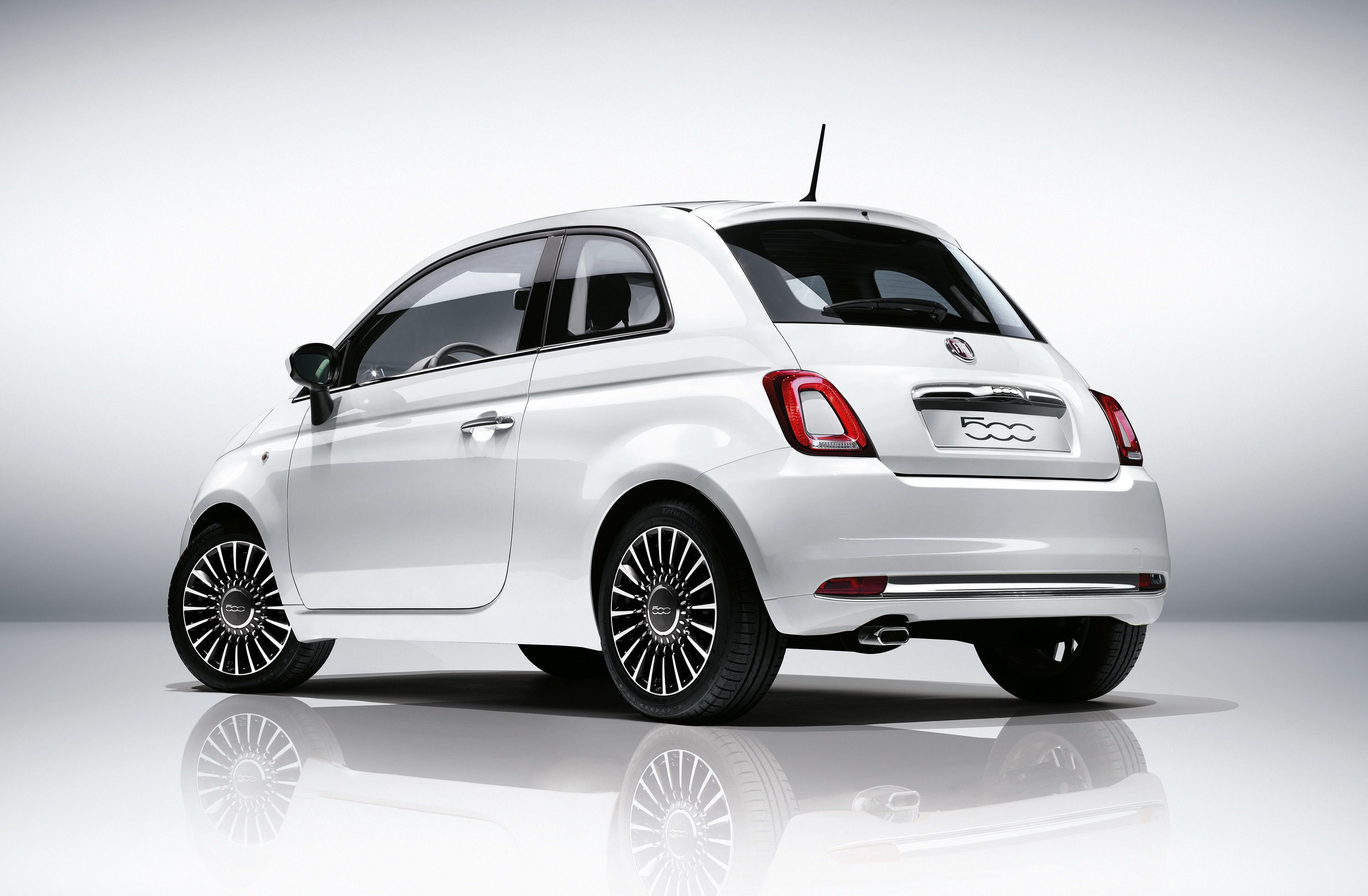
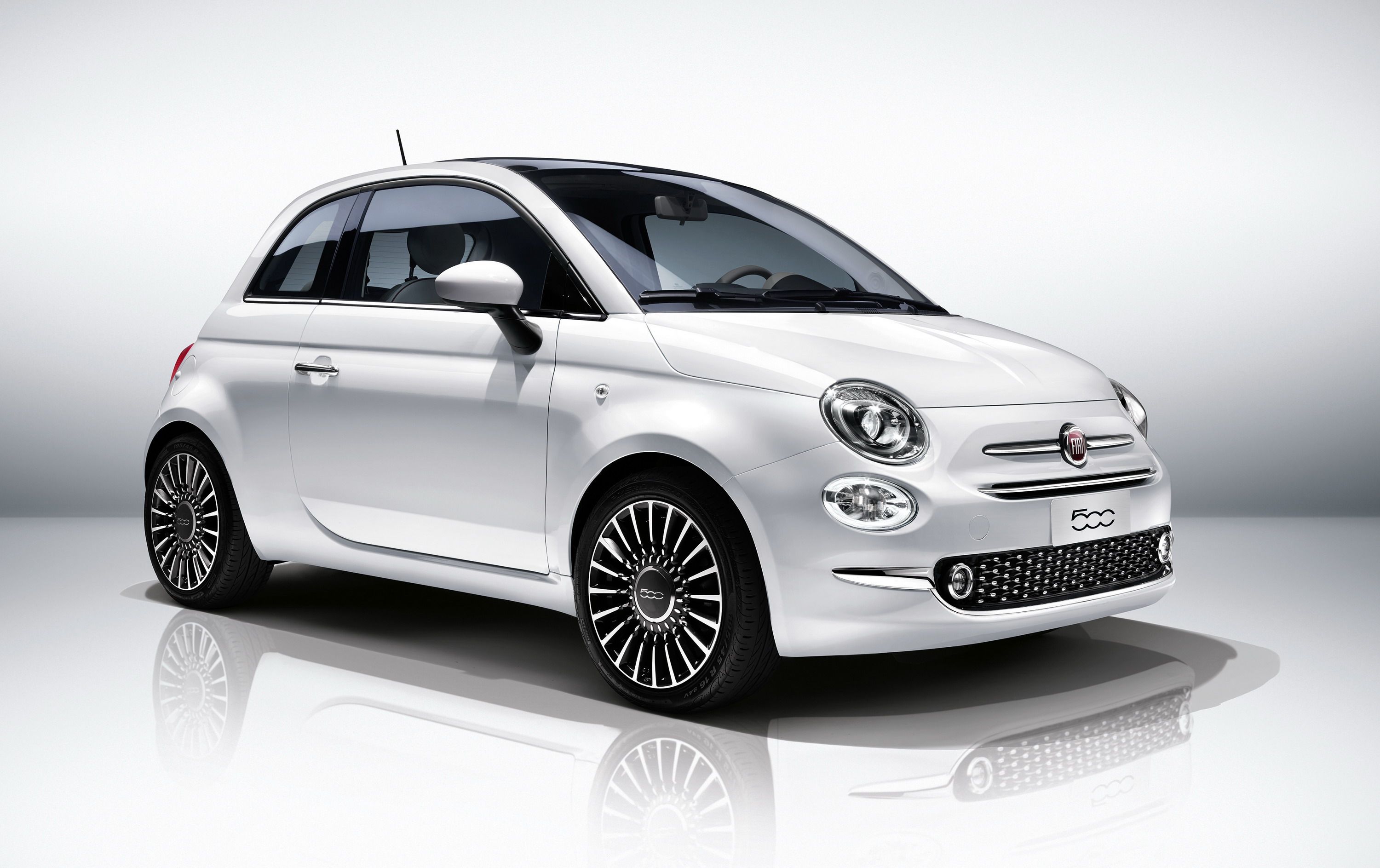
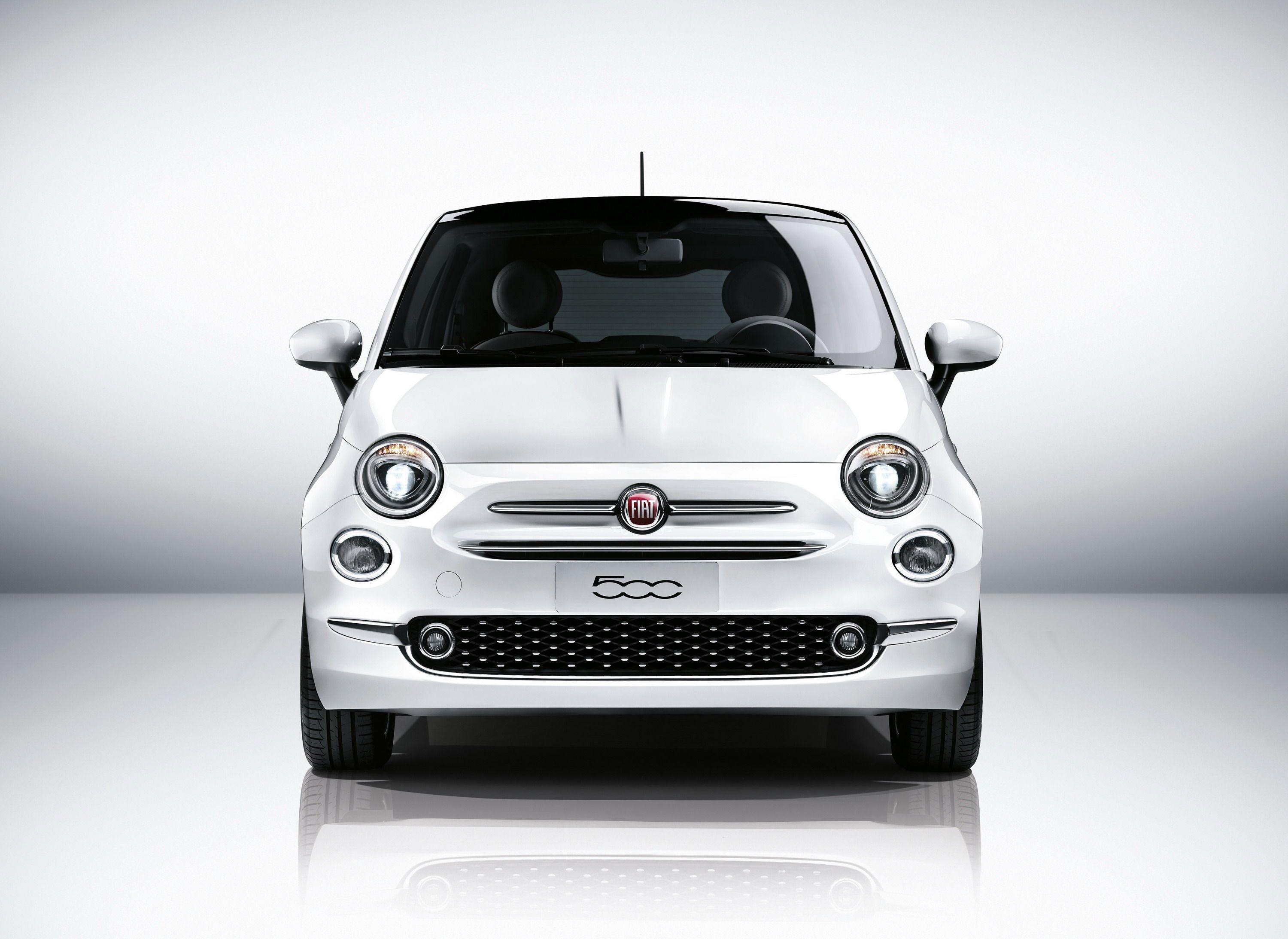
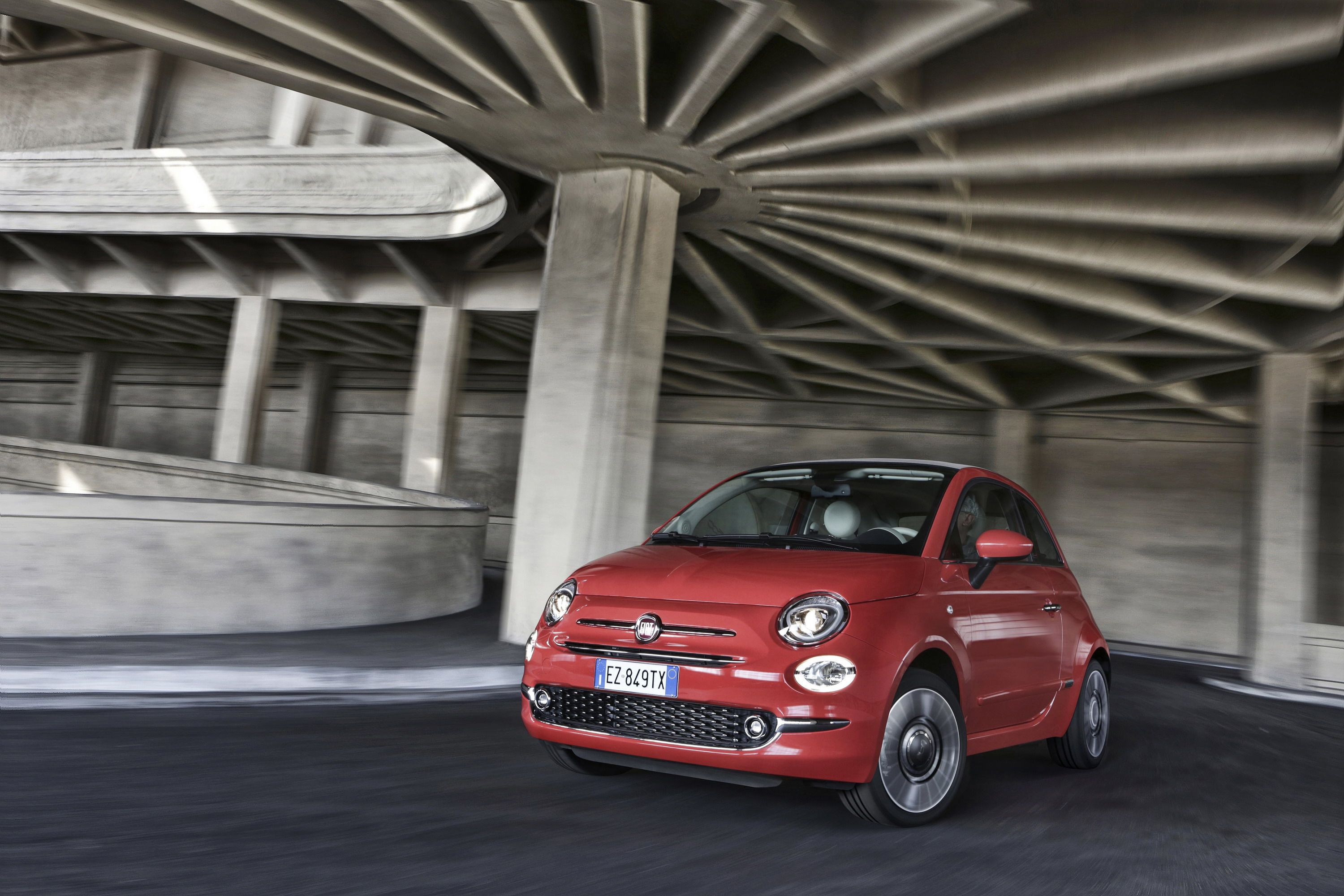
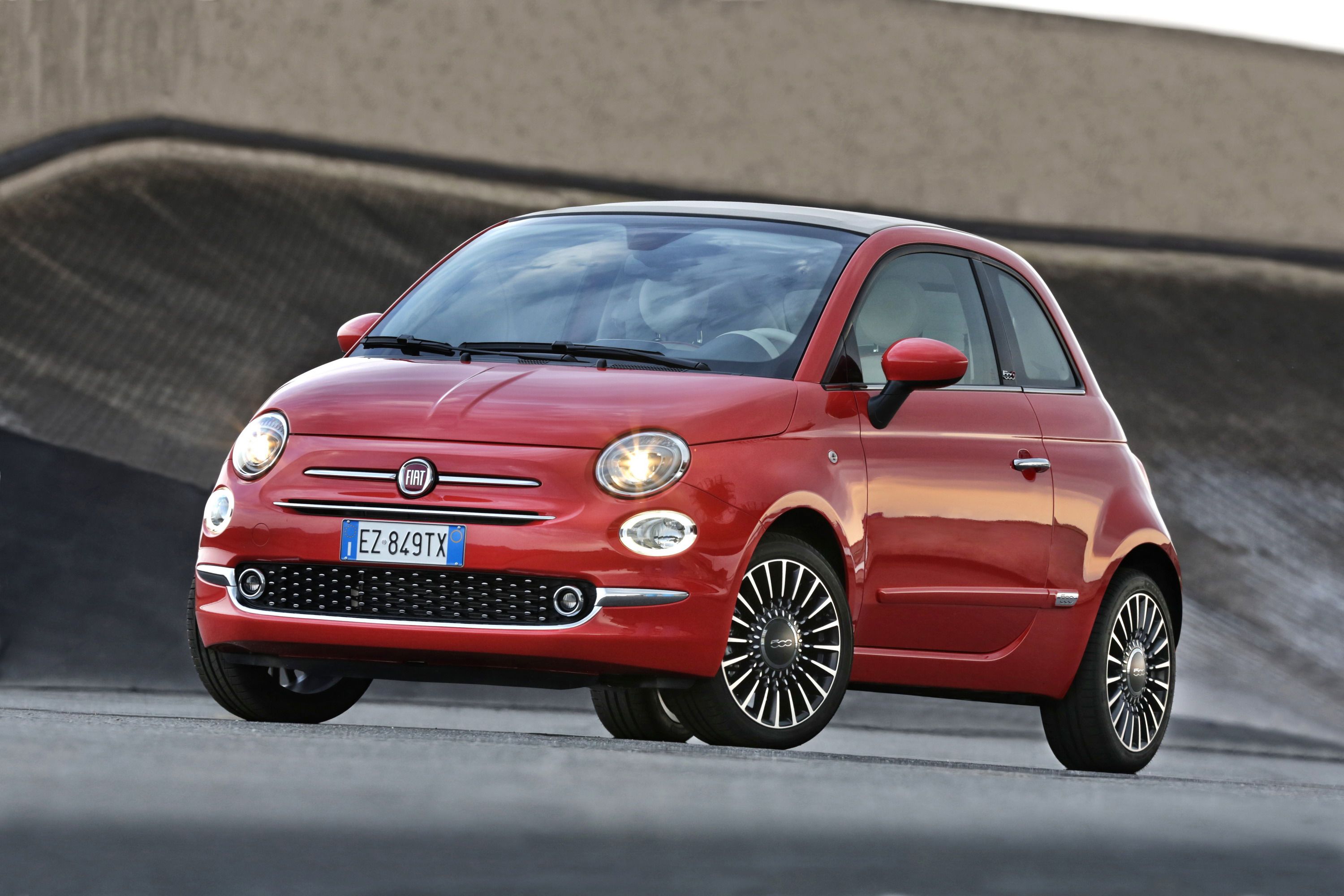
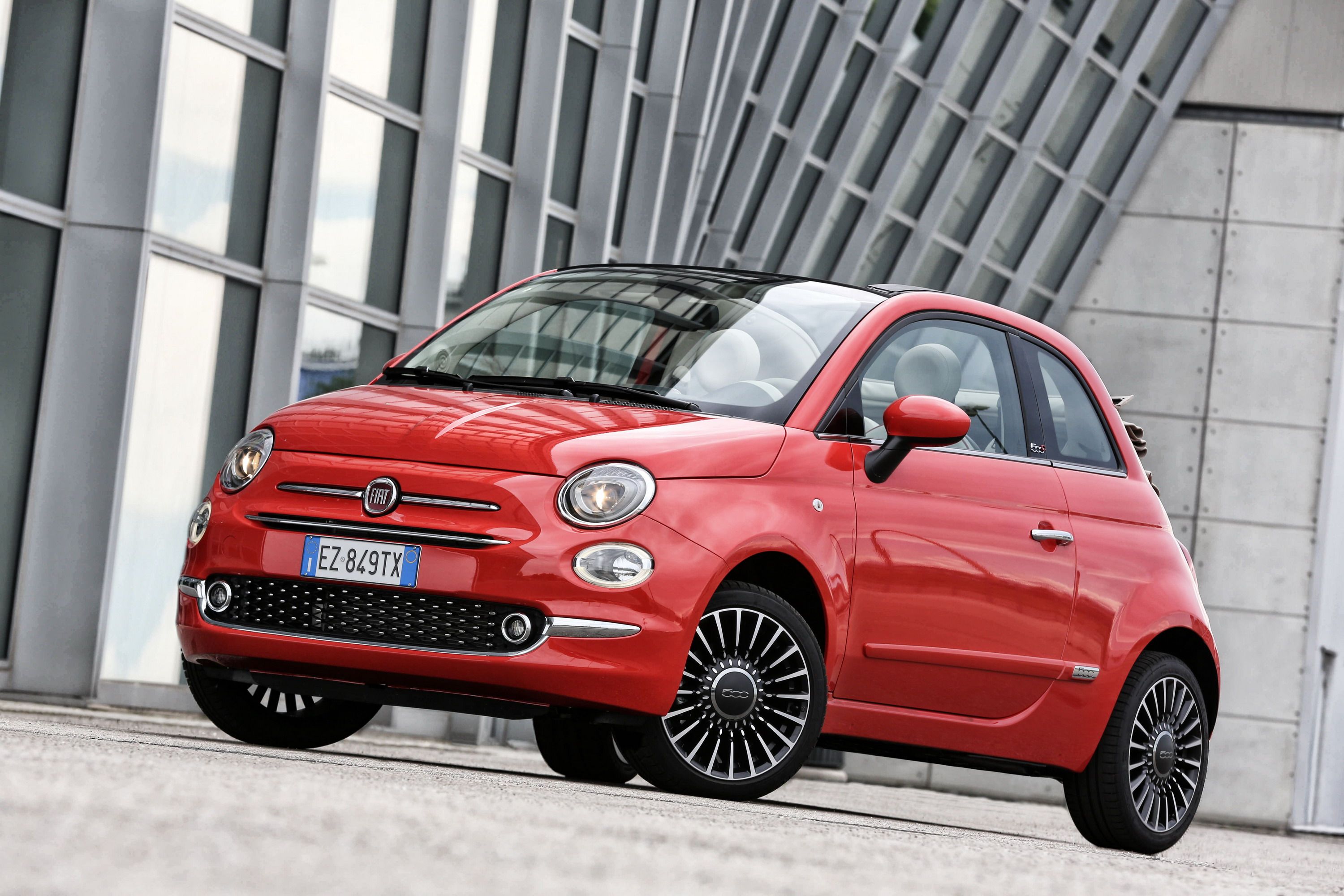
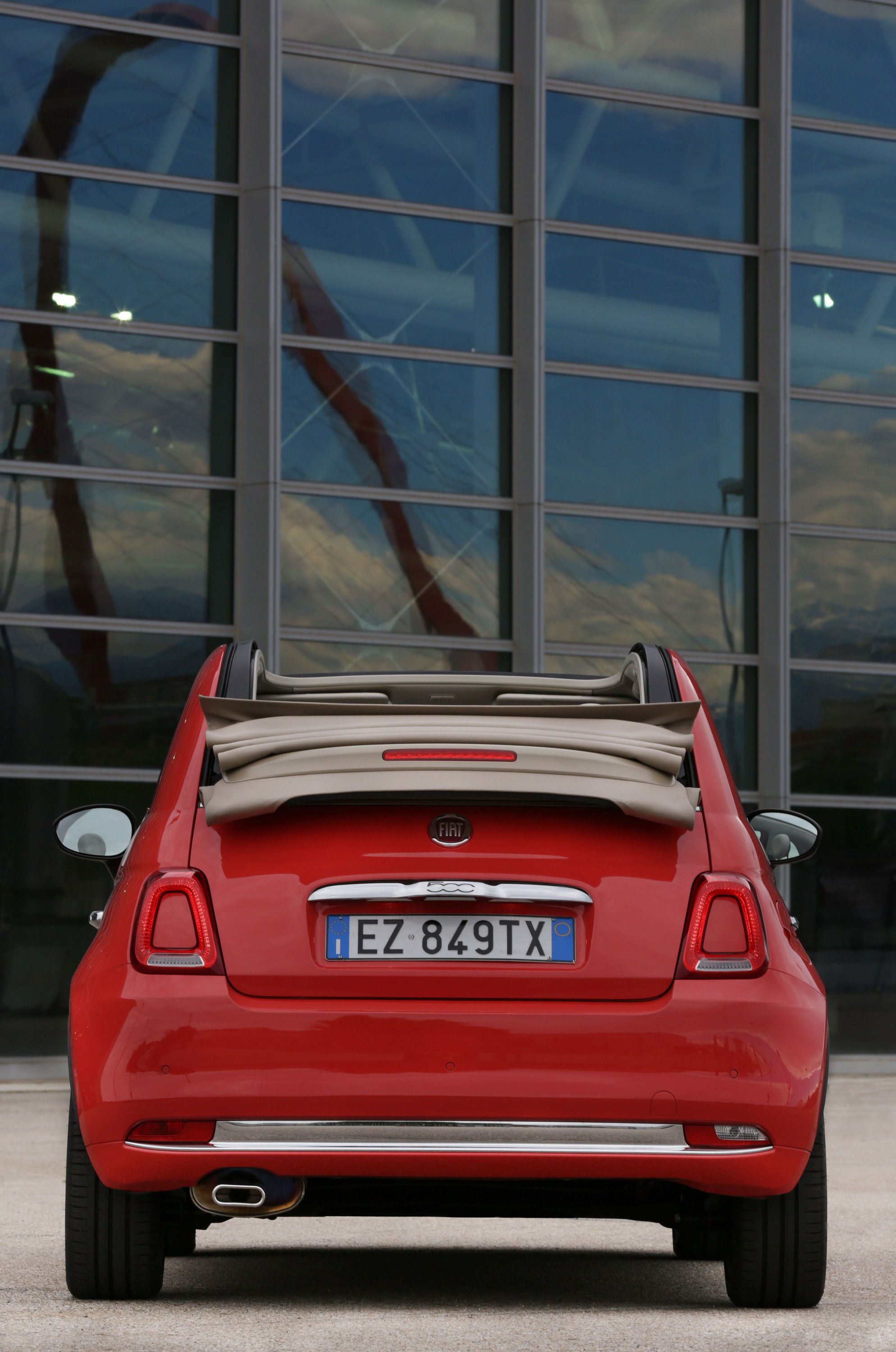
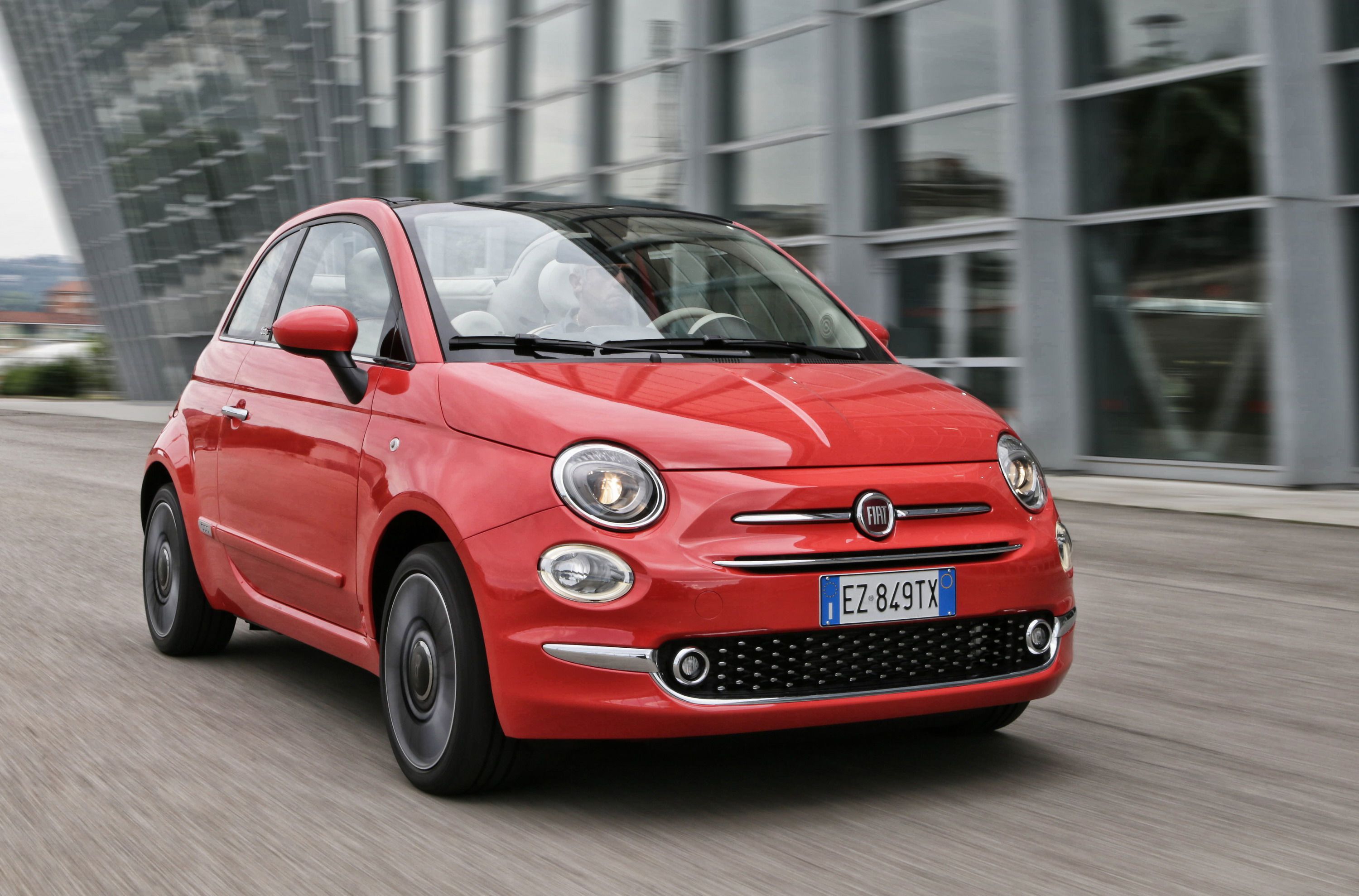
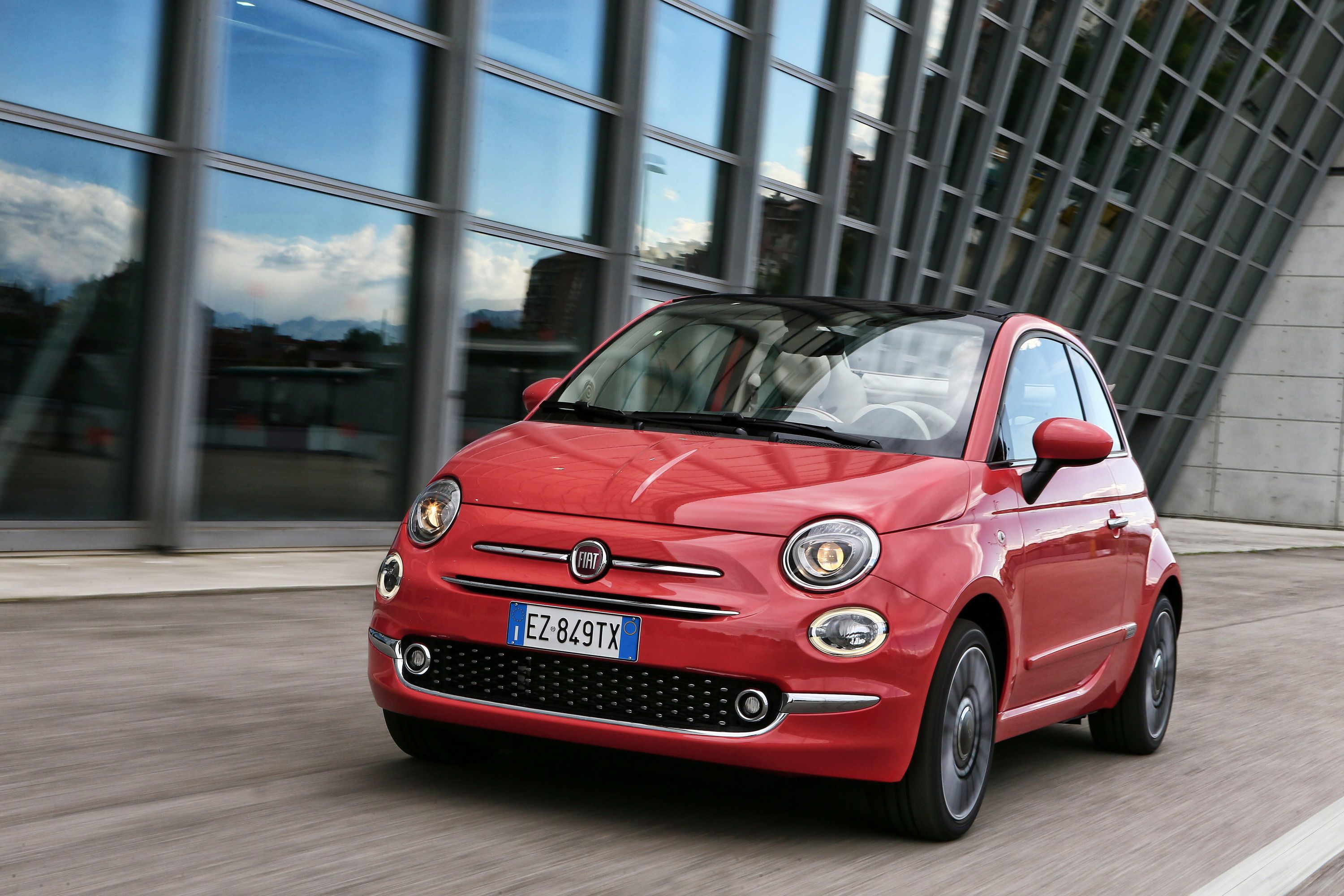
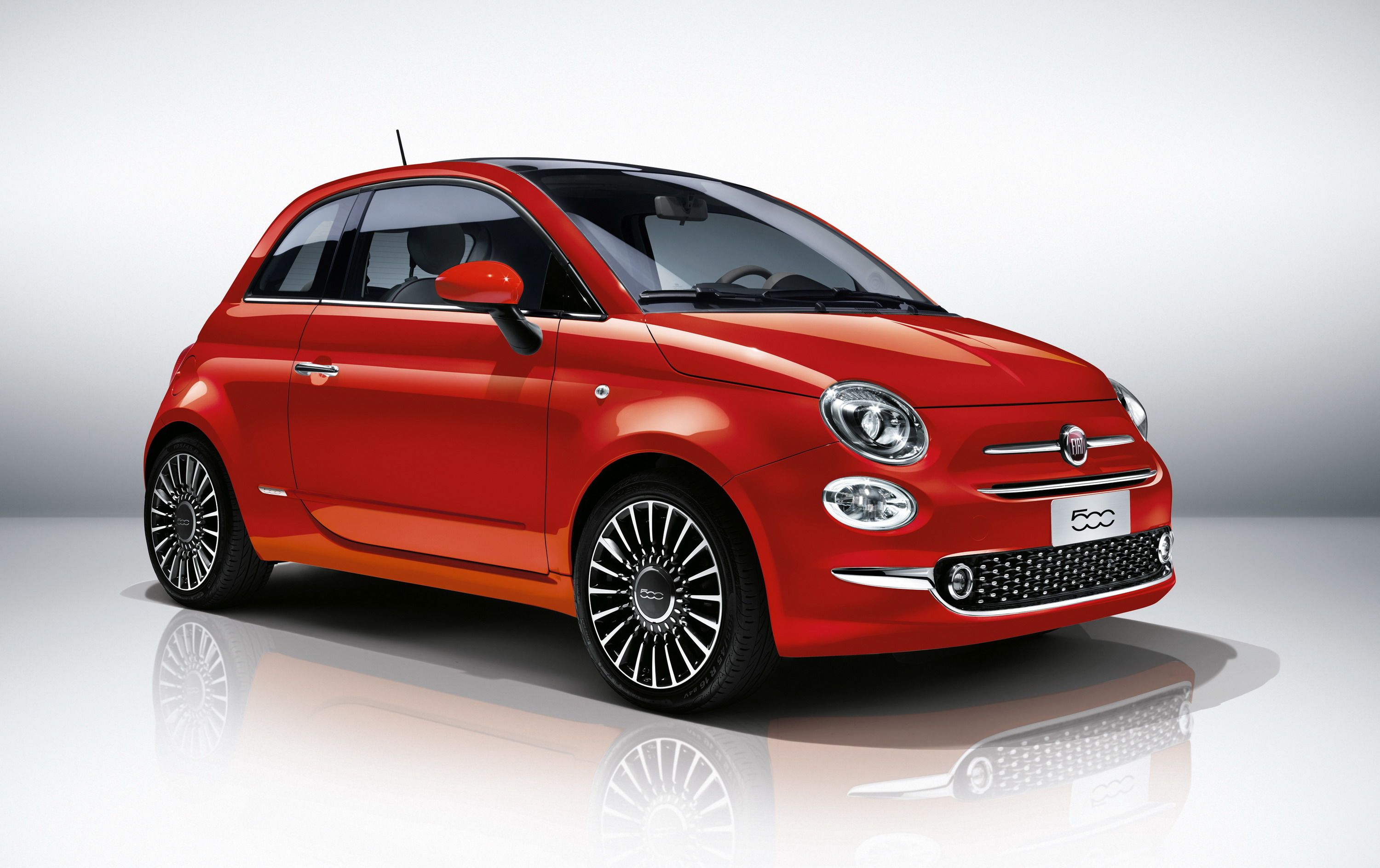
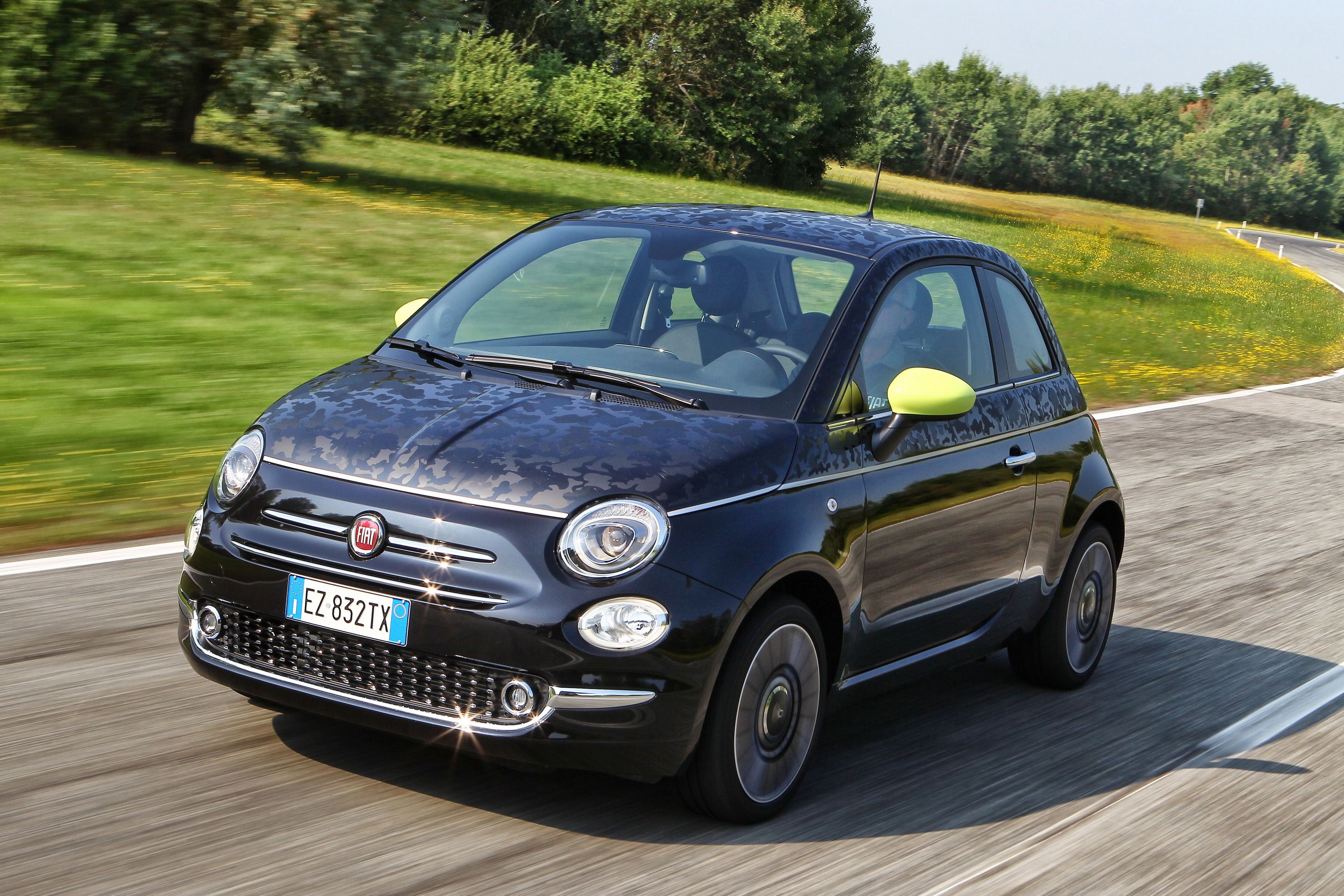
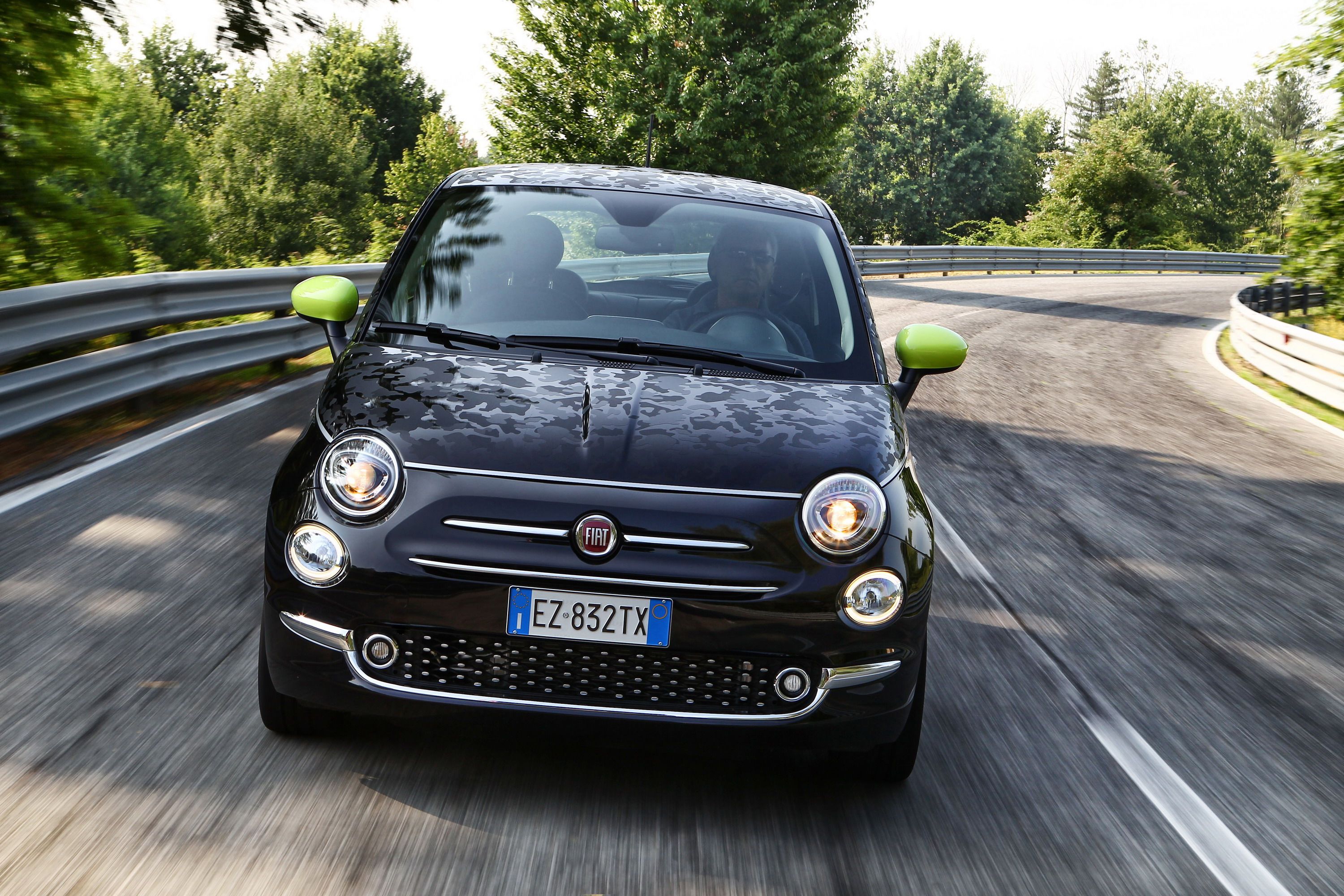
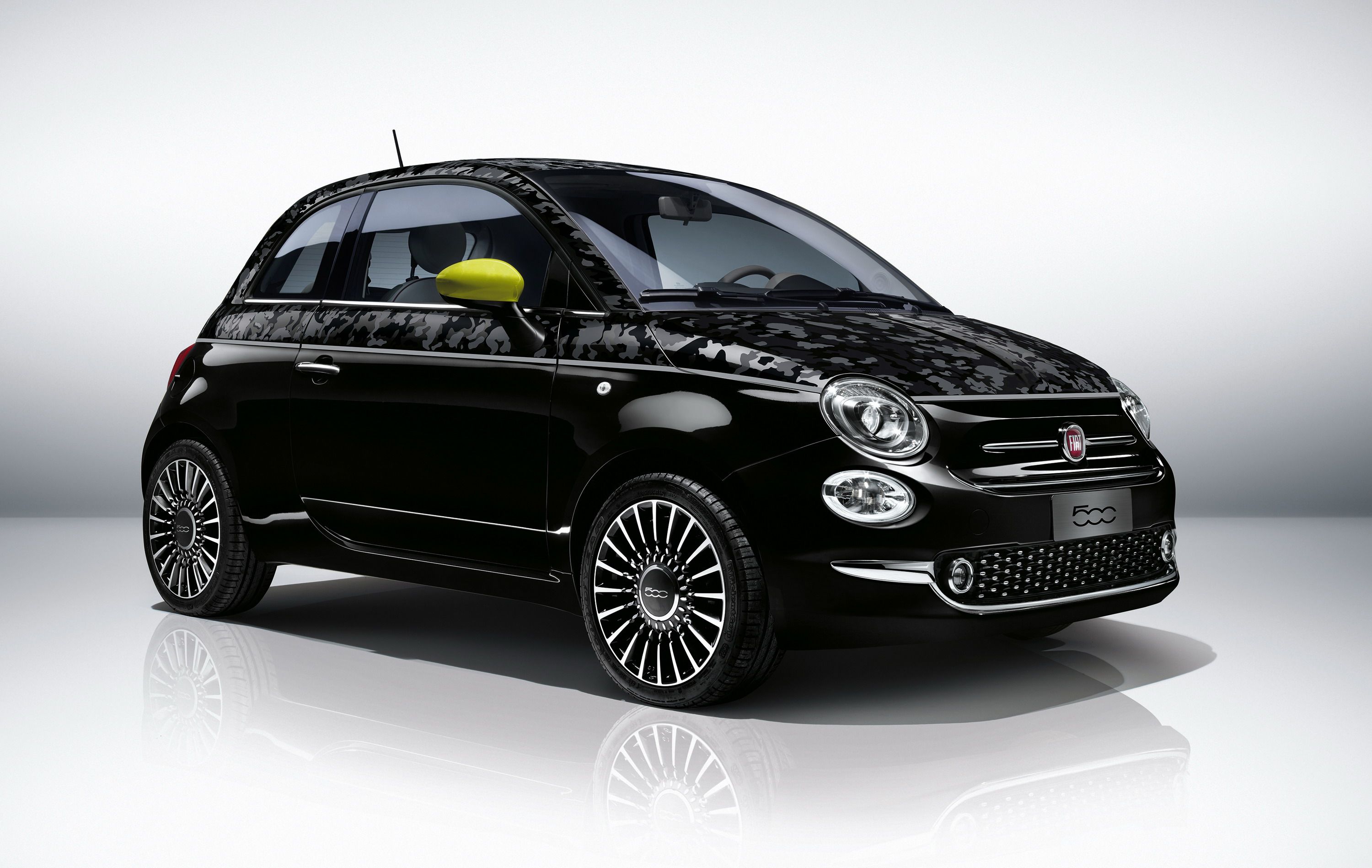
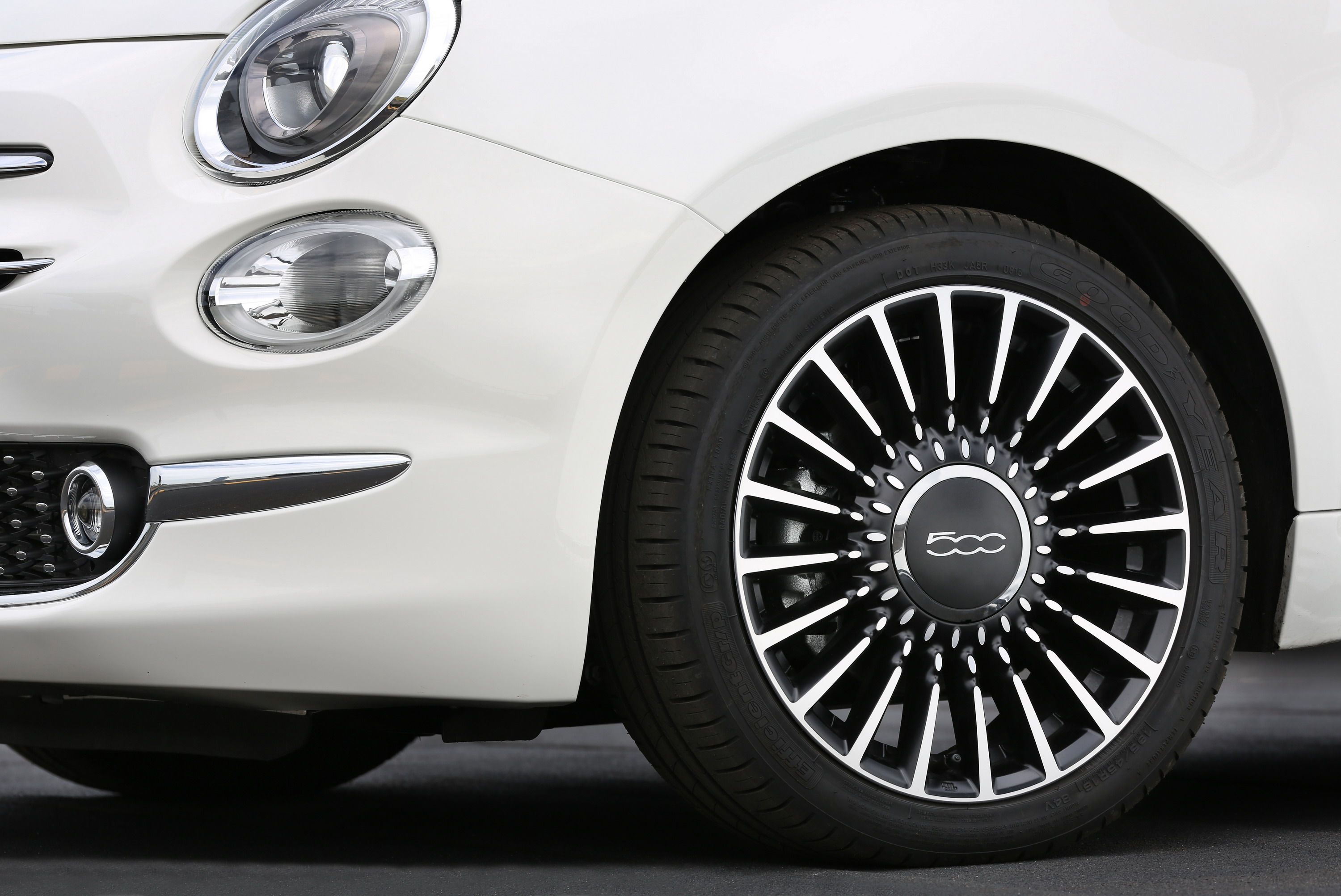
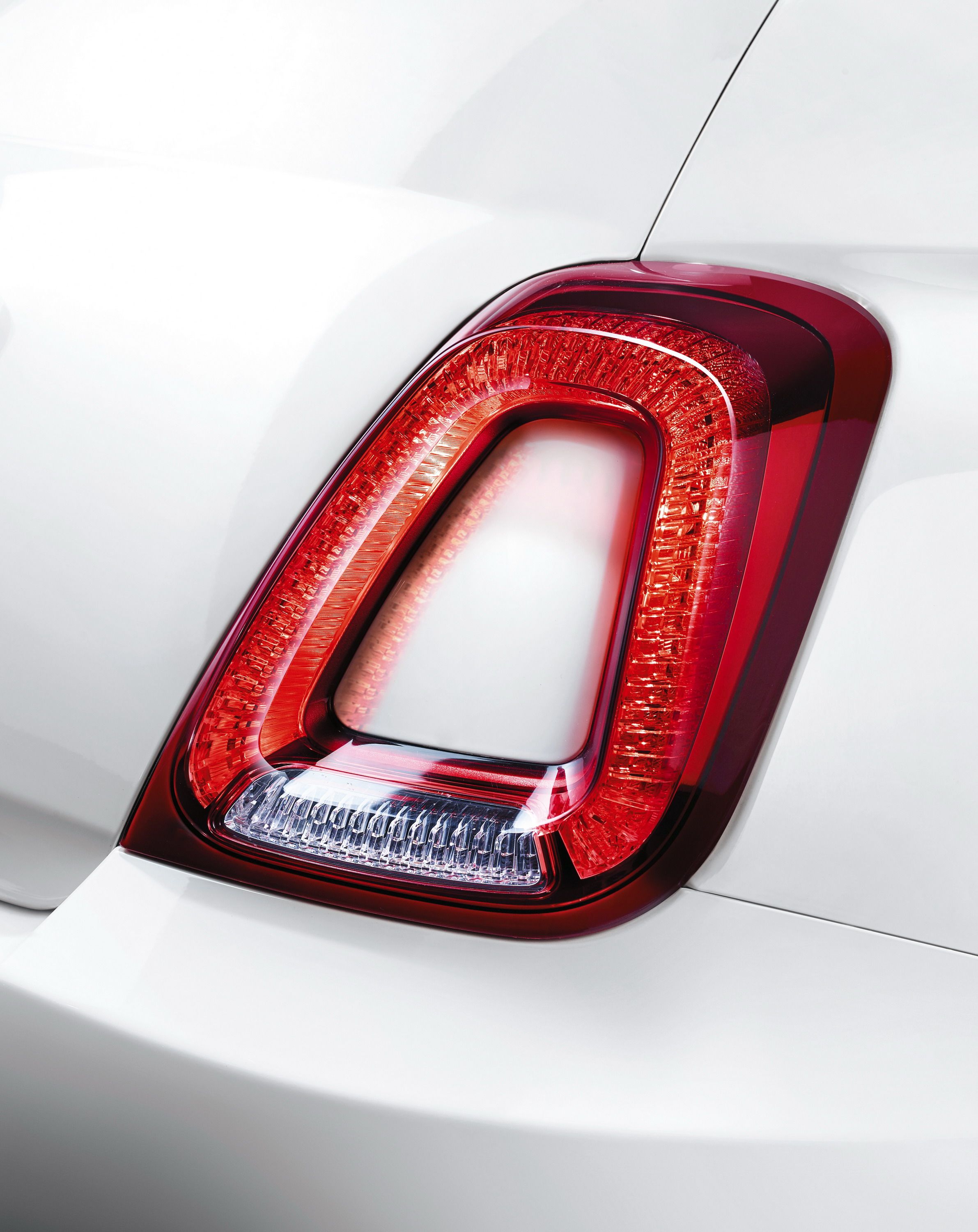
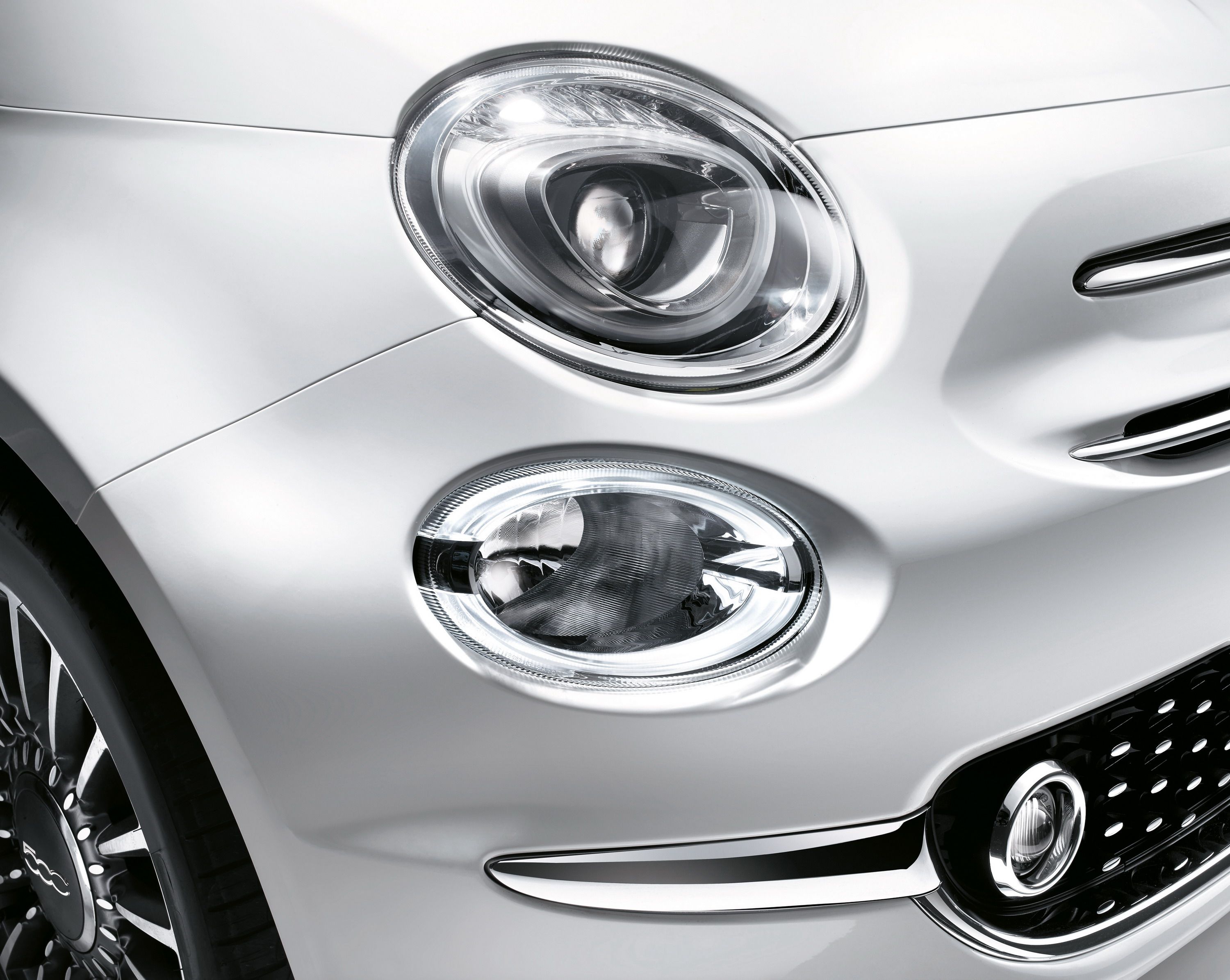
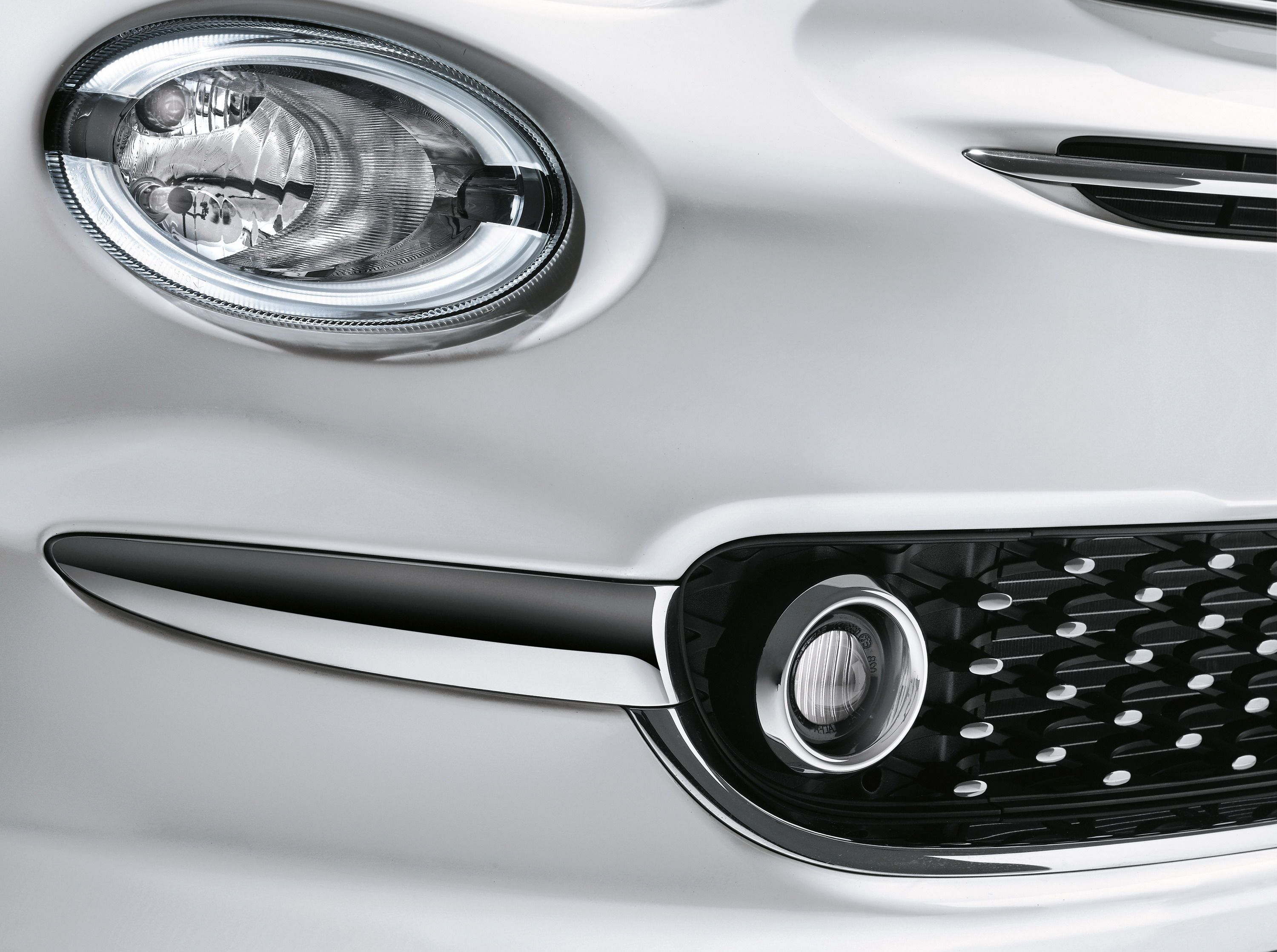
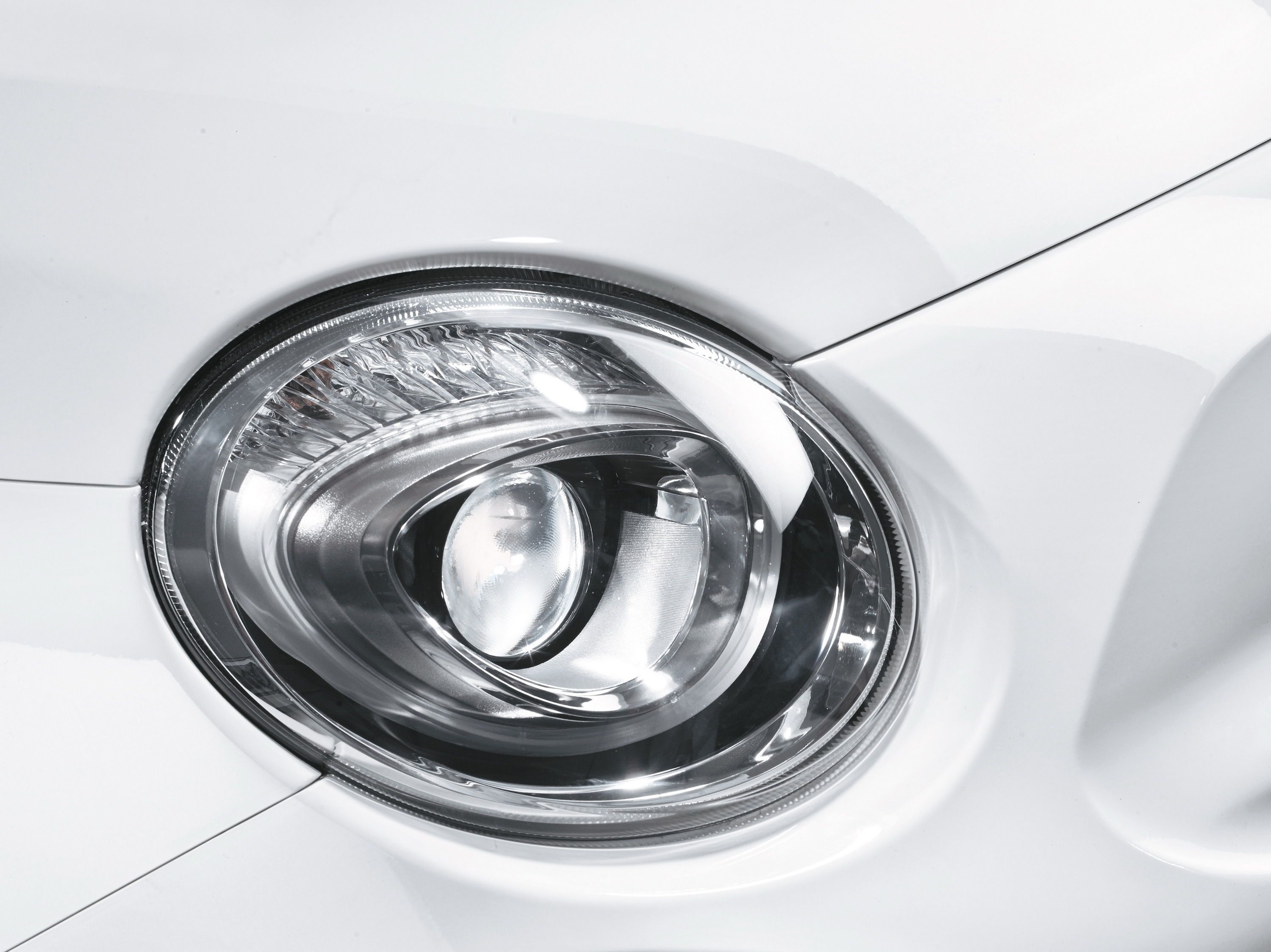
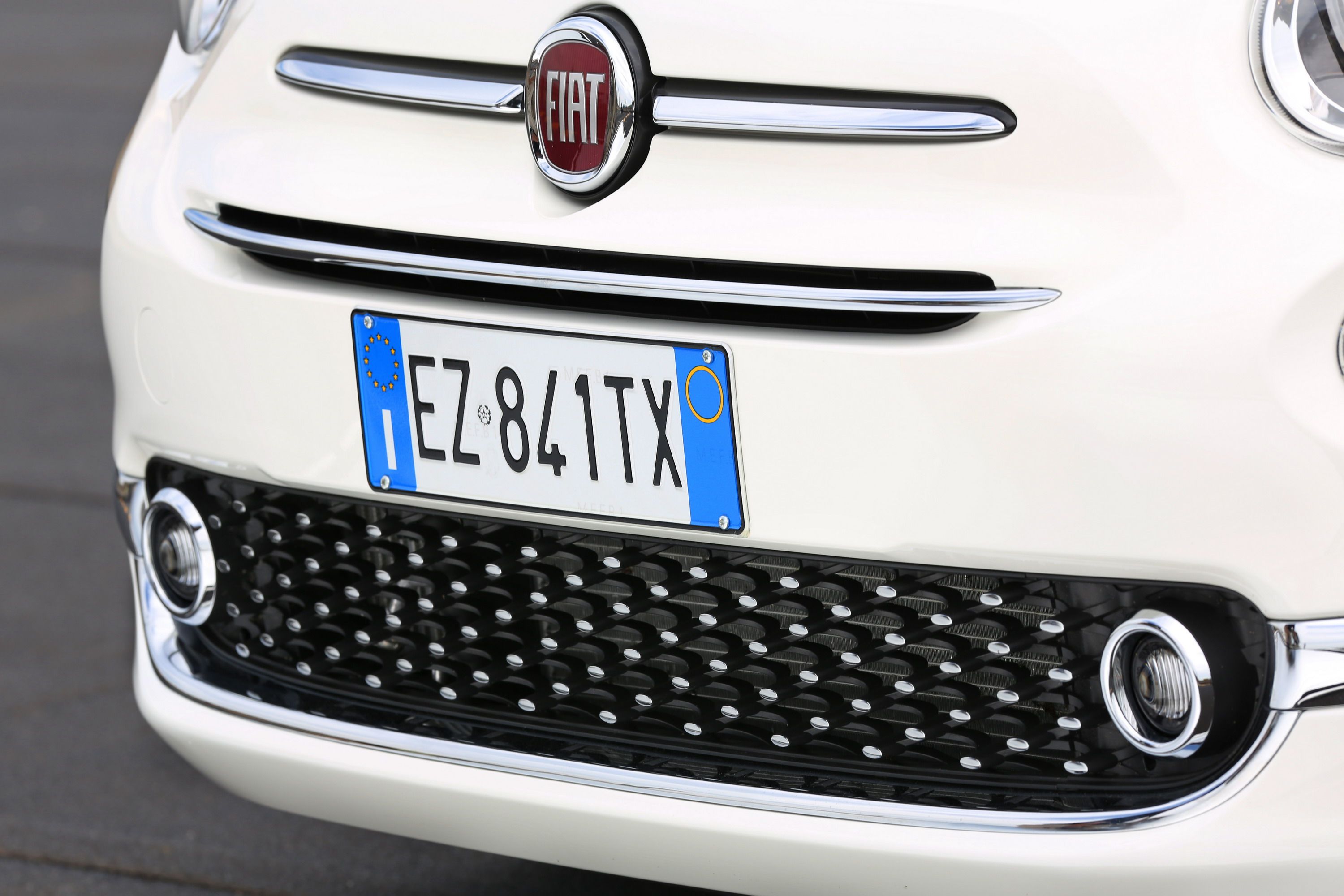
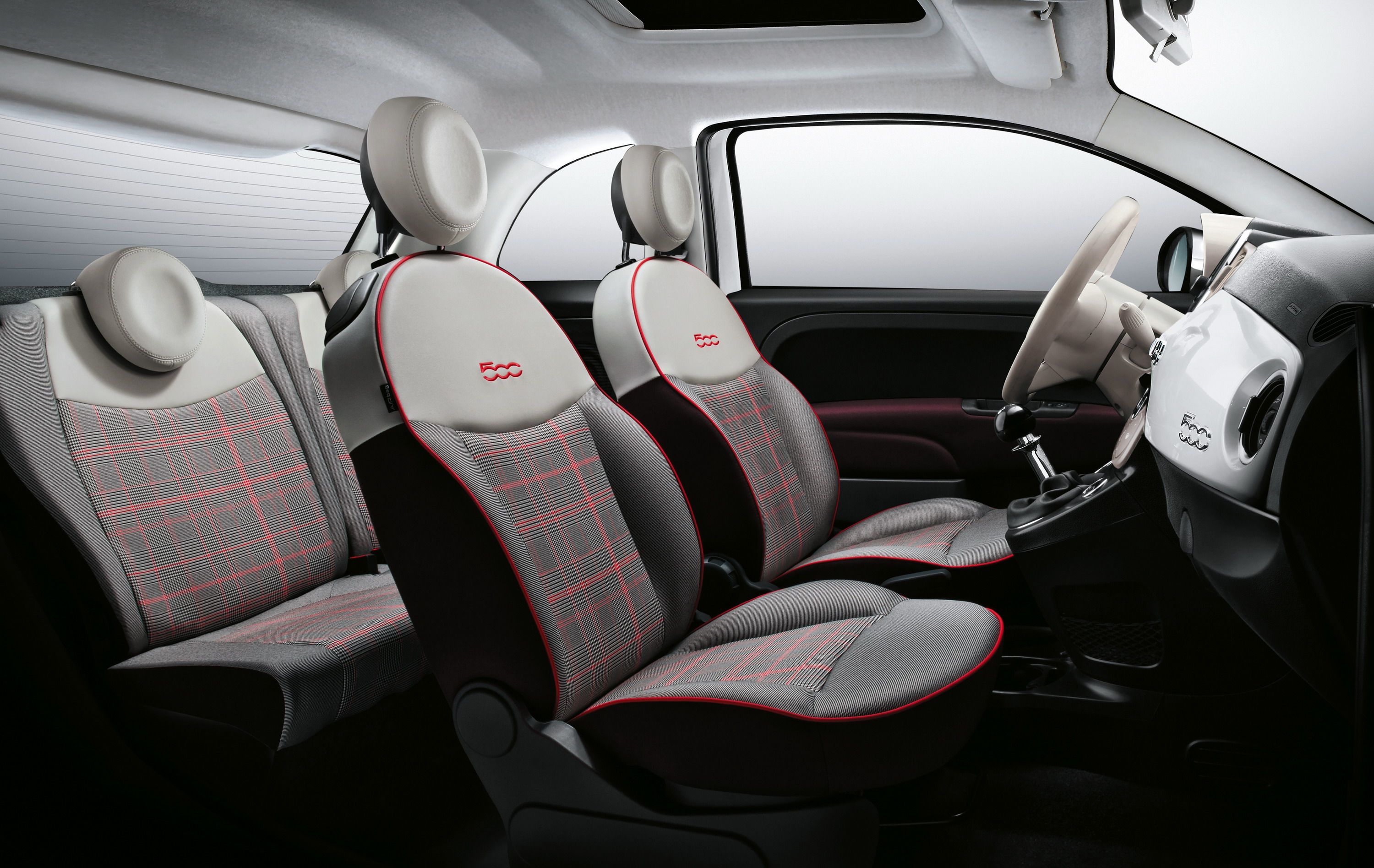
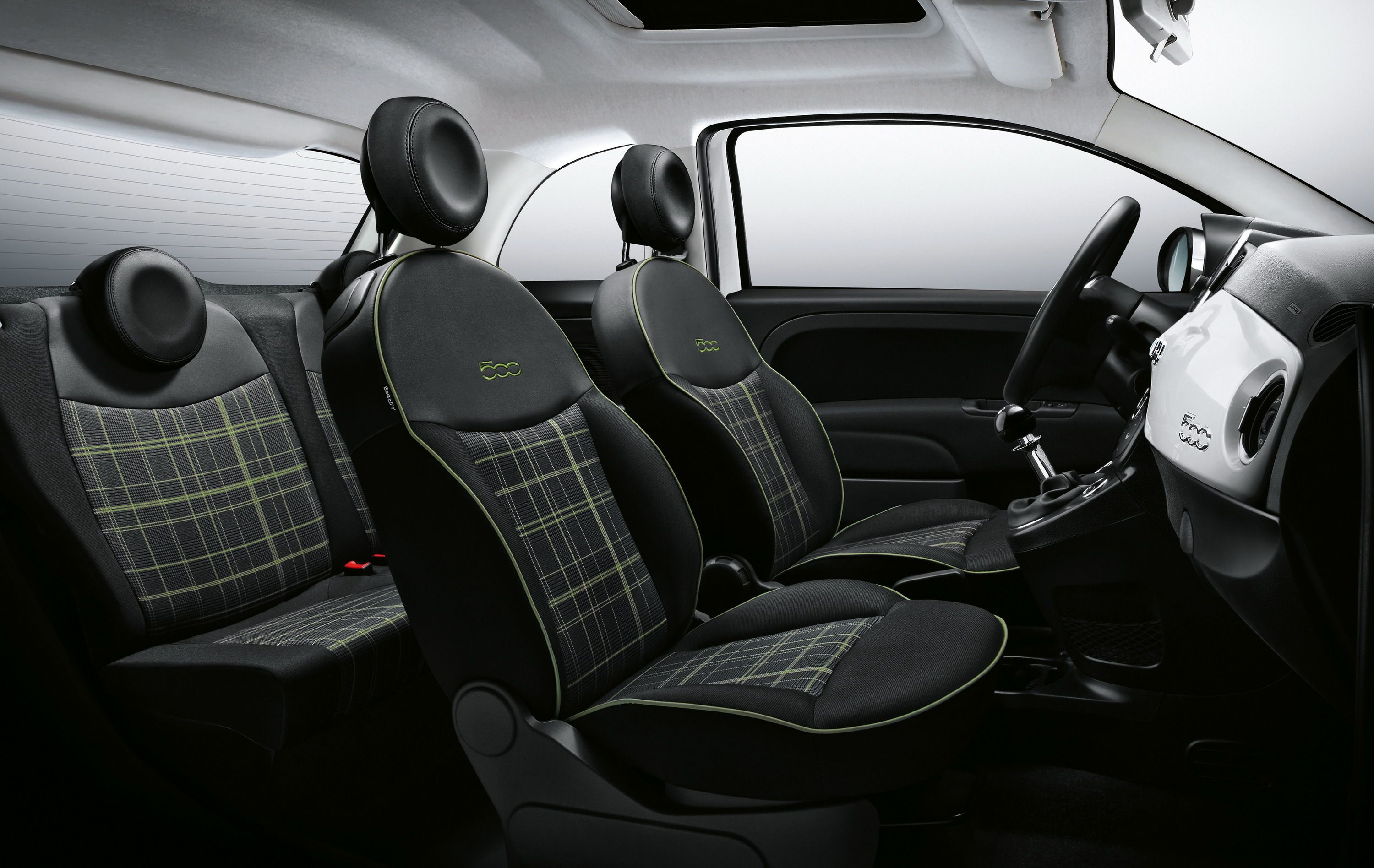
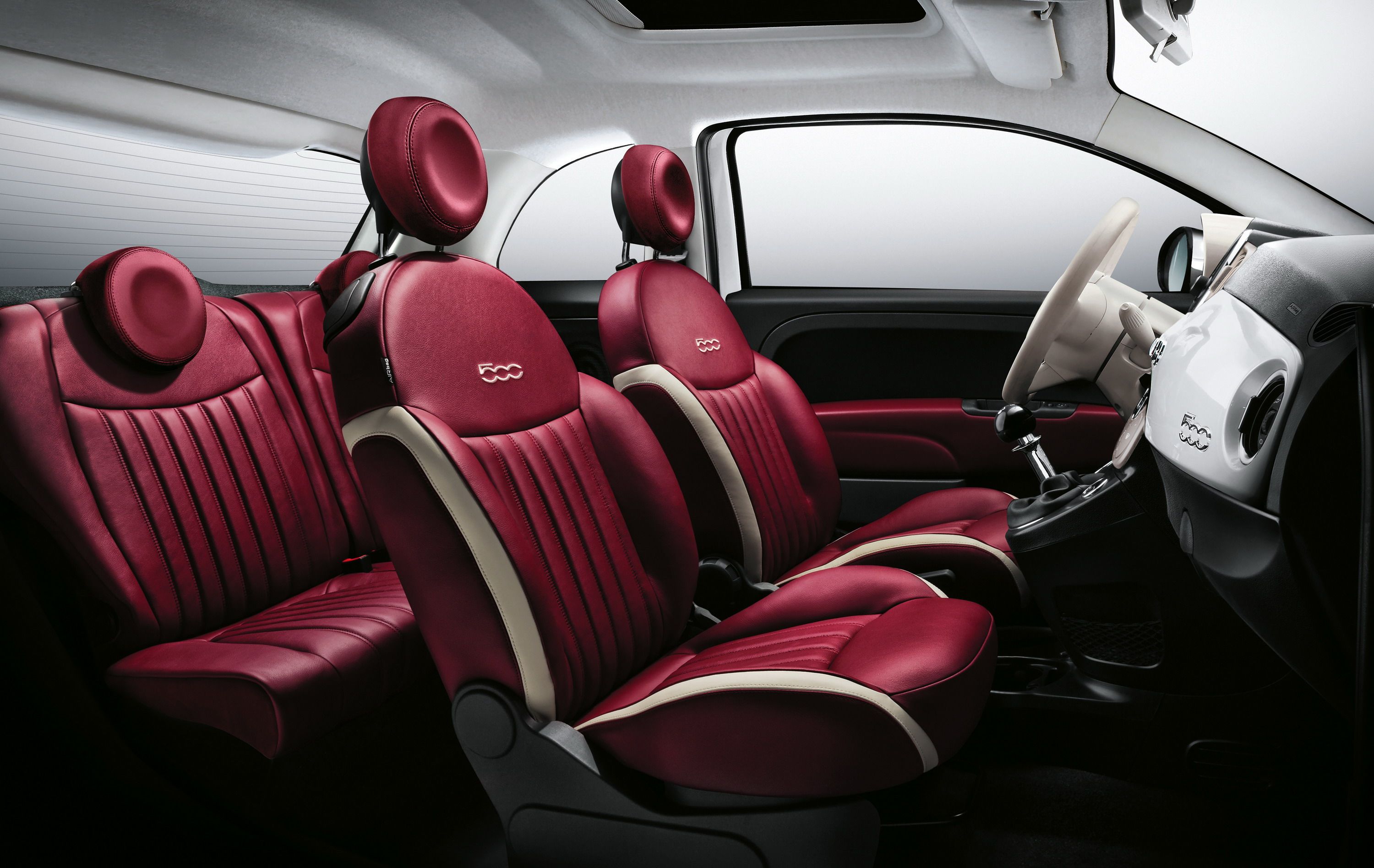
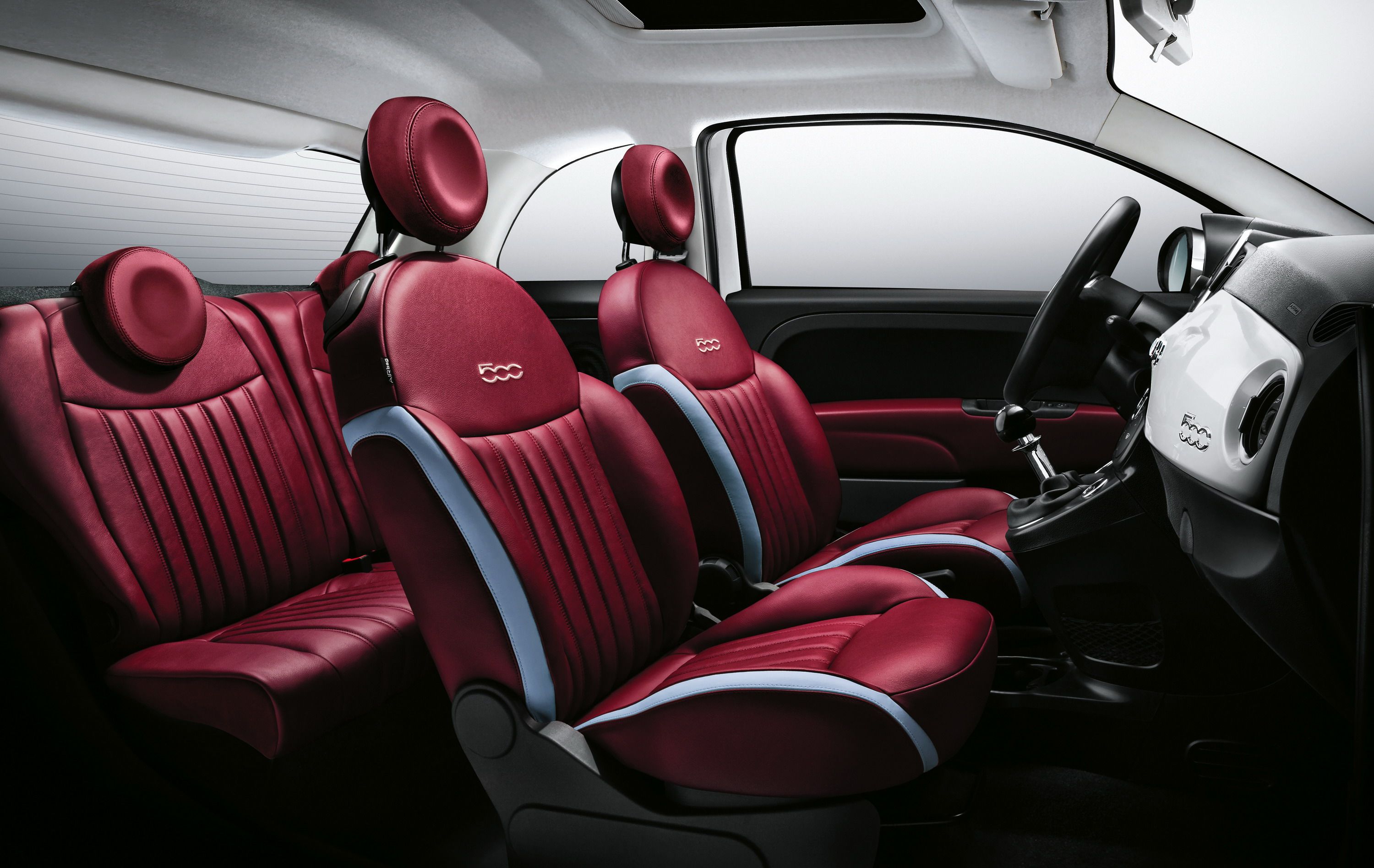
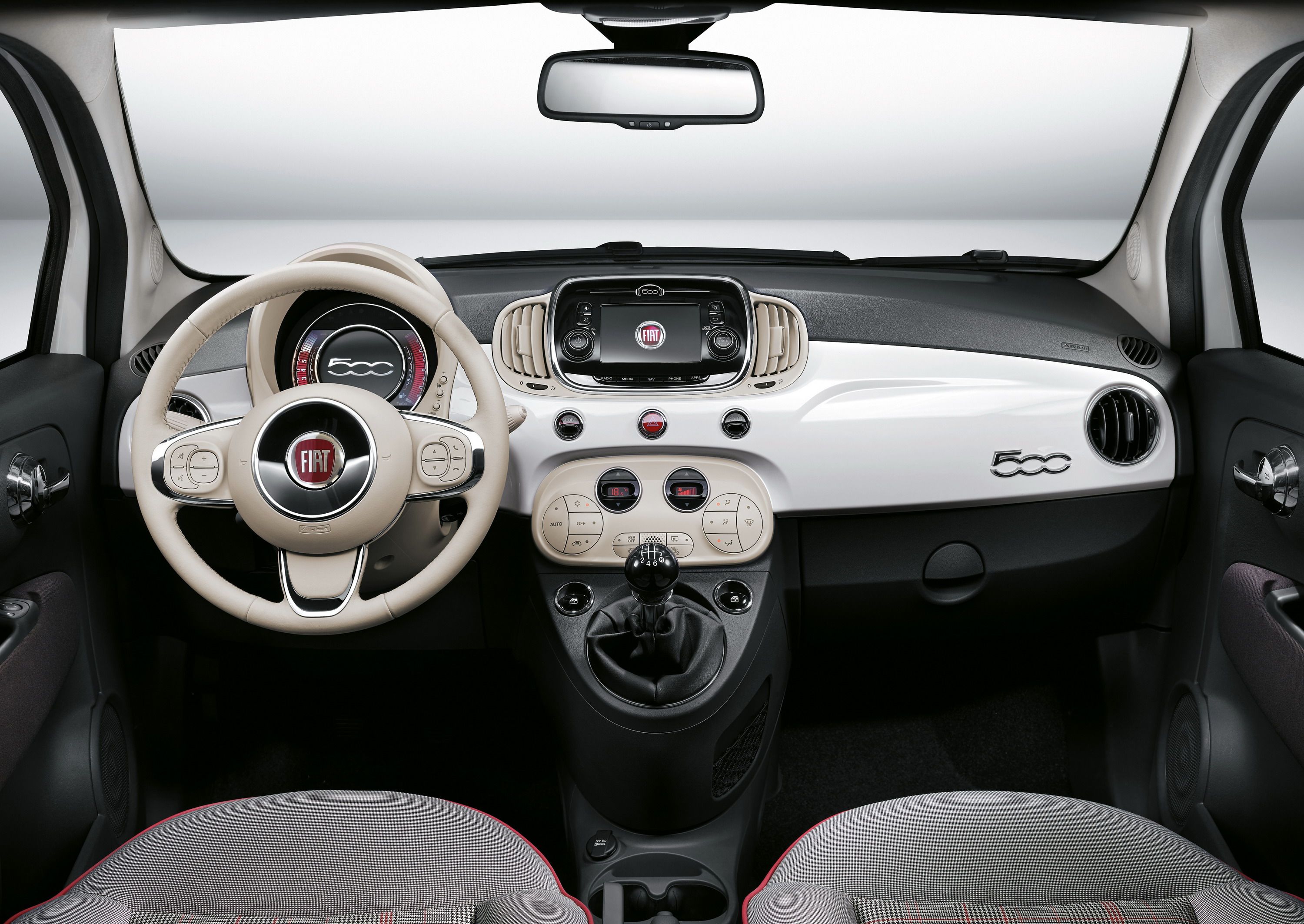
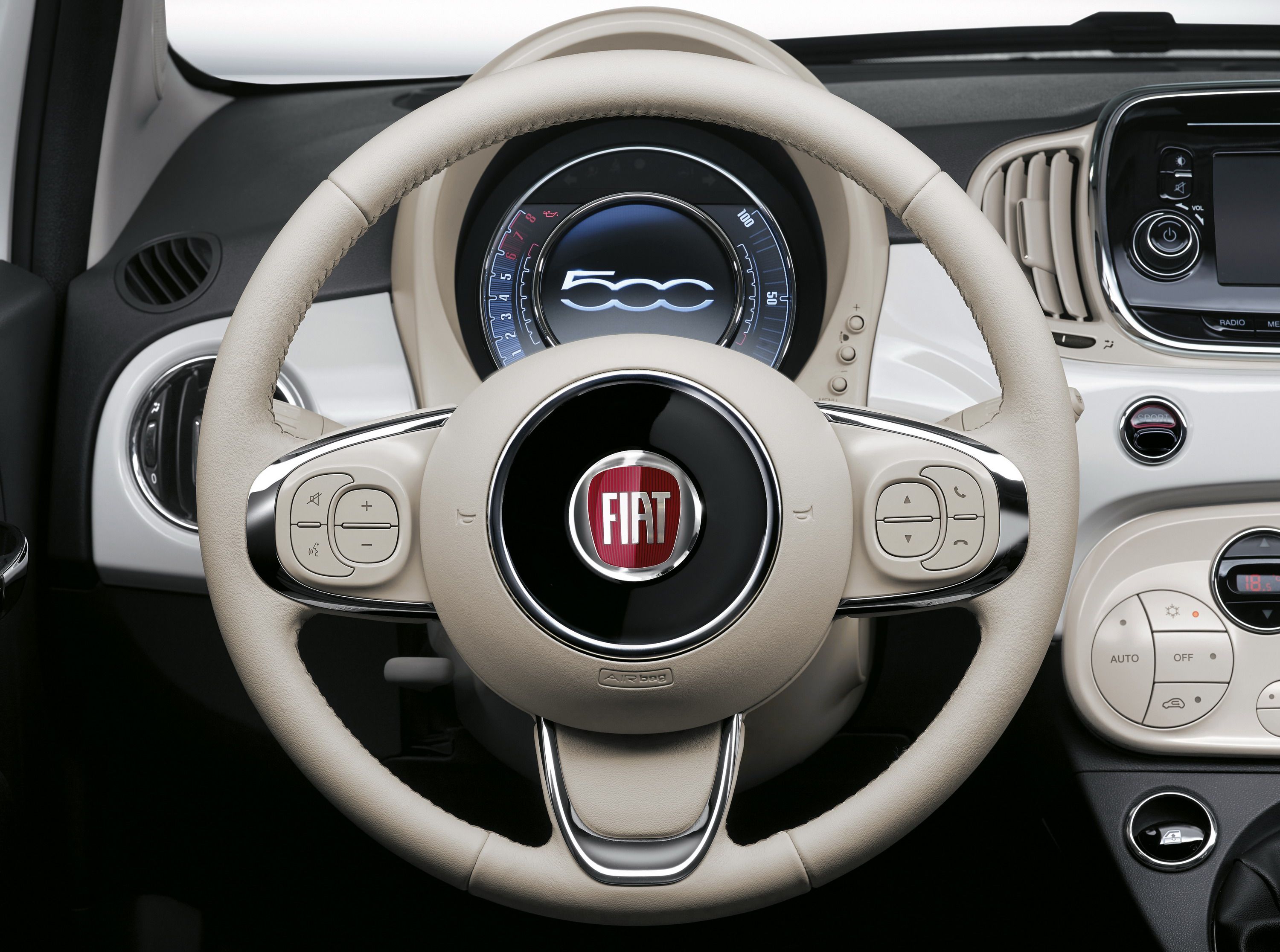
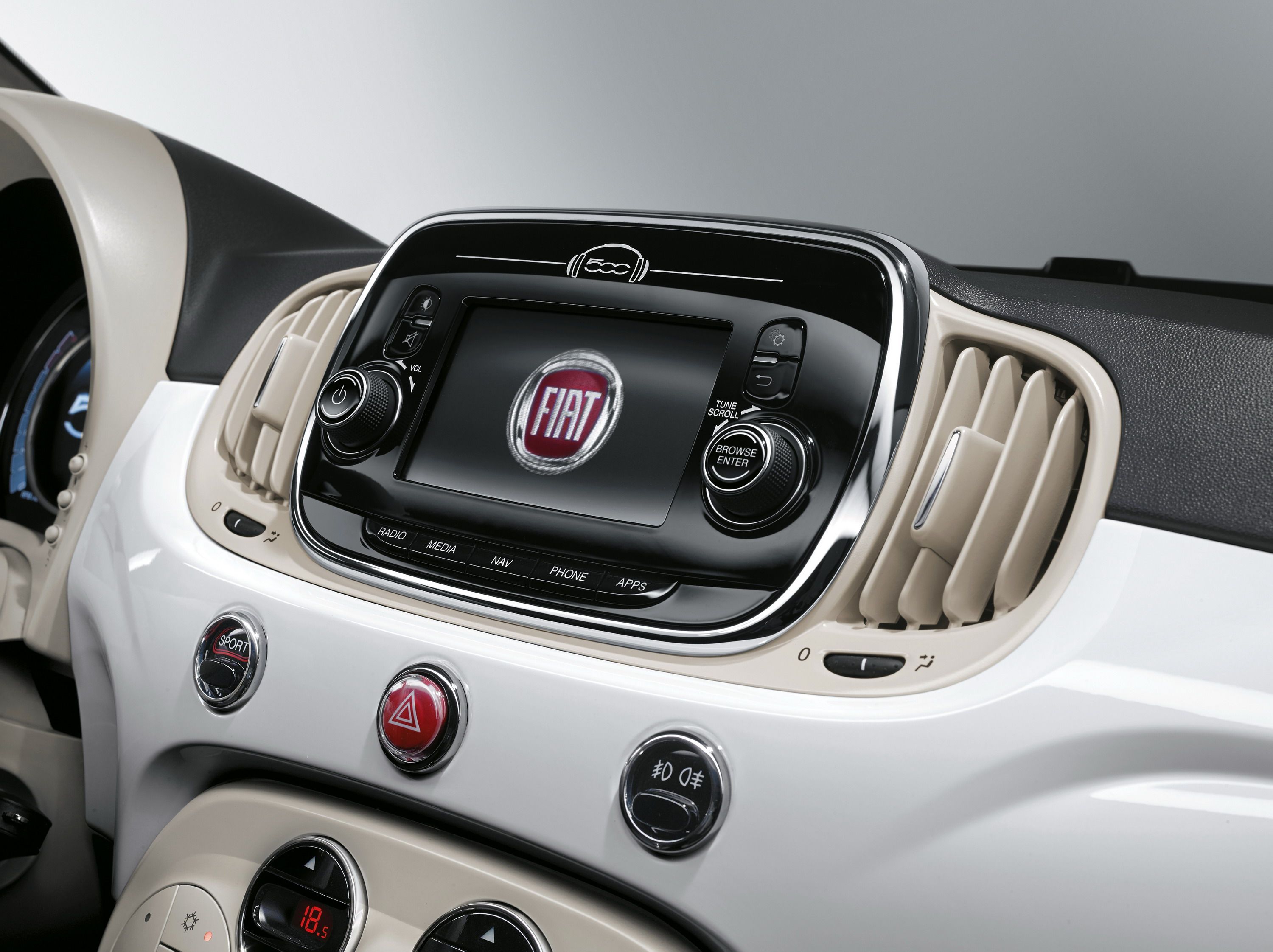
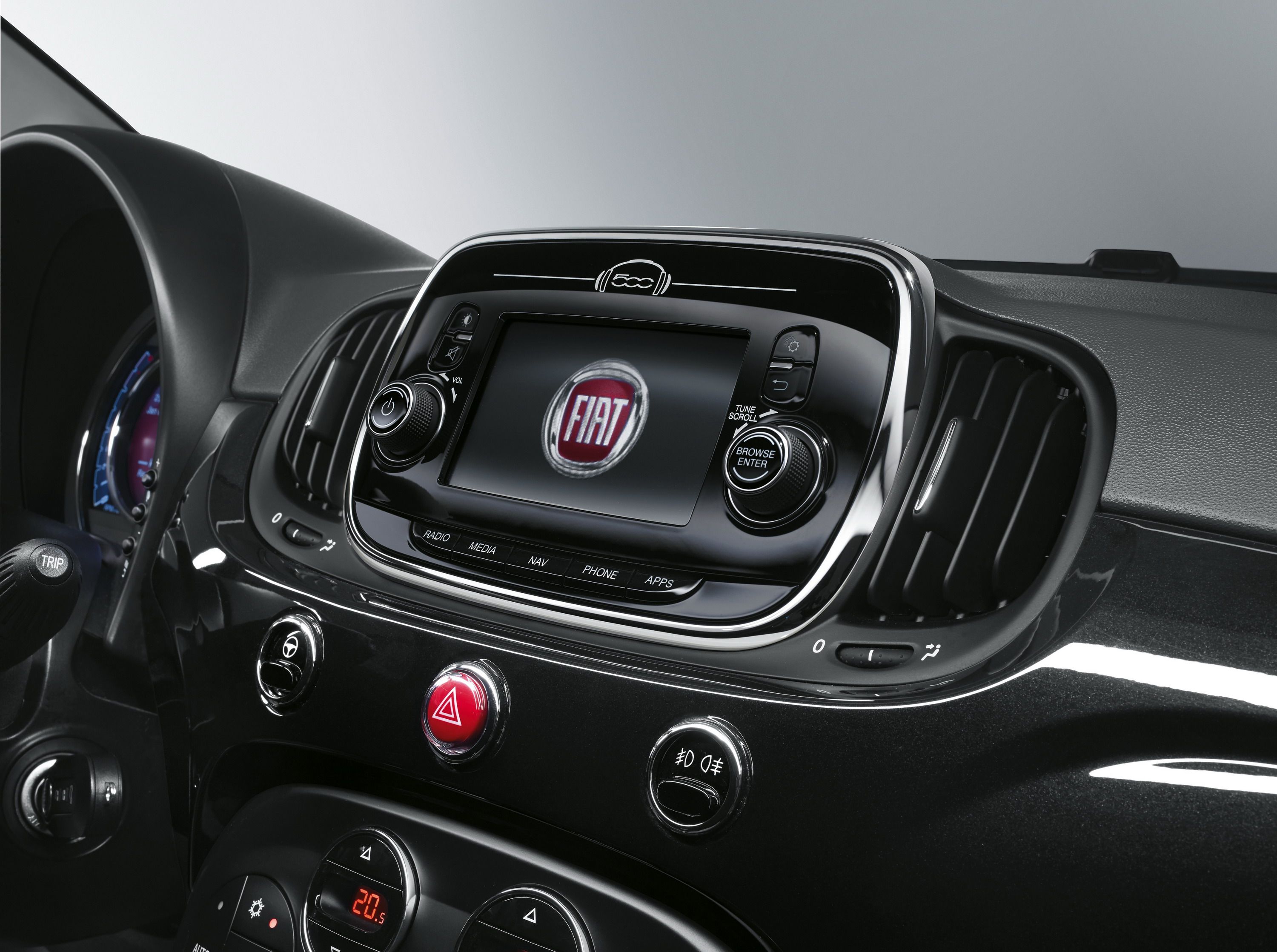
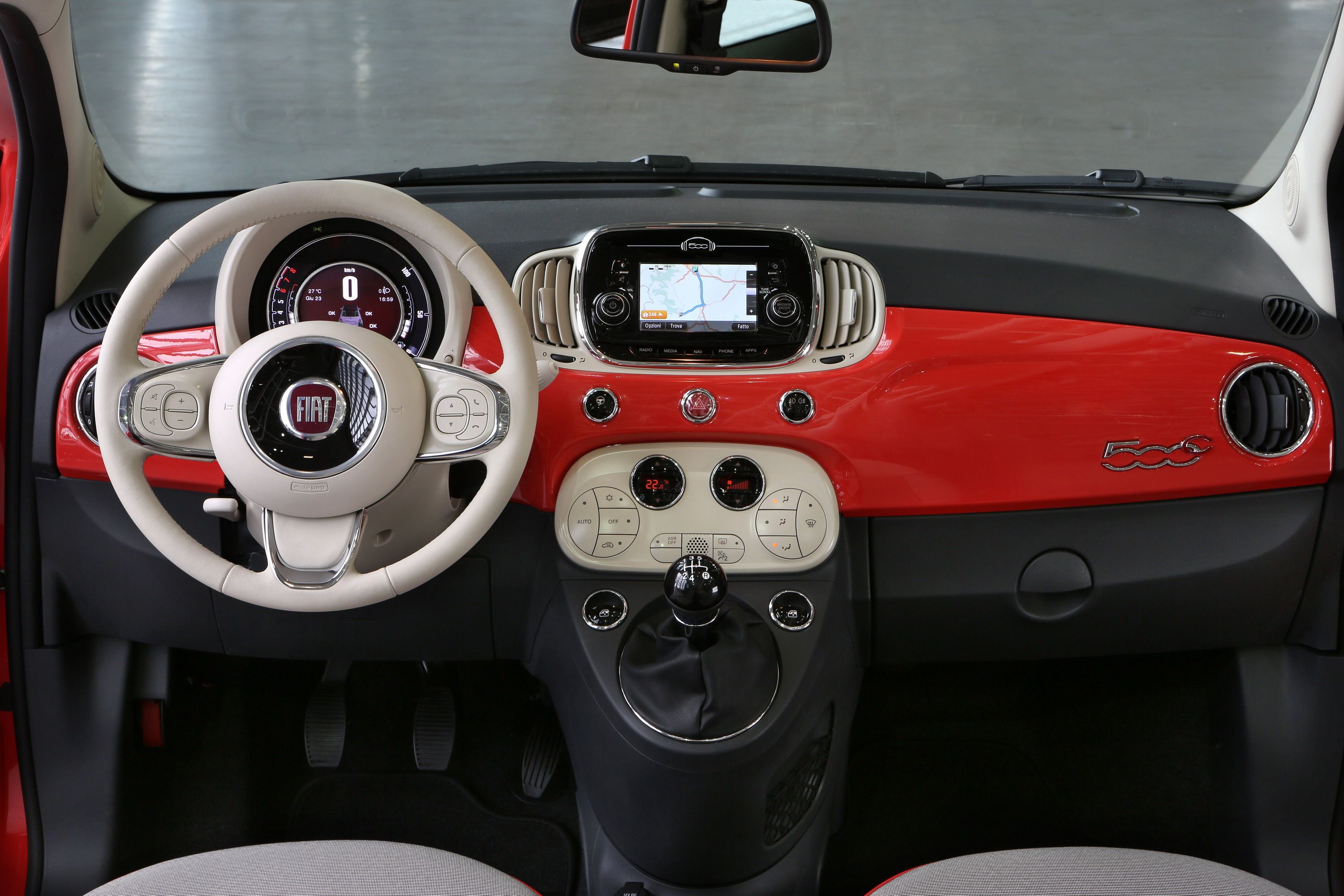
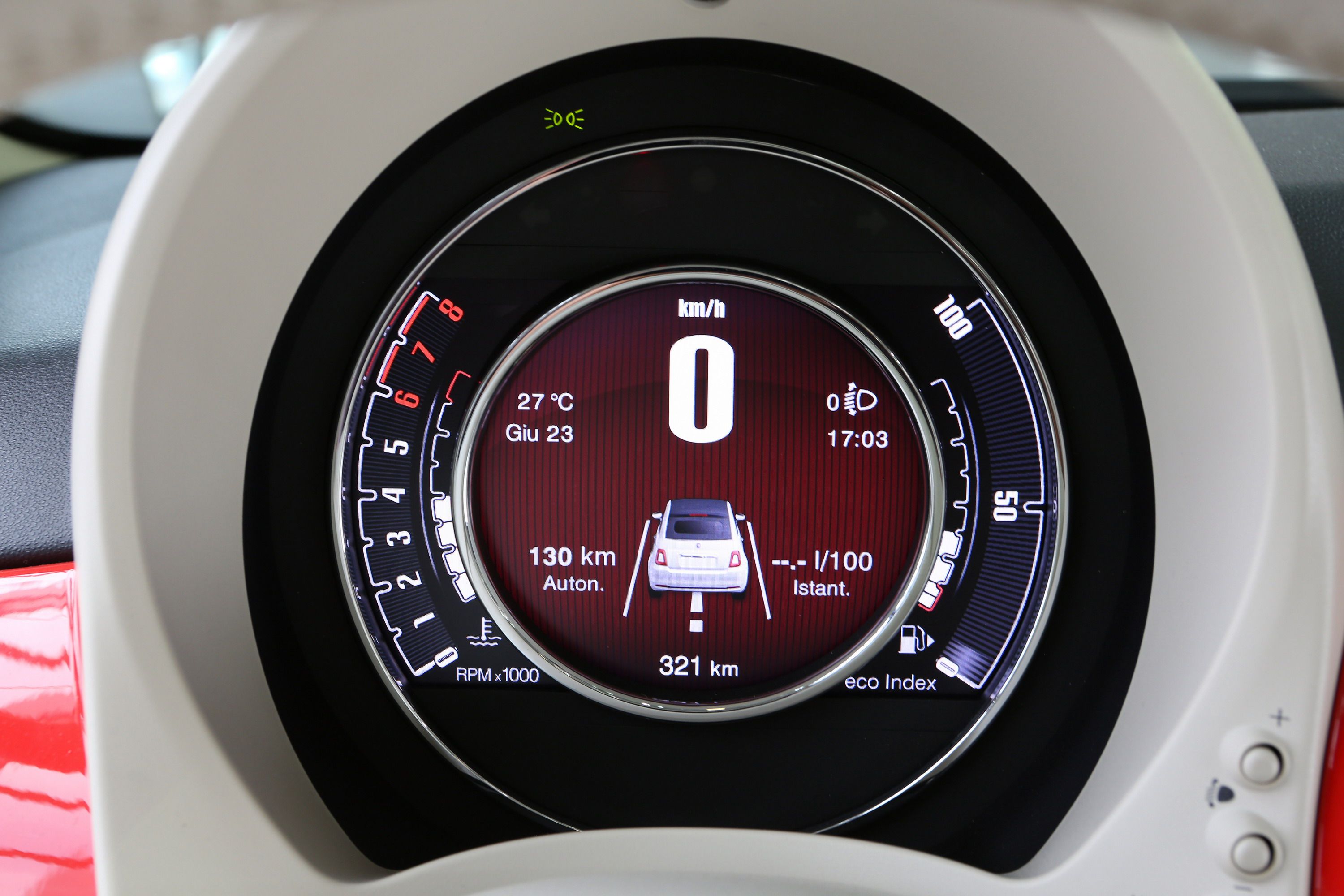
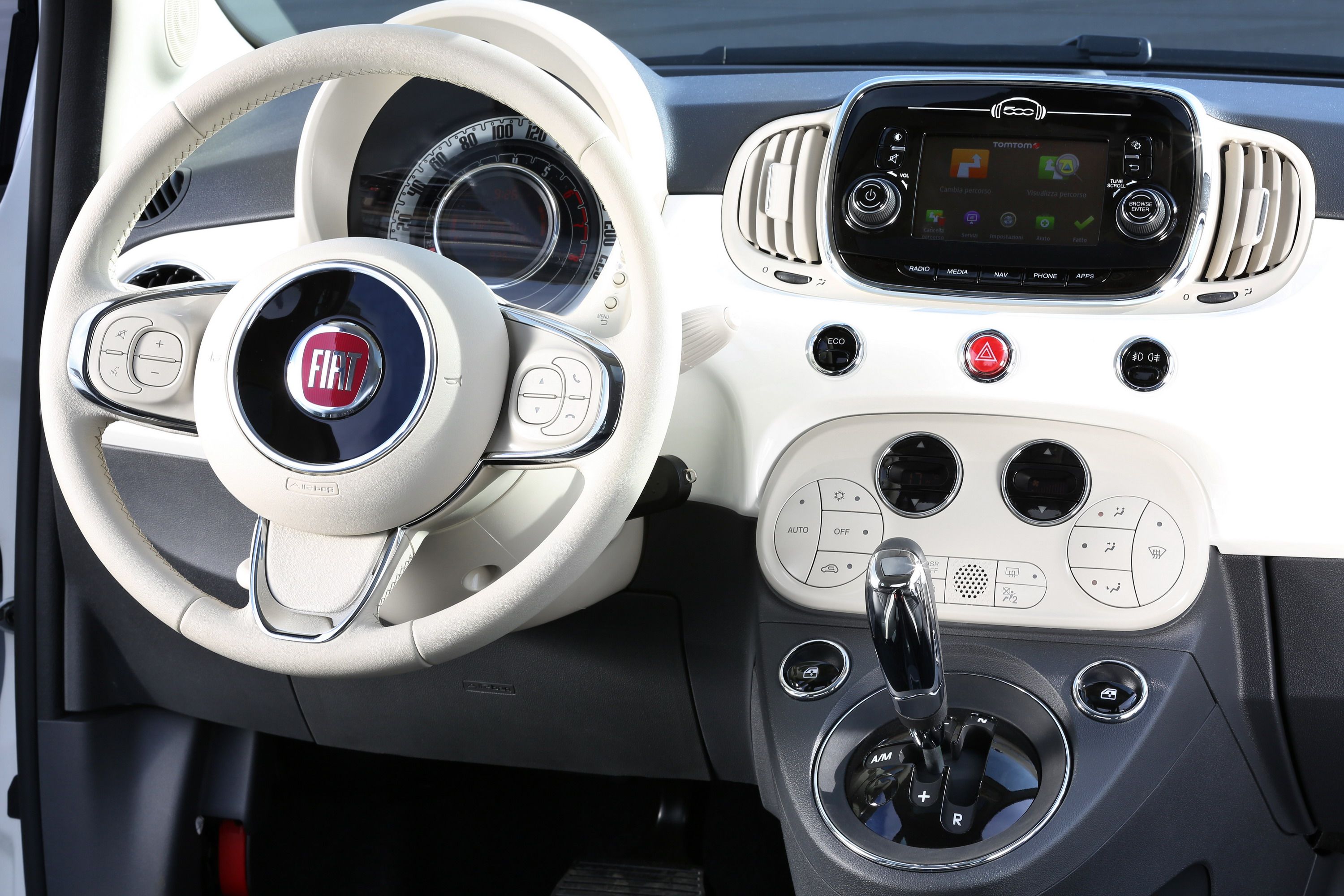
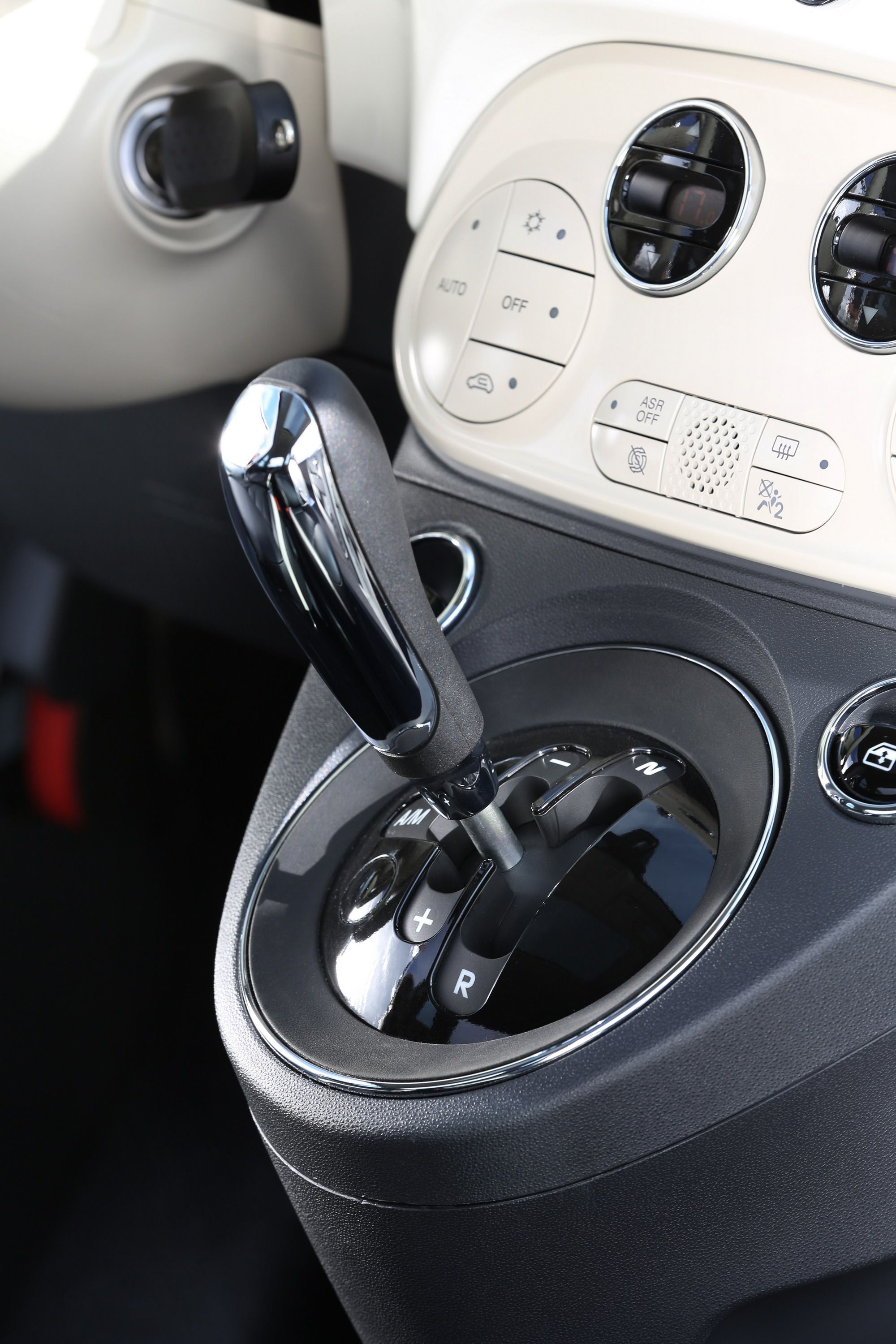
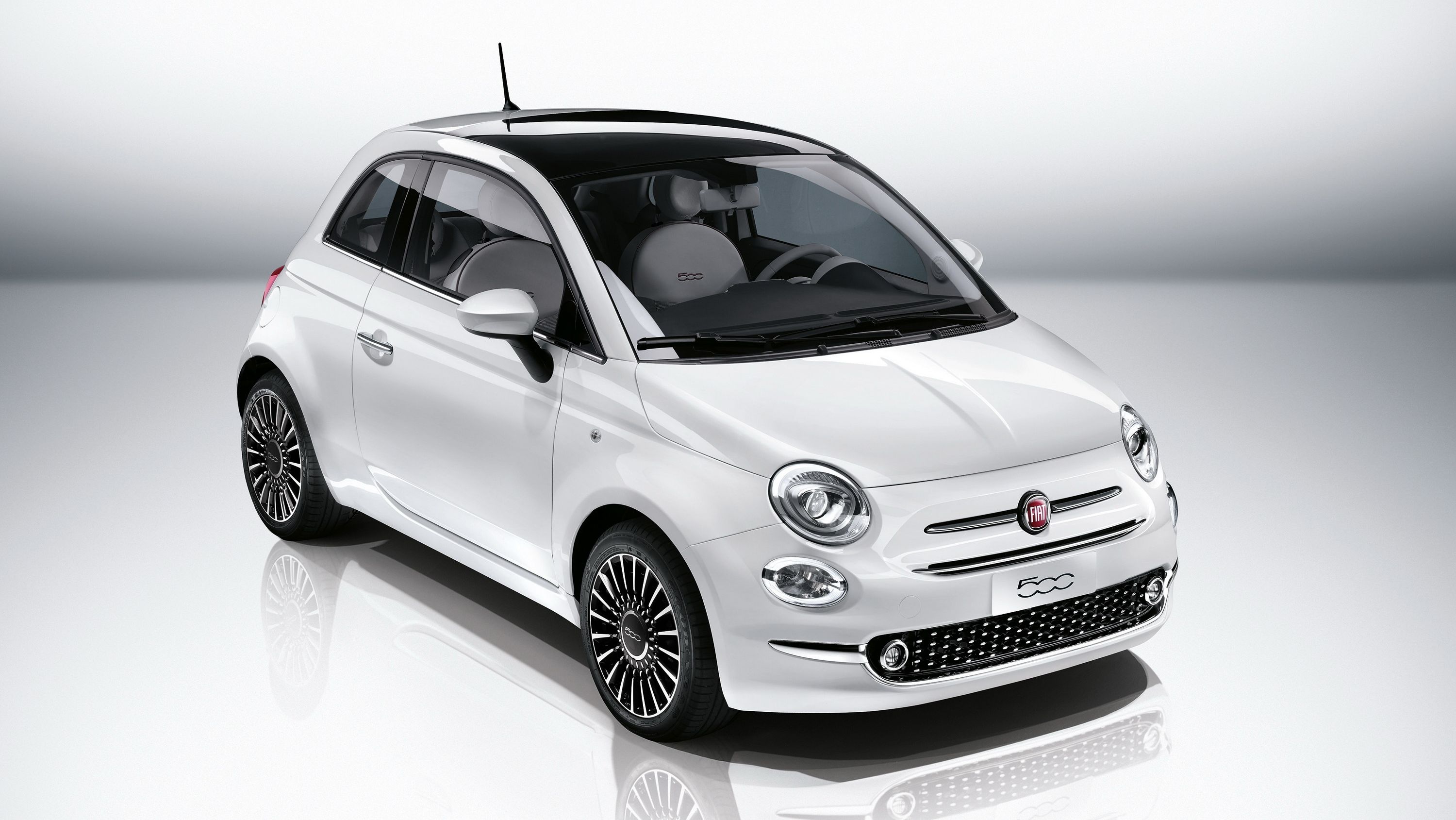
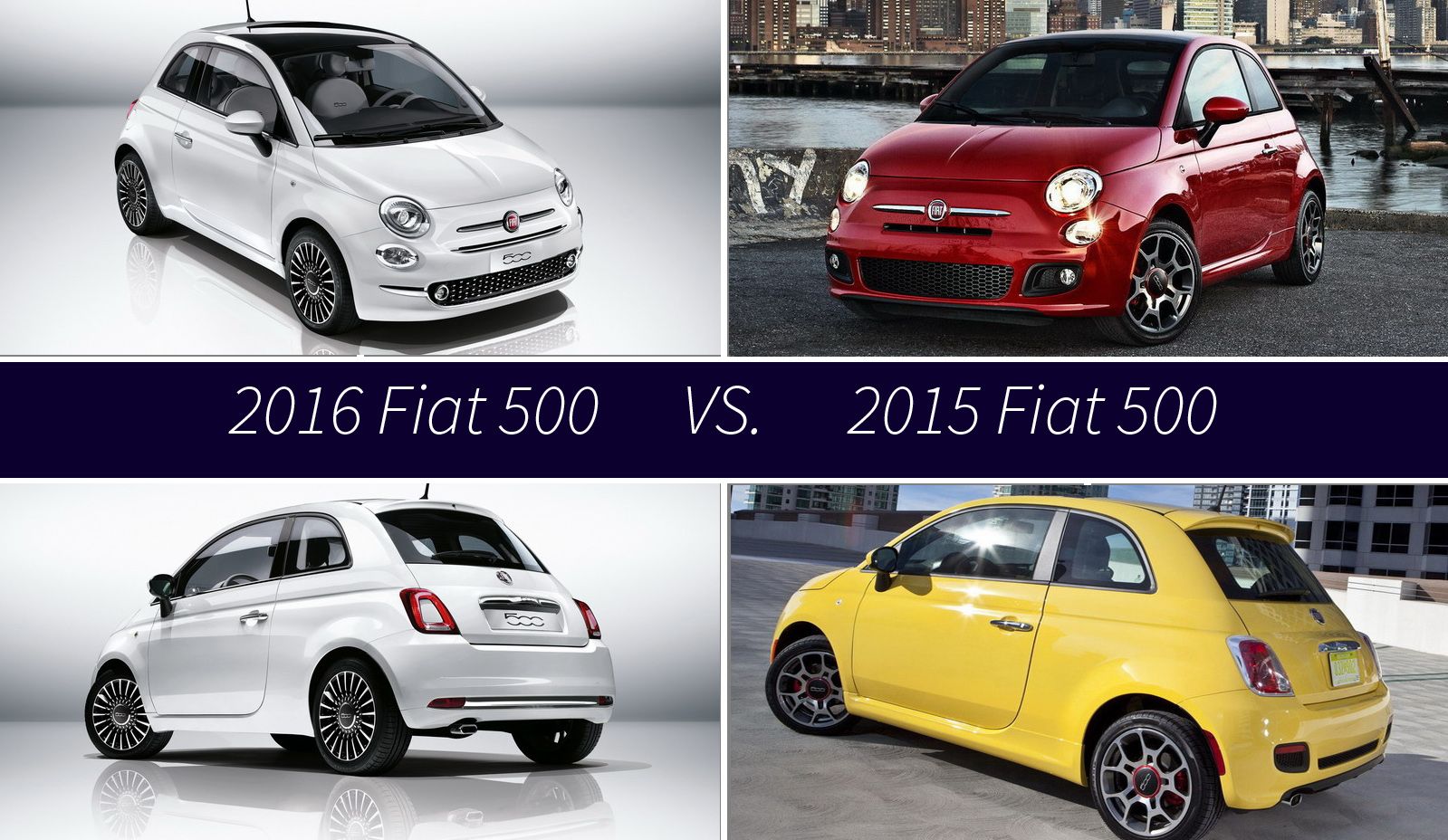
- Make: Array
- Model: 2016 Fiat 500
Exterior
As we expected from the previous set of spy photos,->ke166 the exterior refresh is mild, with Fiat sticking to the original formula of retro styling and elegant features. The automaker says it implemented no fewer than “1,800 innovative details,” but to my eye, I can only see a few alterations.
Up front, the headlights have been tweaked slightly, with new lighting element options and the addition of LED daytime running lamps rather than the old model’s halogen units. The grilles have also been revised, with the top portion getting a double-intake treatment and the lower half getting a broader single-intake. The fog lamps are now integrated into the mesh of the lower grille, rather than separated from it with their own recessed surrounds.
In the back, the taillights are also different, with LED lamps and a new surround design. There’s also a stripe of chrome along the lower part of the bumper, complementing a polished single exhaust tip.
While noticeable, the changes aren’t overt, and seem to keep the model feeling renewed with subtlety. The rest of the car is unchanged, with the same proportions, size and profile. No serious departures seen here, just a little nip and tuck.
However, if unique customization is what you’re looking for, Fiat is offering new options for decals and body wrap visuals. It’s called “Second Skin,” and it lets customers enhance their 500 with everything from simple accent lines to full-car coverings, including themed patterns like camouflage, tartan and nautical. You’ll also find new wheel options, as well as additional body paint colors.
Side-by-side comparison
Interior
Like the exterior, there are new color options to be found inside. Higher-level materials and trimmings, the details of which have yet to be revealed, complement these new cabin customization options.
Fiat also saw fit to throw in a good deal of technology with successive trim levels (scroll down to the Pricing section for a breakdown of what you get with each individual level).
As for layout and design, the dashboard and center console are both refreshed. Replacing the infotainment controls in the top portion of the dash between the central air vents is a new touchscreen, a first for the model. The unit is based on the Uconnect system also found in the 500X crossover.
There’s also a redesigned steering wheel, with the three spokes gaining a rounded edge, yet retaining the multi-function buttons at the 3-o’clock and 9-o’clock positions. Additional soundproofing helps to reduce NVH.
For safety, there are now seven airbags equipped as standard across the lineup.
Drivetrain
To help the new 500 meet Euro 6 emission standards, the engine options have also seen a small update. Kicking things off is a 0.9-liter TwinAir available in either 85-horsepower or 105-horsepower spec, followed by a 1.2-liter four-cylinder and 1.2-liter LPG bi-fuel, both of which produce 69 horsepower. Emissions for the two-cylinders look like 90 g/km for the 85-horsepower spec and 99 g/km for the 105-horsepower spec.
To help with efficiency, the 1.2-liter four and 0.9-liter TwinAir gas engines both come with stop/start technology as standard.
There will be “Eco” iterations of the 1.3-liter Multijet diesel (95 horsepower) and 1.2-liter gas unit (69 horsepower) available sometime after the car officially launches, with both producing emissions under 100 g/km. Other features of the green-variants include a smart alternator, low-drag exterior, and low rolling-resistance tires.
Finally, unspecified select markets (which presumably includes the U.S.) will enjoy the 1.4-liter gasoline four-cylinder, which produces 100 horsepower.
Routing the power will be Fiat’s Dialogic semi-automatic transmission with steering column-mounted shifter paddles.
Like the previous model, the top-spec 1.4-liter will almost certainly see unchanged acceleration figures, with a sprint to 60 mph taking around 9 seconds and a top speed under 120 mph. All 500s will be FWD.
Pricing
Here’s where things start to get a little more interesting. The Fiat 500 will once again come in two different body styles: the hardtop and convertible. At launch, there will be three different trim levels to choose from: Pop, Popstar and Lounge.
The Pop comes with a Uconnect Radio-equipped 5-inch screen, six-speaker stereo system, auxiliary inputs and USB ports as standard. Up from this, the Popstar adds manual climate control, chrome-plated mirror covers and vintage-style steel hubcaps.
The top-end Lounge trim level throws on a panoramic glass sunroof, 15-inch alloy wheels, a chrome-plated front grille, an upgraded infotainment system, a leather-wrapped steering wheel, Bluetooth, satellite navigation, TomTom’s Live traffic services and smartphone integration with app support.
Currently, Fiat has yet to announce official pricing, but it’s expected that details will arise as we approach the 500’s debut at the Frankfurt Motor Show this September. Don’t expect it to change that much from current pricing, perhaps seeing a slight rise with entry-level models starting at around $17,500 in the U.S. and £11,000 in the U.K.
Competition
Mini Cooper Hardtop
The perennial market competitor in this segment is the Mini Cooper.->ke629 It is also a pocket-size city car with a long history and retro design, but where the Fiat relies on fun and simplicity, the Cooper is much more about handling prowess and luxury. Blame this on the parent companies, as Mini->ke57 is a subsidiary of BMW.->ke178
The Cooper Hardtop is both larger and better-equipped than the Fiat 500, but it carries a much higher price tag, with a base MSRP of $20,700. That may only be a difference of $3,000 or so, but at this price range that equates to an increase of more than 15 percent.
That increased price does buy you a lot, though. With the Mini you get you a lower car with stiffer suspension that handles much better, and has 30 percent more horsepower. The turbocharged three-cylinder engine in the Cooper makes 131 horsepower.
Read our full review here.
Ford Fiesta Hatch
If you don’t care so much for the fancy retro looks and cute design touches, Ford->ke31 will sell you a Fiesta->ke1170 with more interior space, better cargo space, similar levels of standard equipment and more standard horsepower for a base price that is $3,000 less than the Fiat. That is quite a lot of advantages. Even the nicest and most well-equipped Fiesta Titanium only runs a base price of $18,315.
Going this route gets you a lot of advantages on the performance and quality fronts, but you lose out dramatically in style, visual appeal and panache. For buyers looking at the Fiat 500, that flair is a large part of the car’s draw, and the Fiesta jut can’t scratch that fashionable itch.
Still, looking at it on paper, it is hard to overlook the Ford's value. If you want to save even more money, and don’t mind sacrificing some space, getting your Fiesta as a sedan->ke142 instead of a hatch will save you an extra $400.
Read our full review here.
Conclusion
Fiat enjoys highlighting its rich history with the 500, and rightfully so. Cars like these thrive on a sense of style and legacy, far more so than performance, practicality or standard equipment. Fiat 500 owners are more concerned with driving a car that makes them feel special, and the new model continues that philosophy without issue.
The exterior is still fashionable, with chic lines and an undeniably Italian flair. The interior is still fun, and now comes with all the technology that a modern entry in this segment should have. The engine and drivetrain is, well, not exactly exciting, but it’s somewhat efficient and should get the job done for those more concerned with arriving in style rather than arriving first. And last but not least, it should still be affordable.
Personally, I’d take the quicker, roomier, more practical and cheaper Ford. But when it comes to priorities, the way a car appears in a big building’s reflective windows is way down on my list. Cars like the 500 speak to those looking for that je ne sais quoi, and in truth, the Fiat has it in spades. The history and gloss is intrinsic to the car’s character, and when it comes to fun compacts with personality and panache, the 500 is hard to beat.

